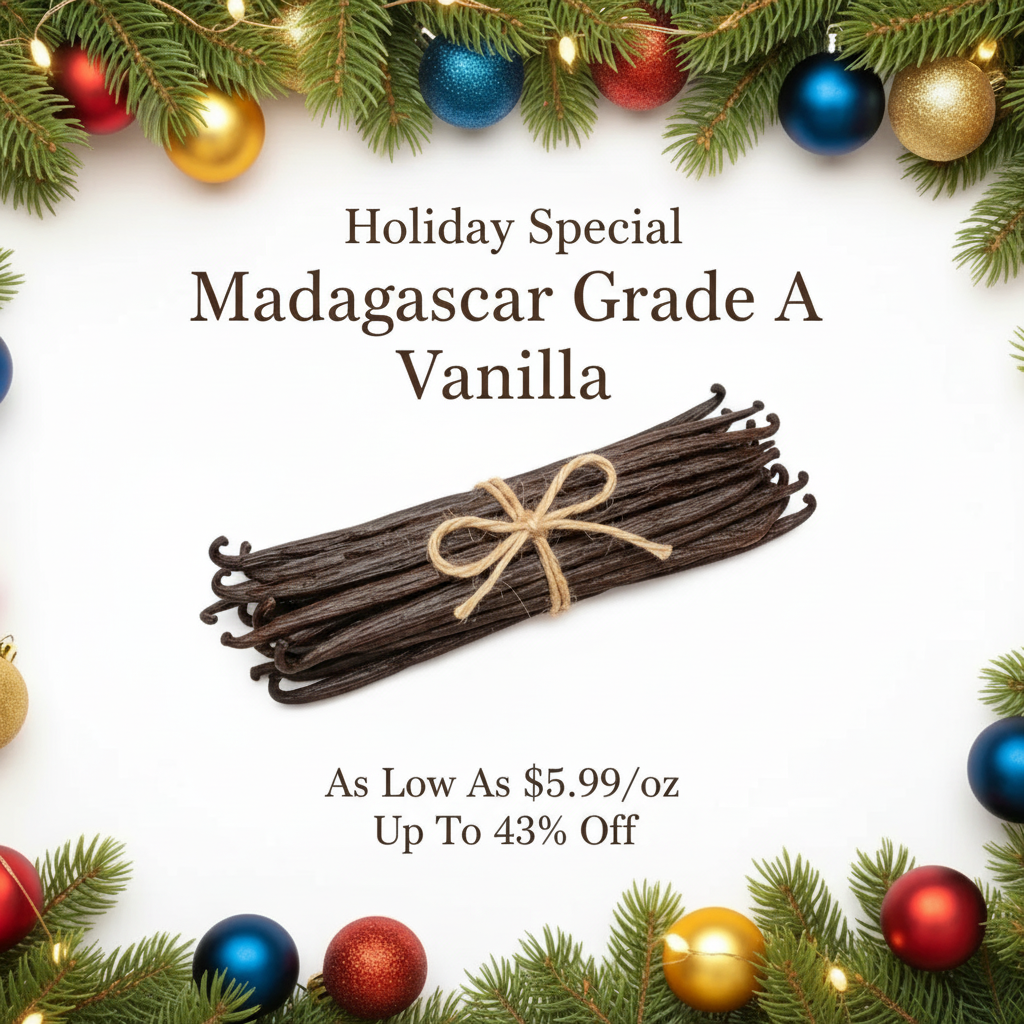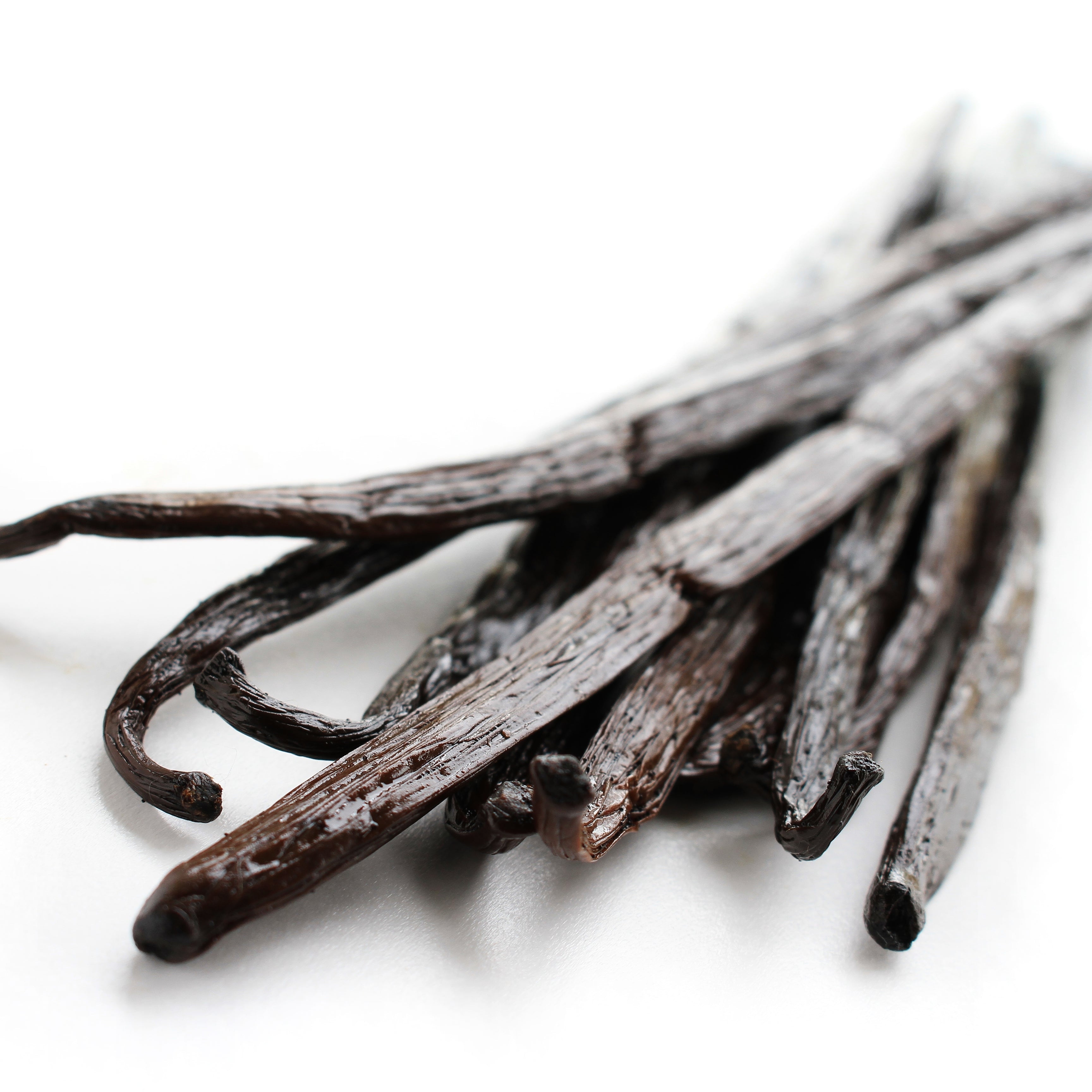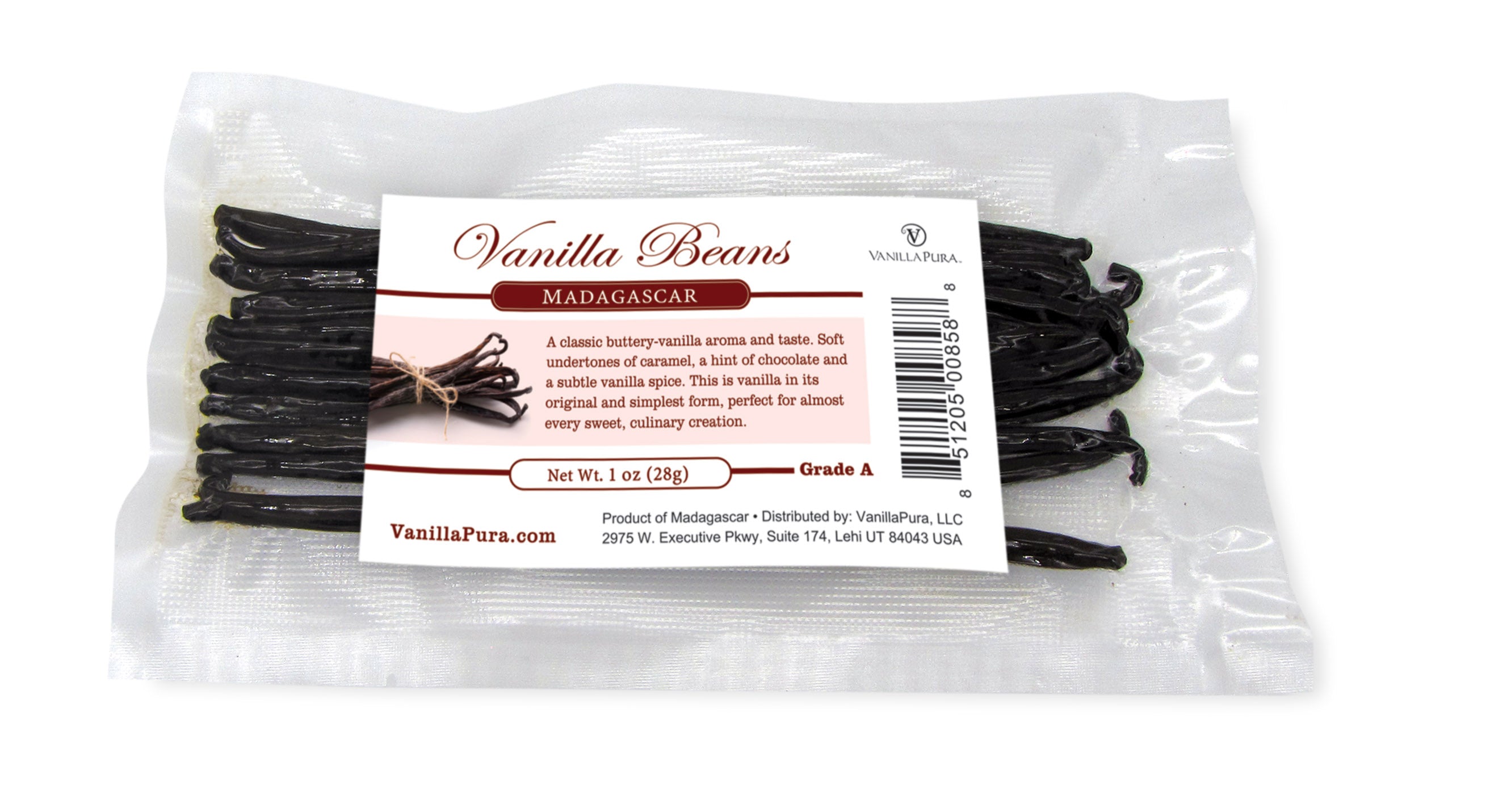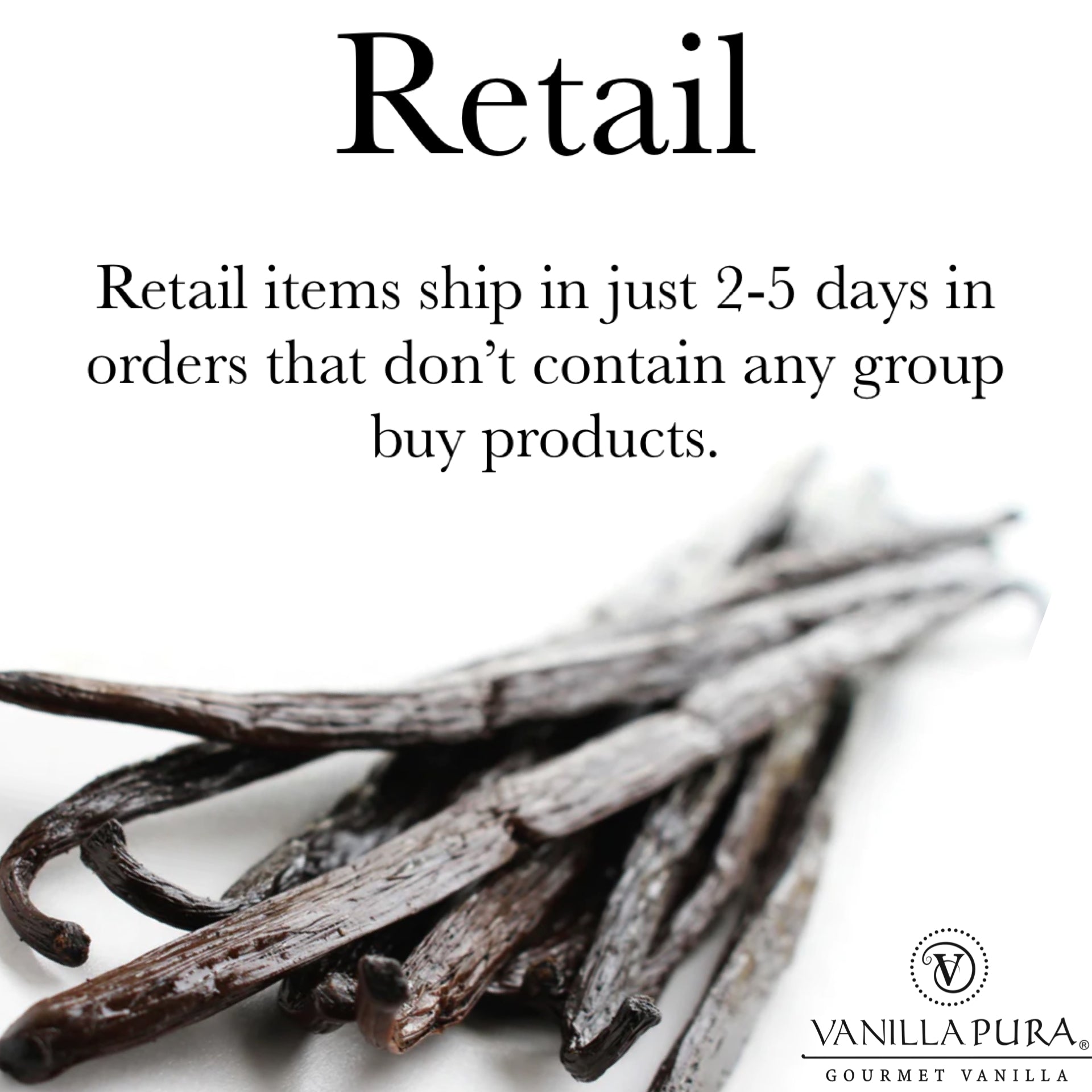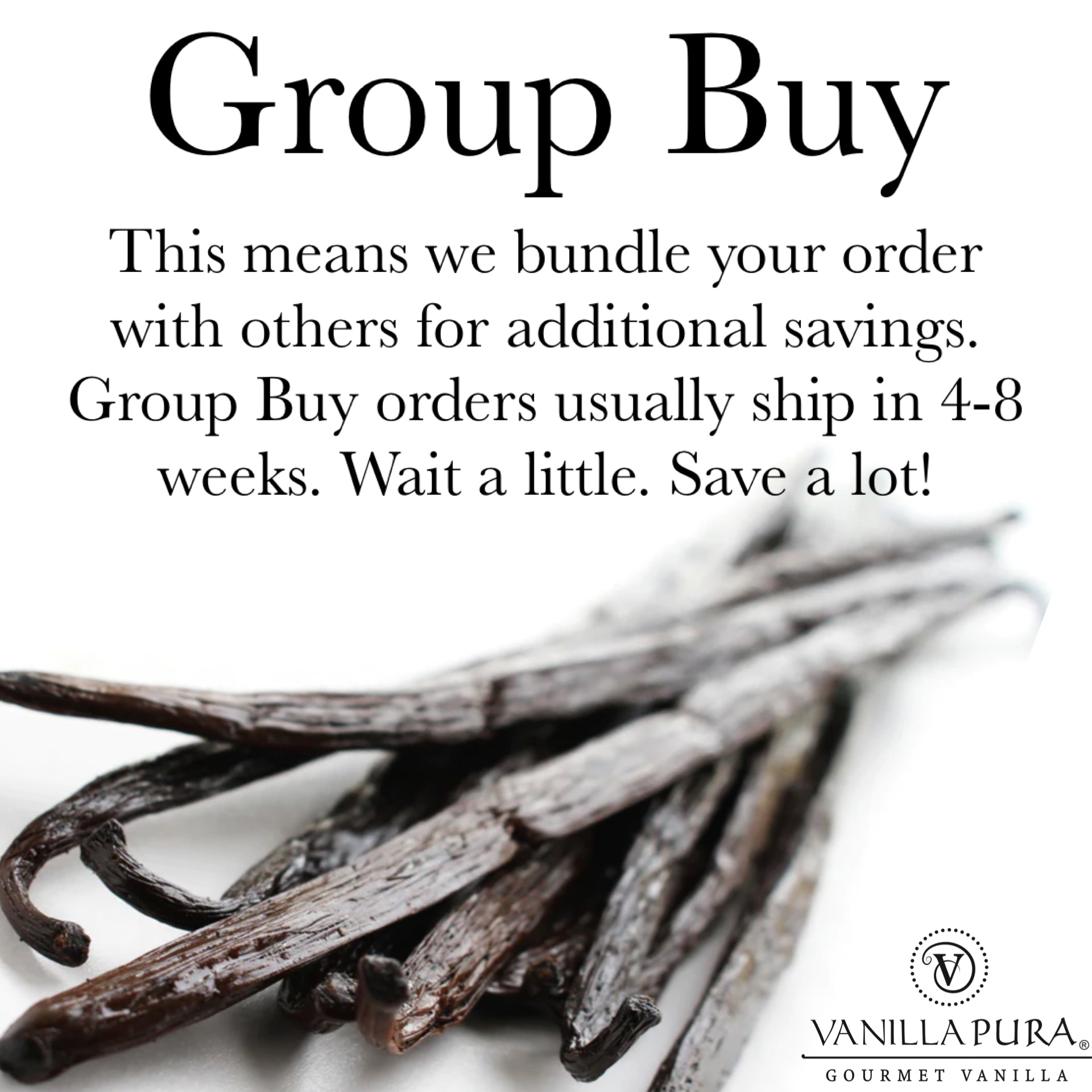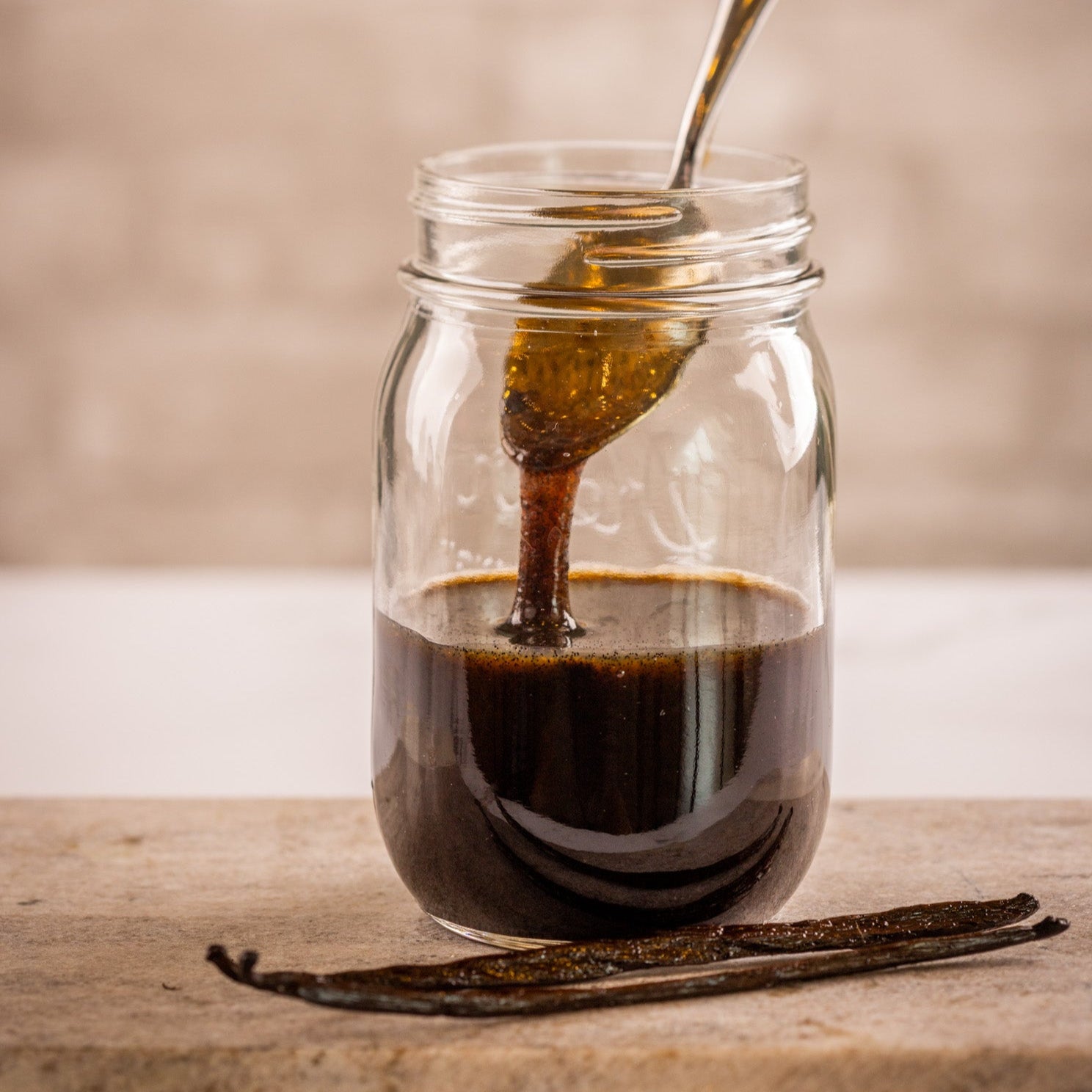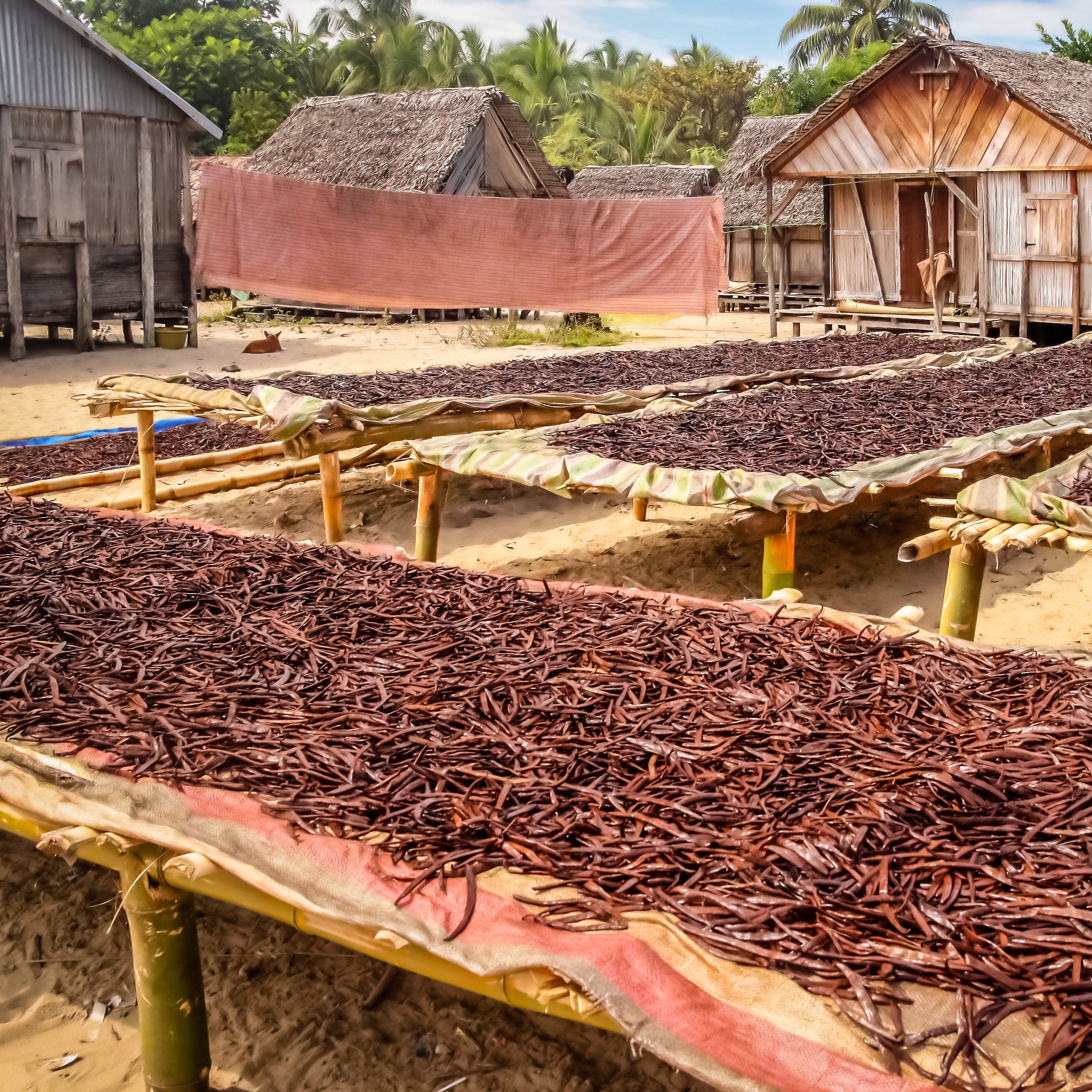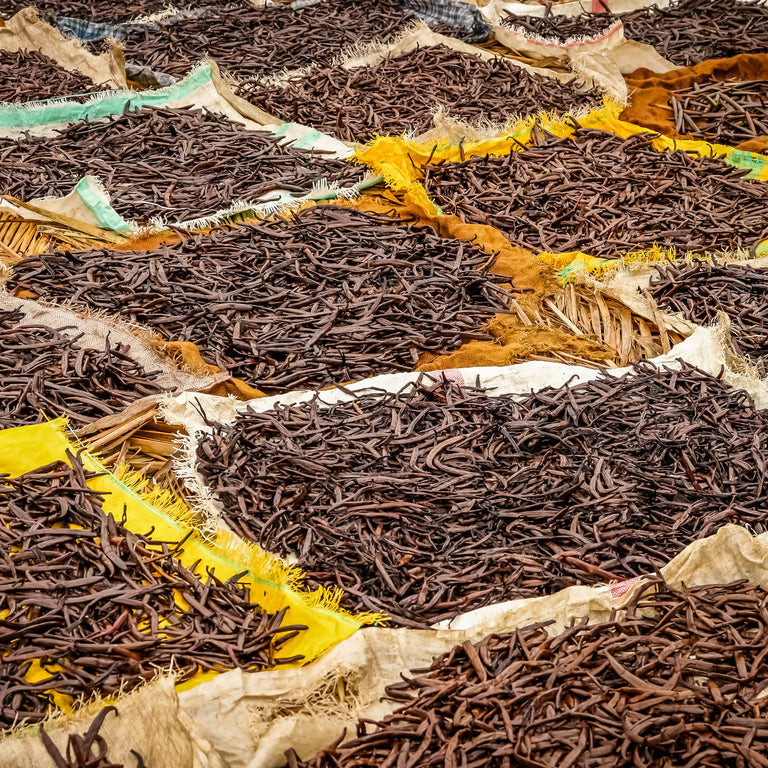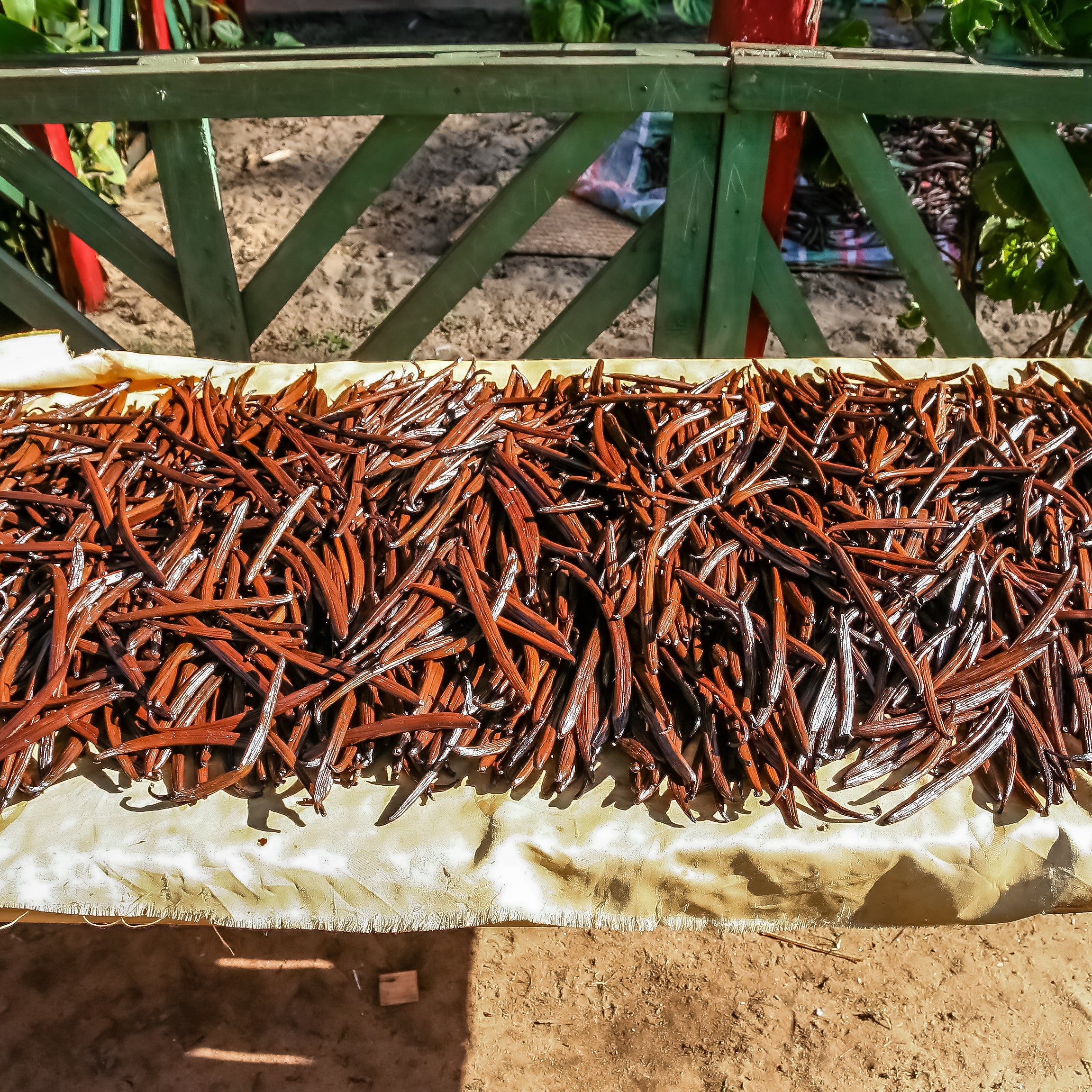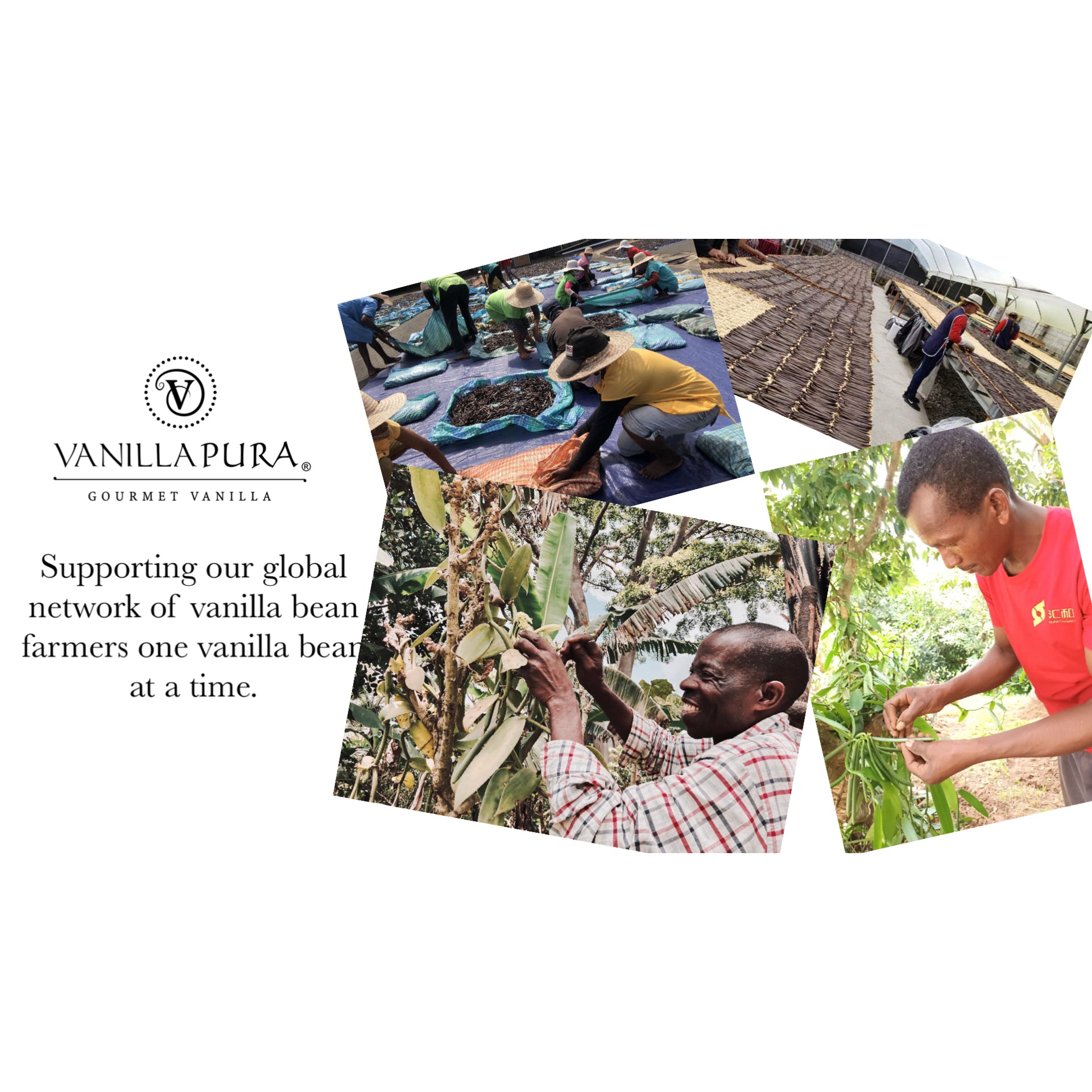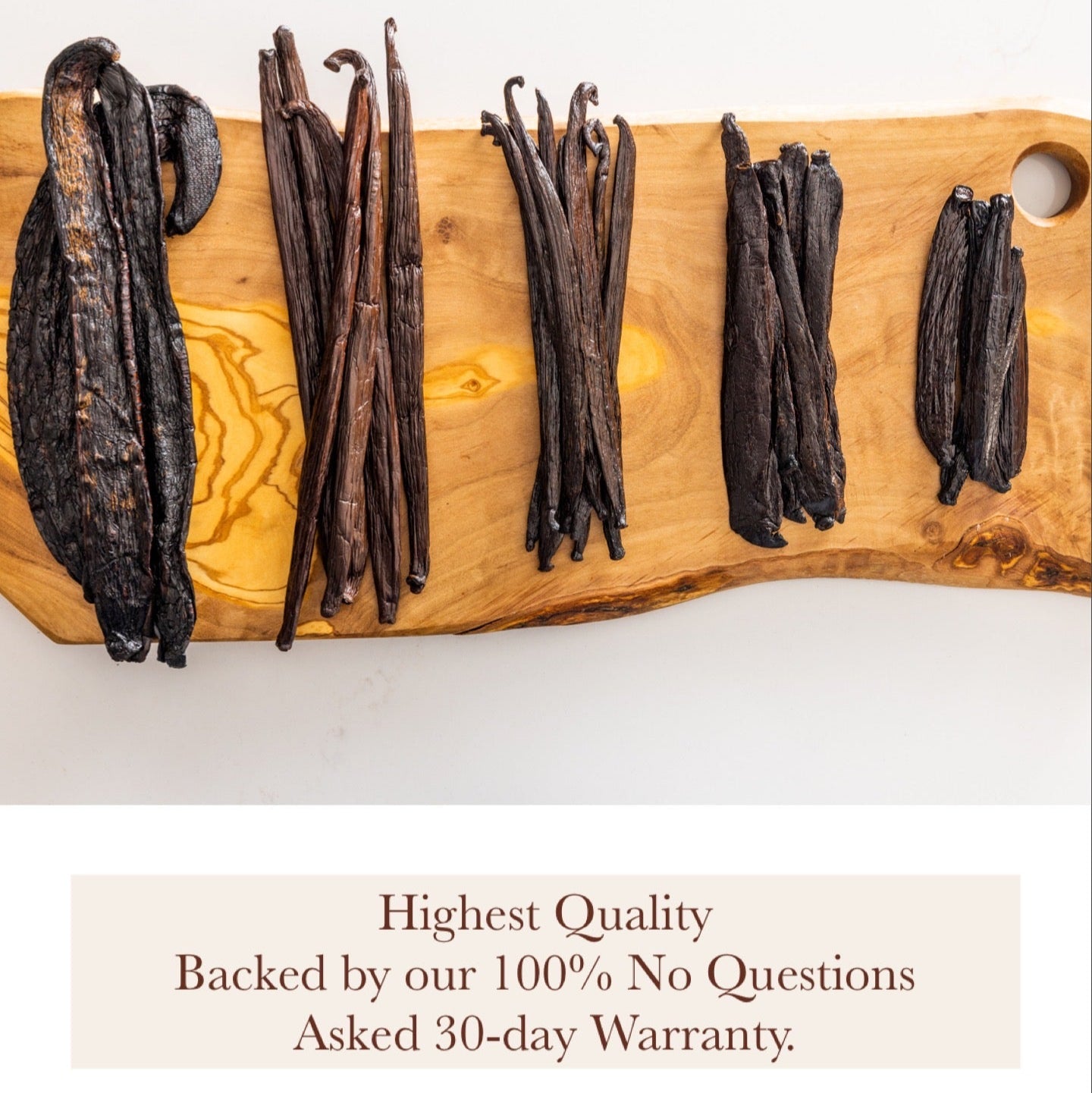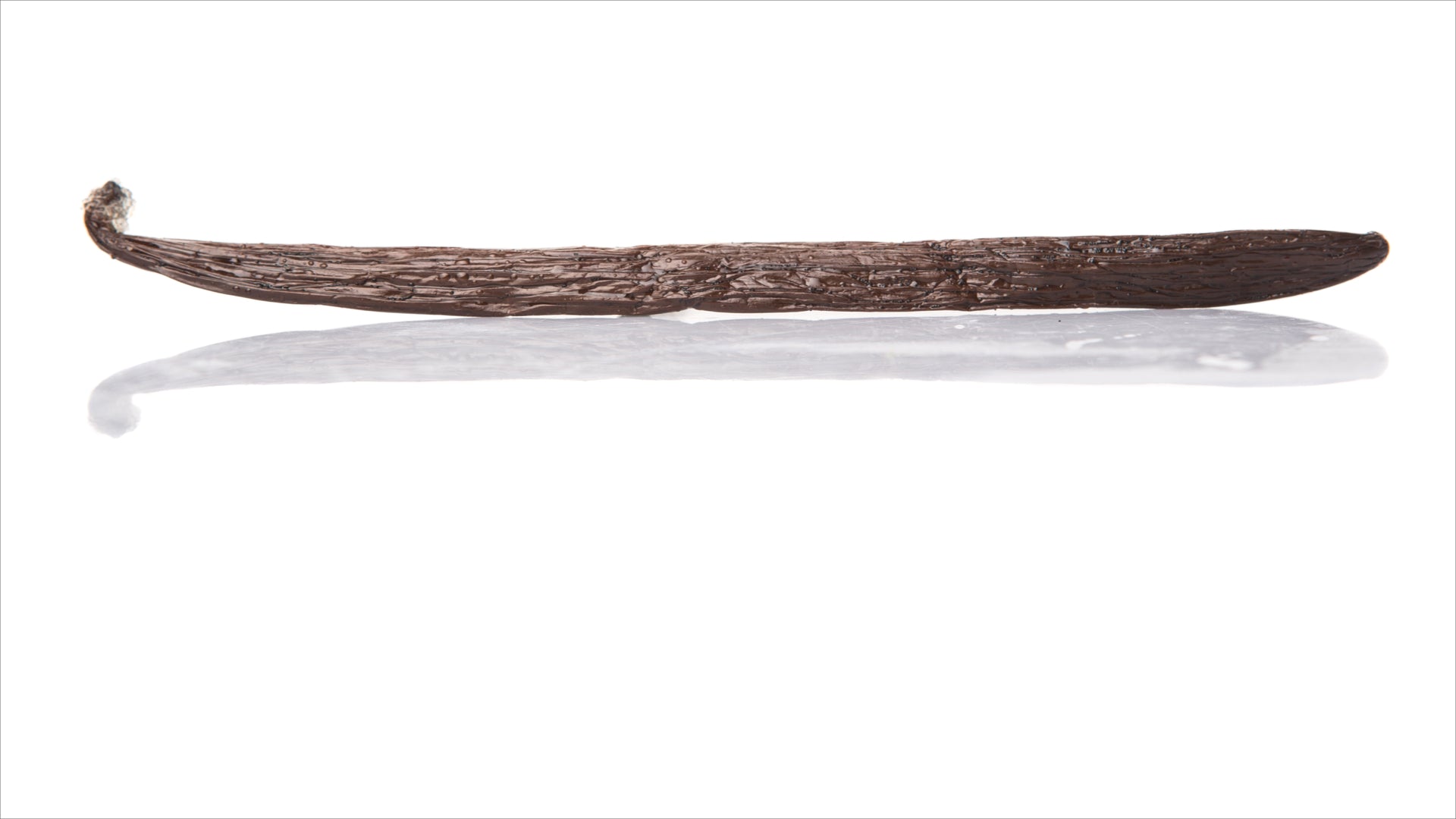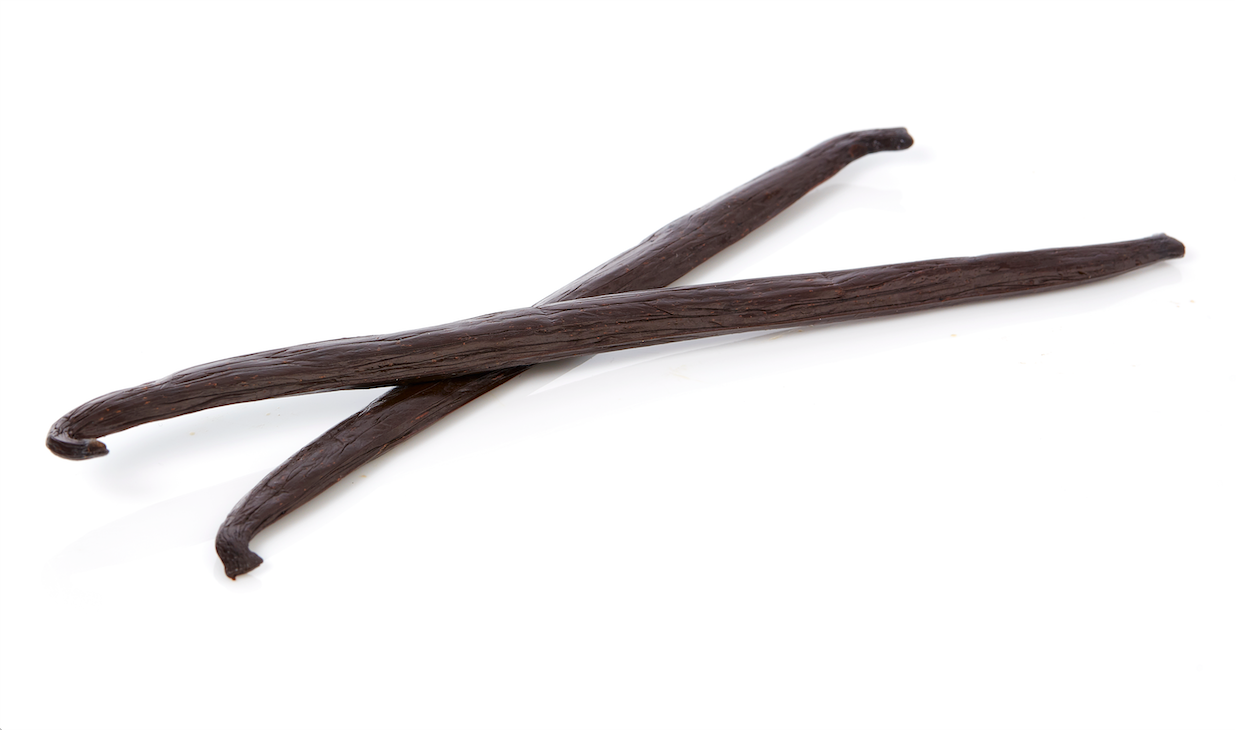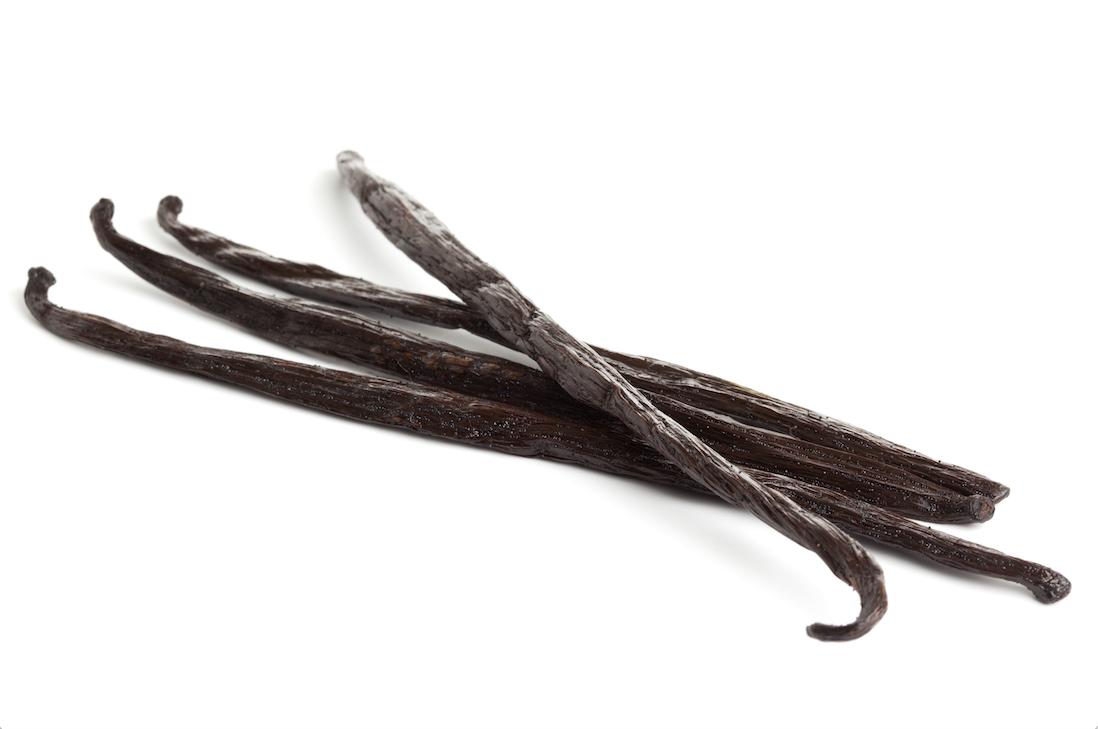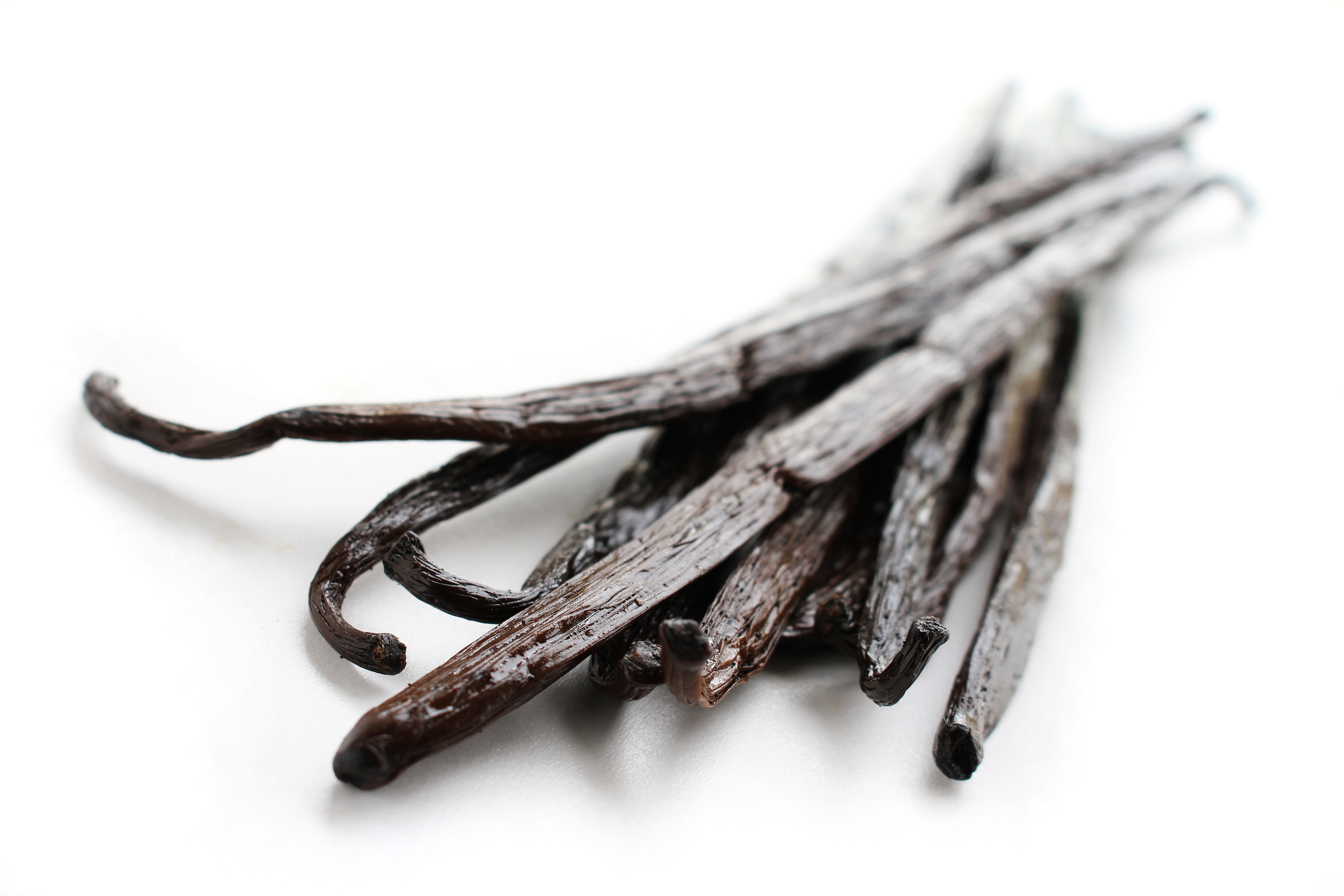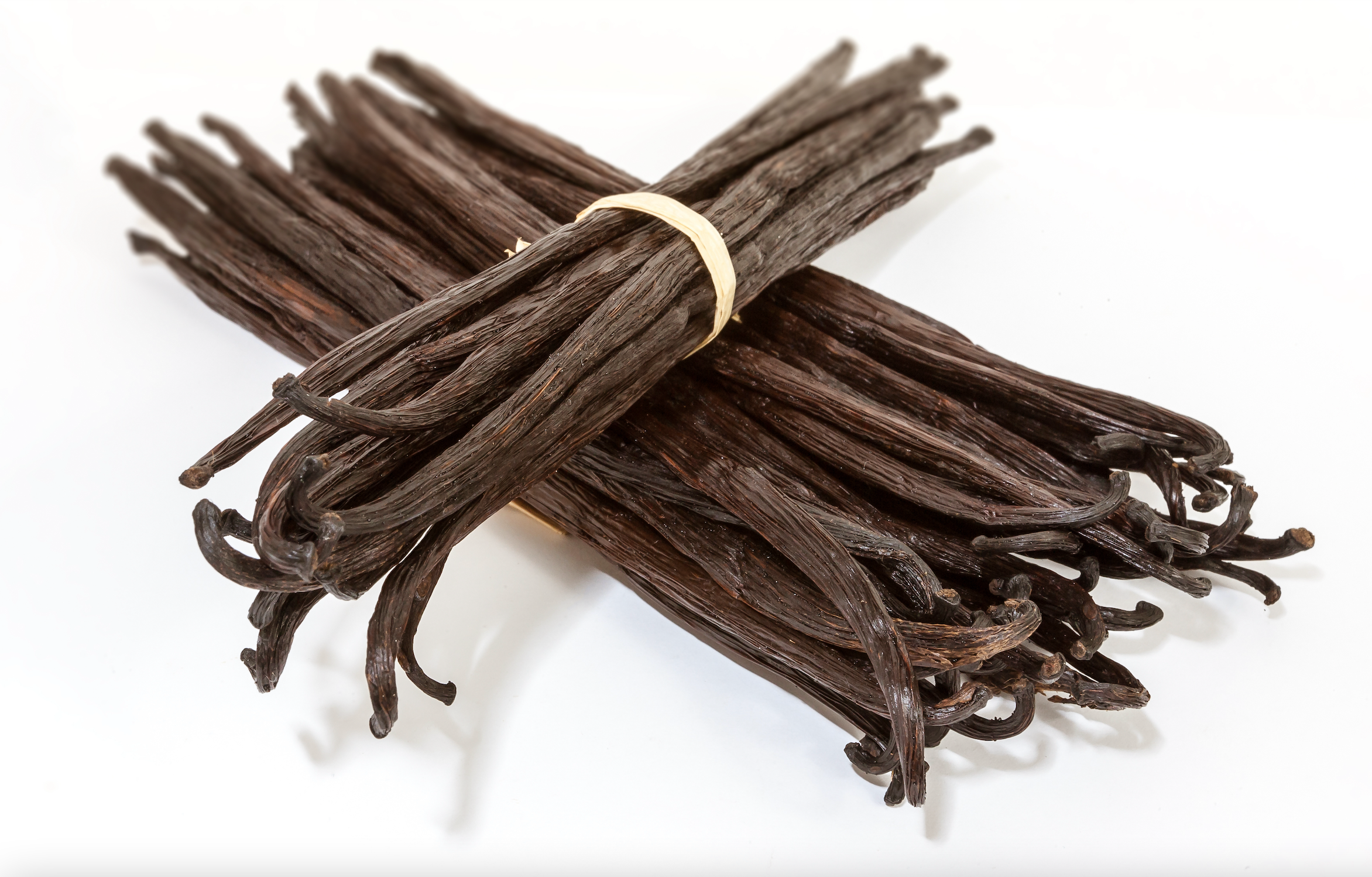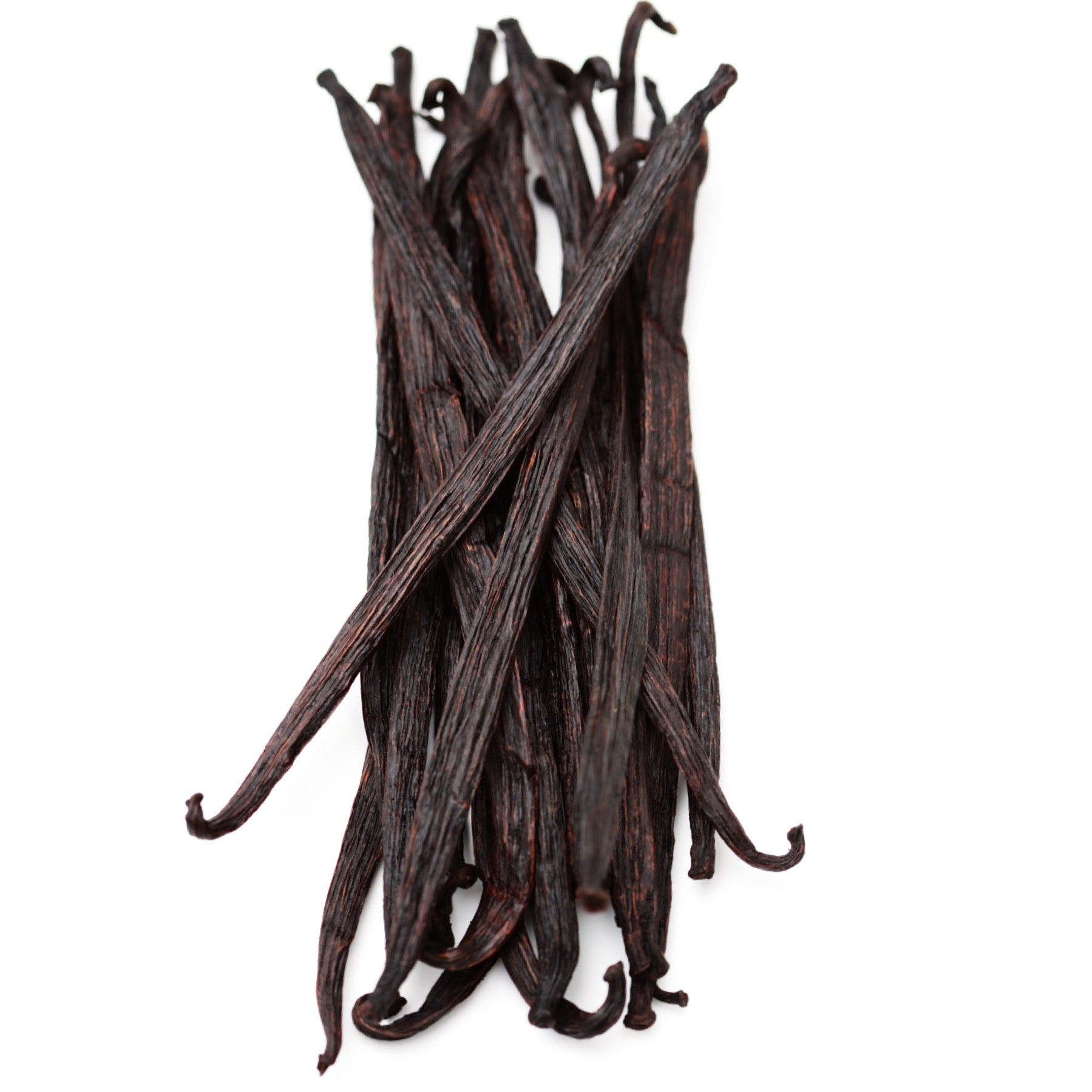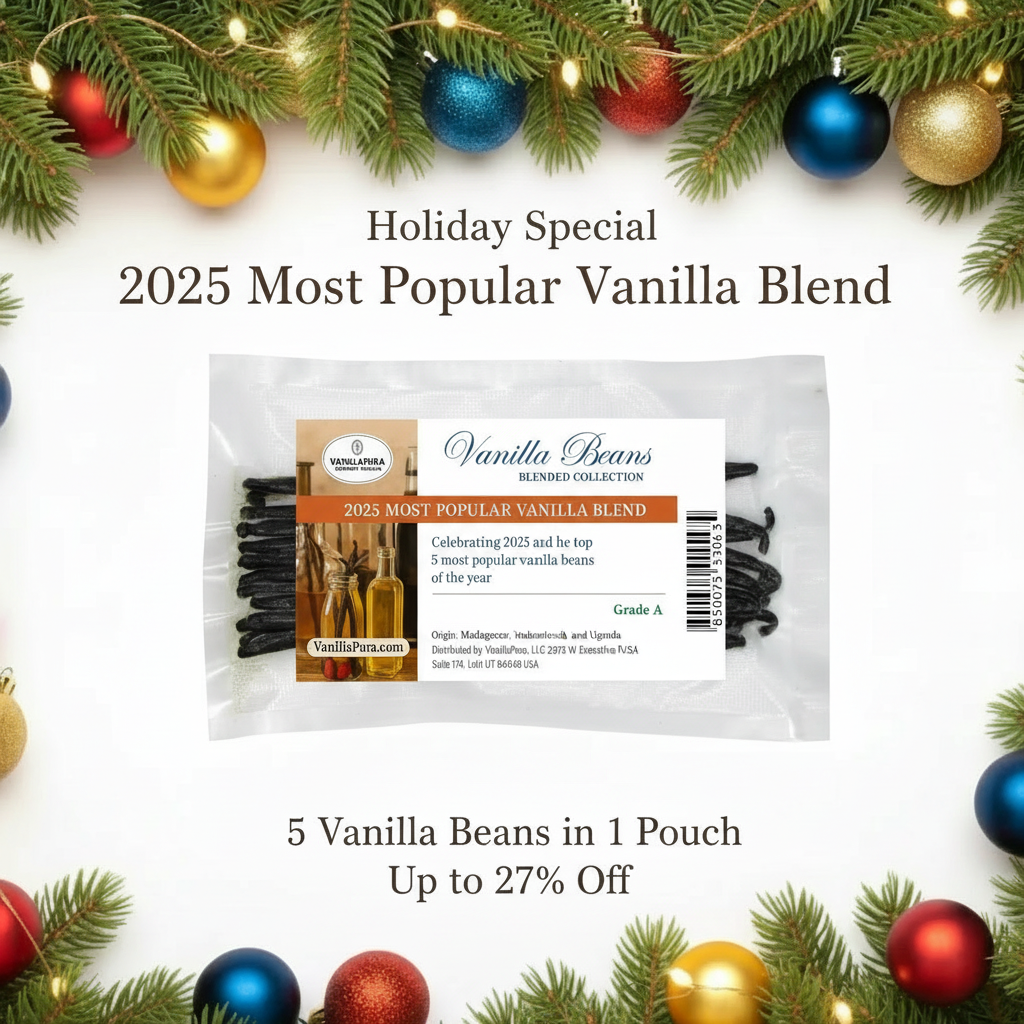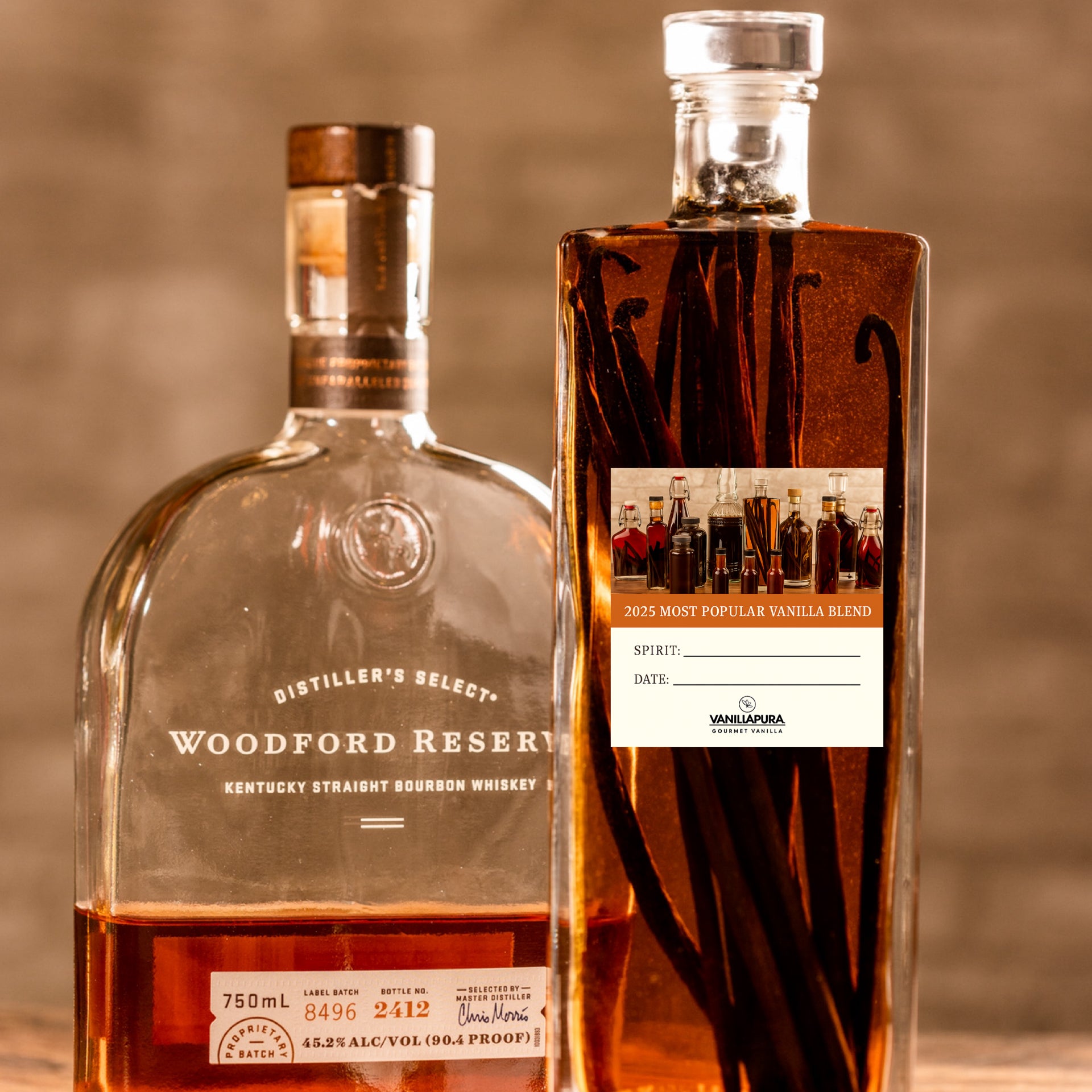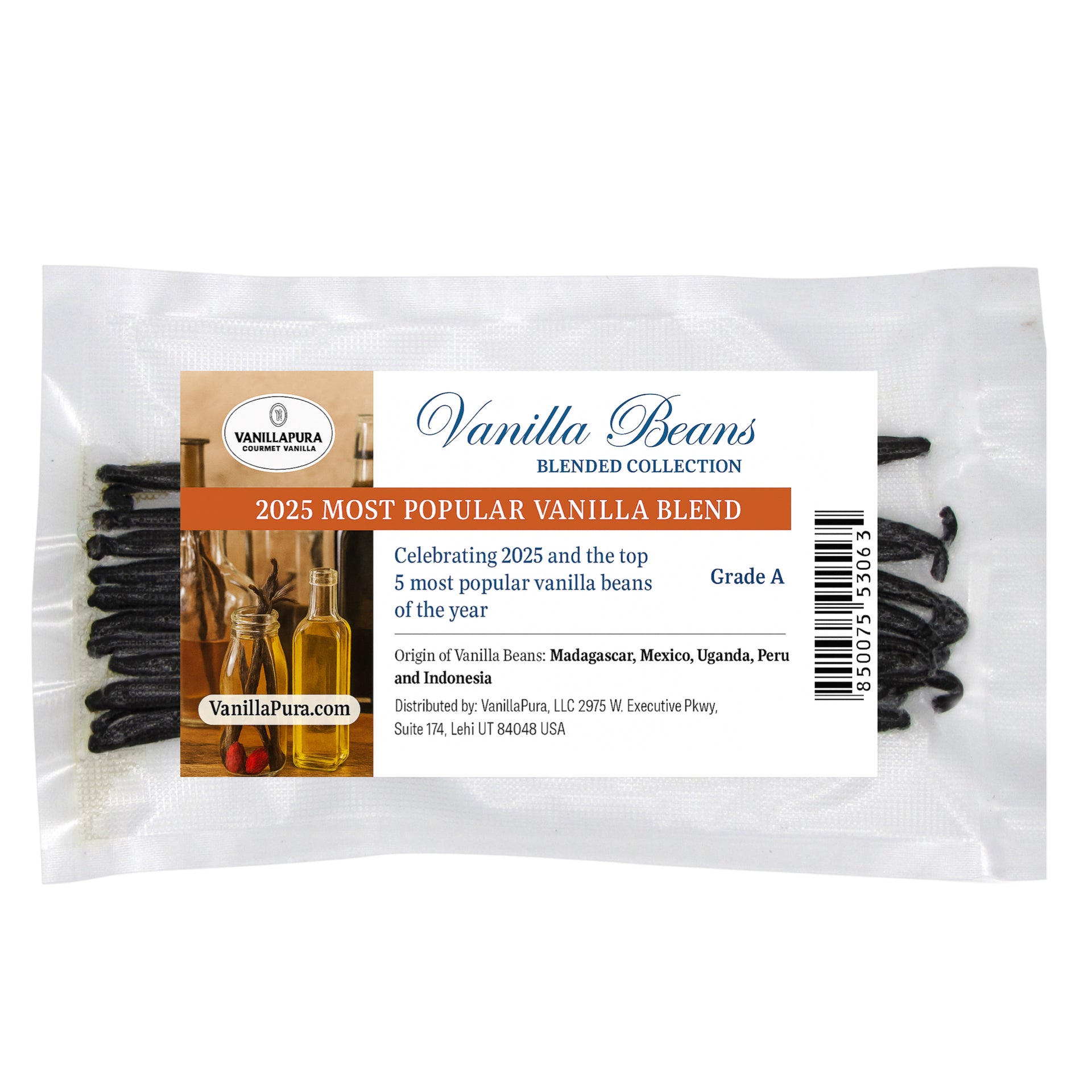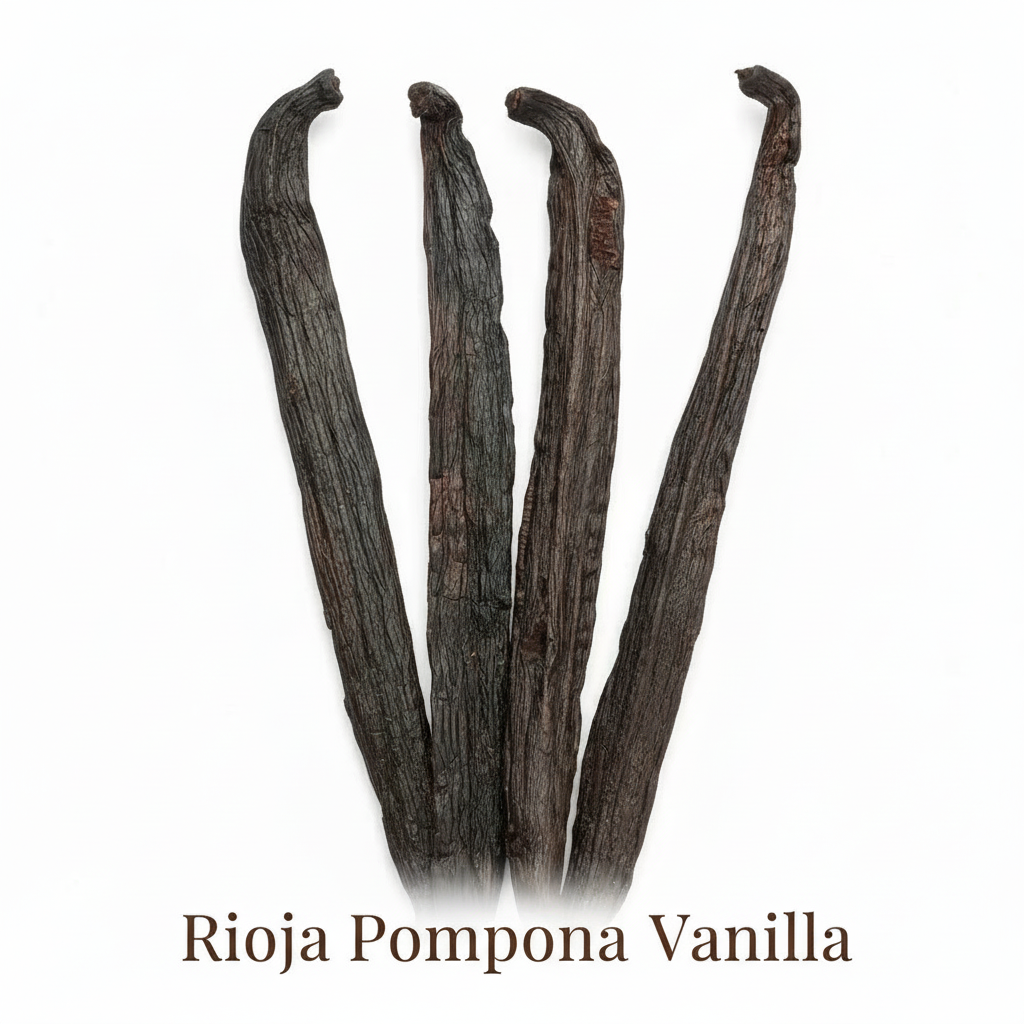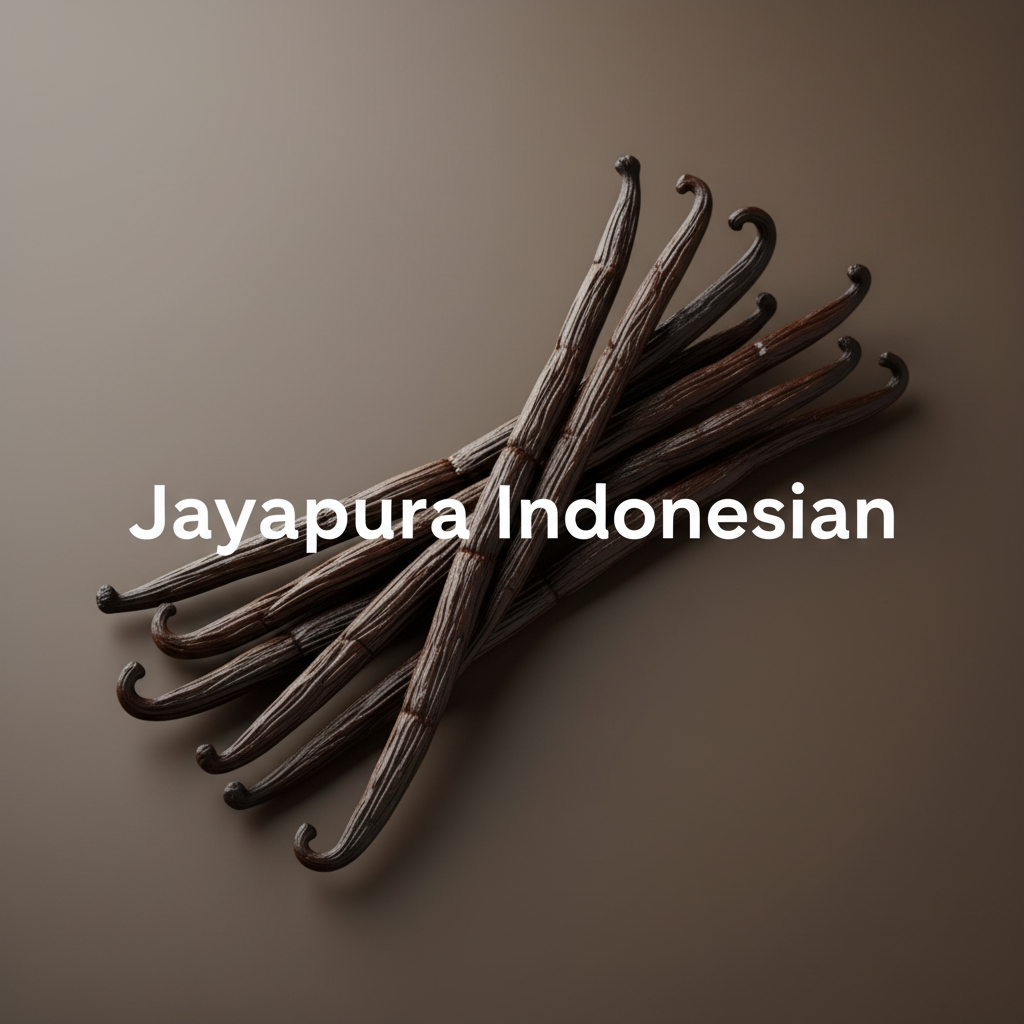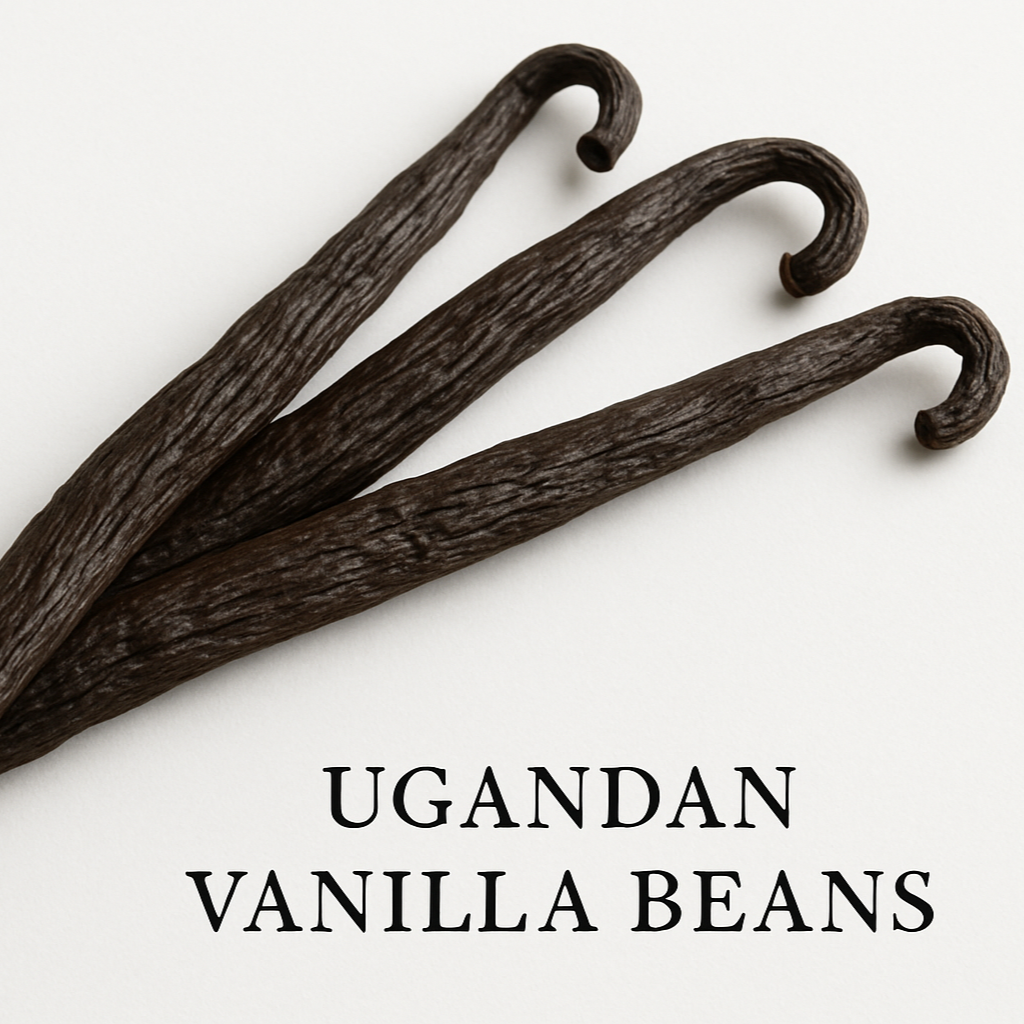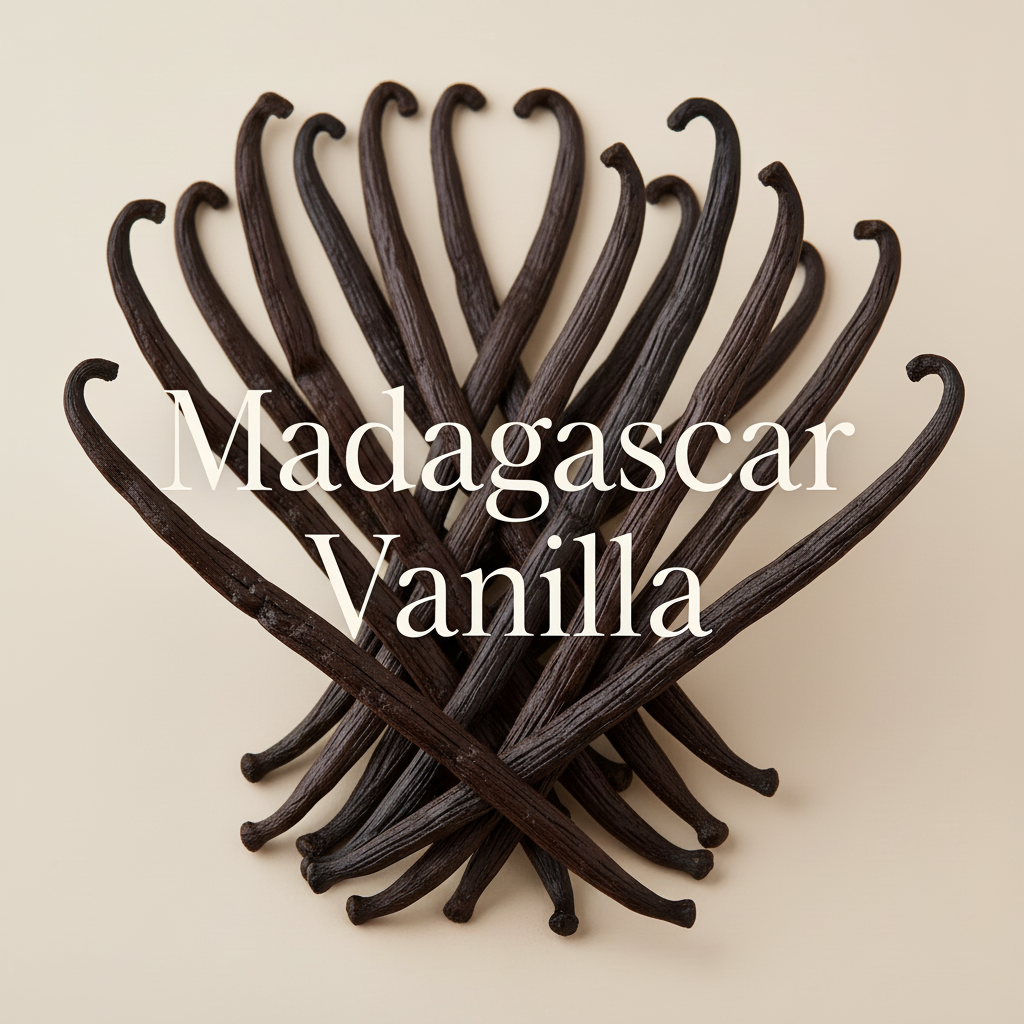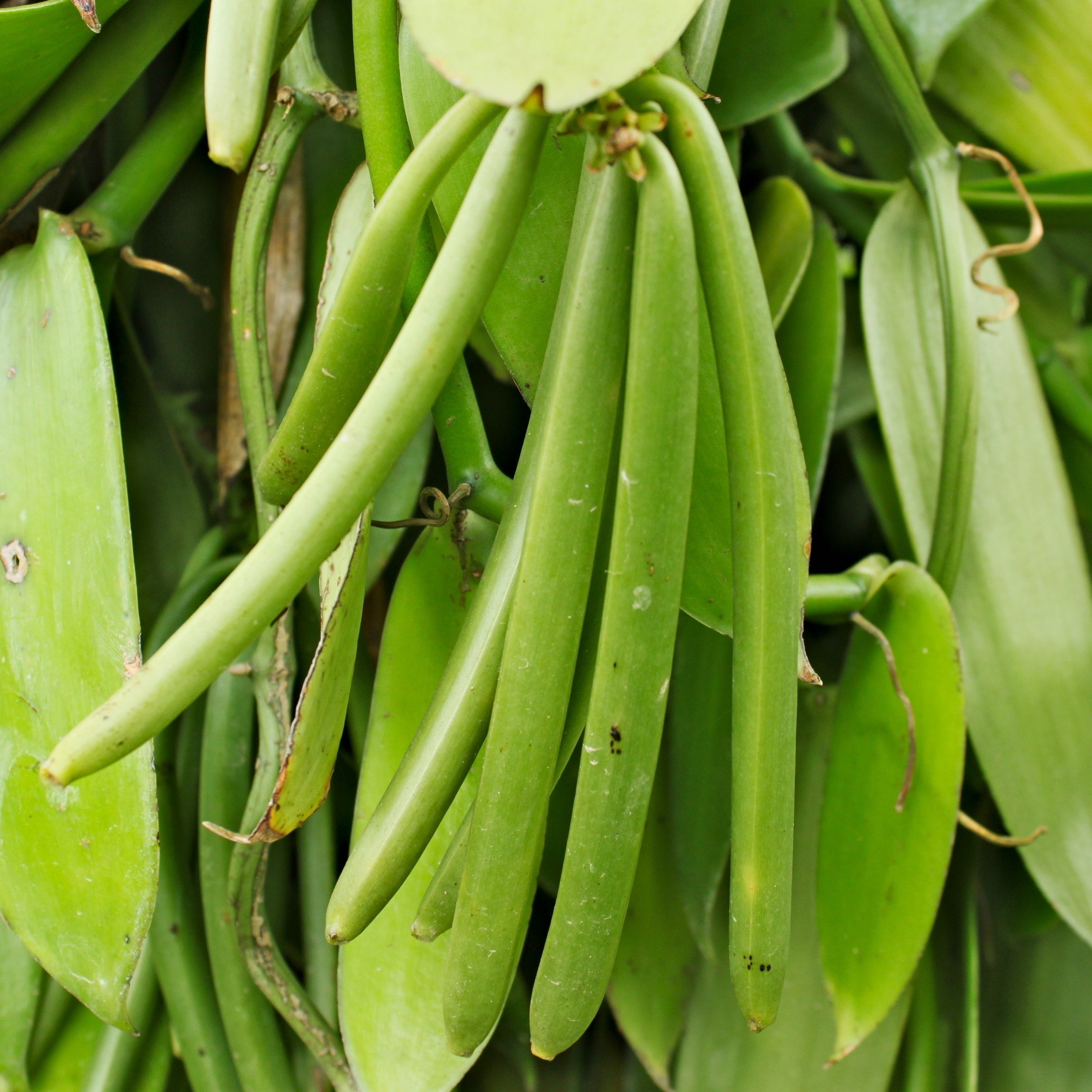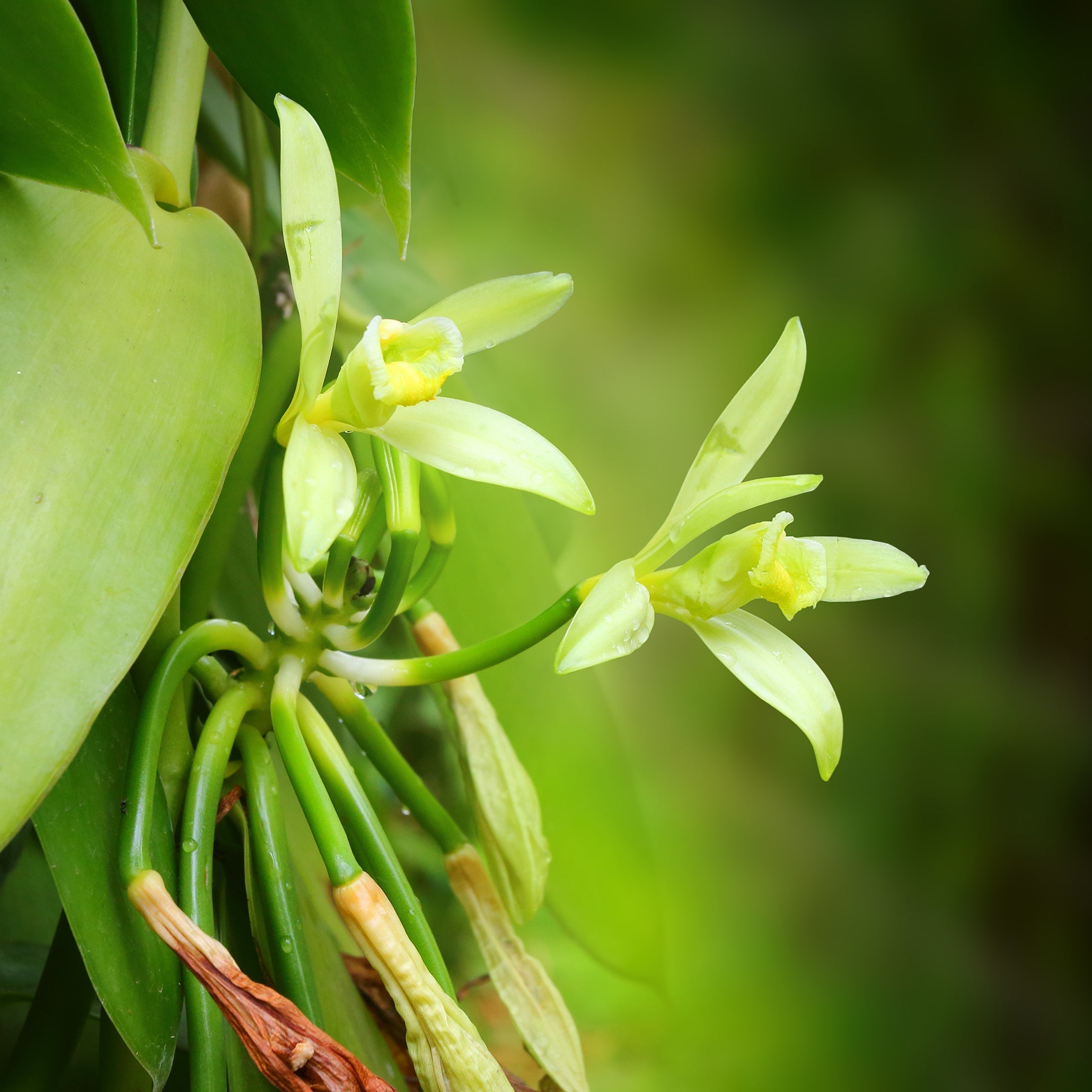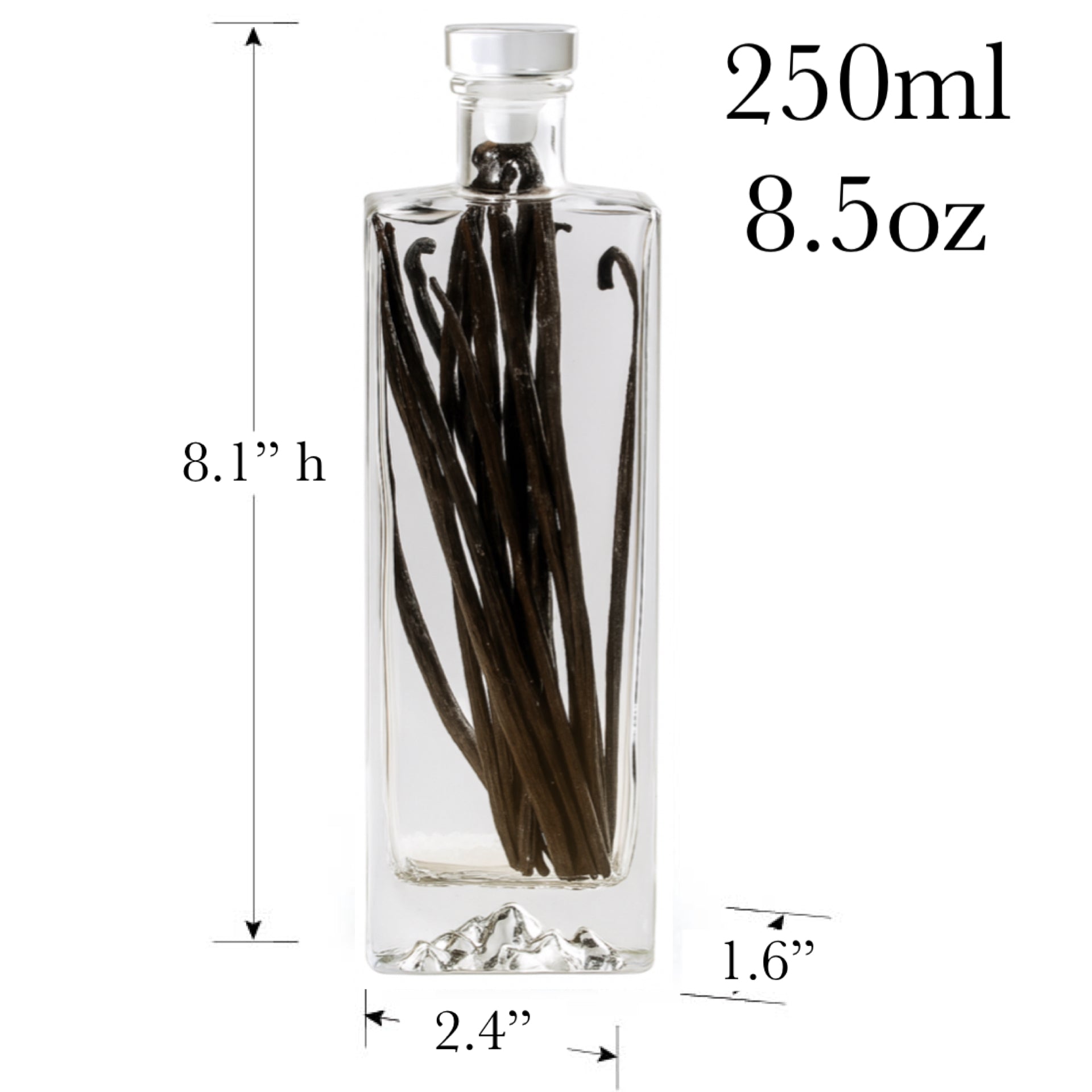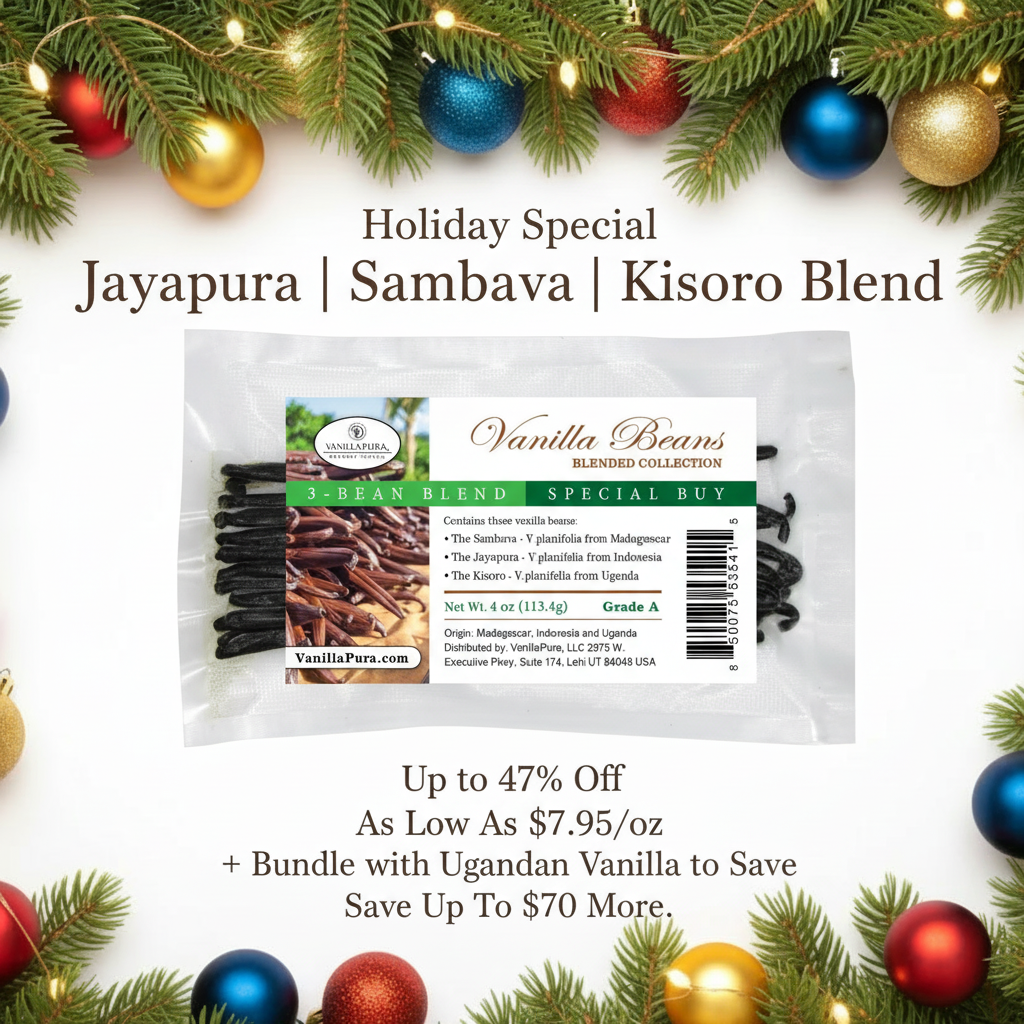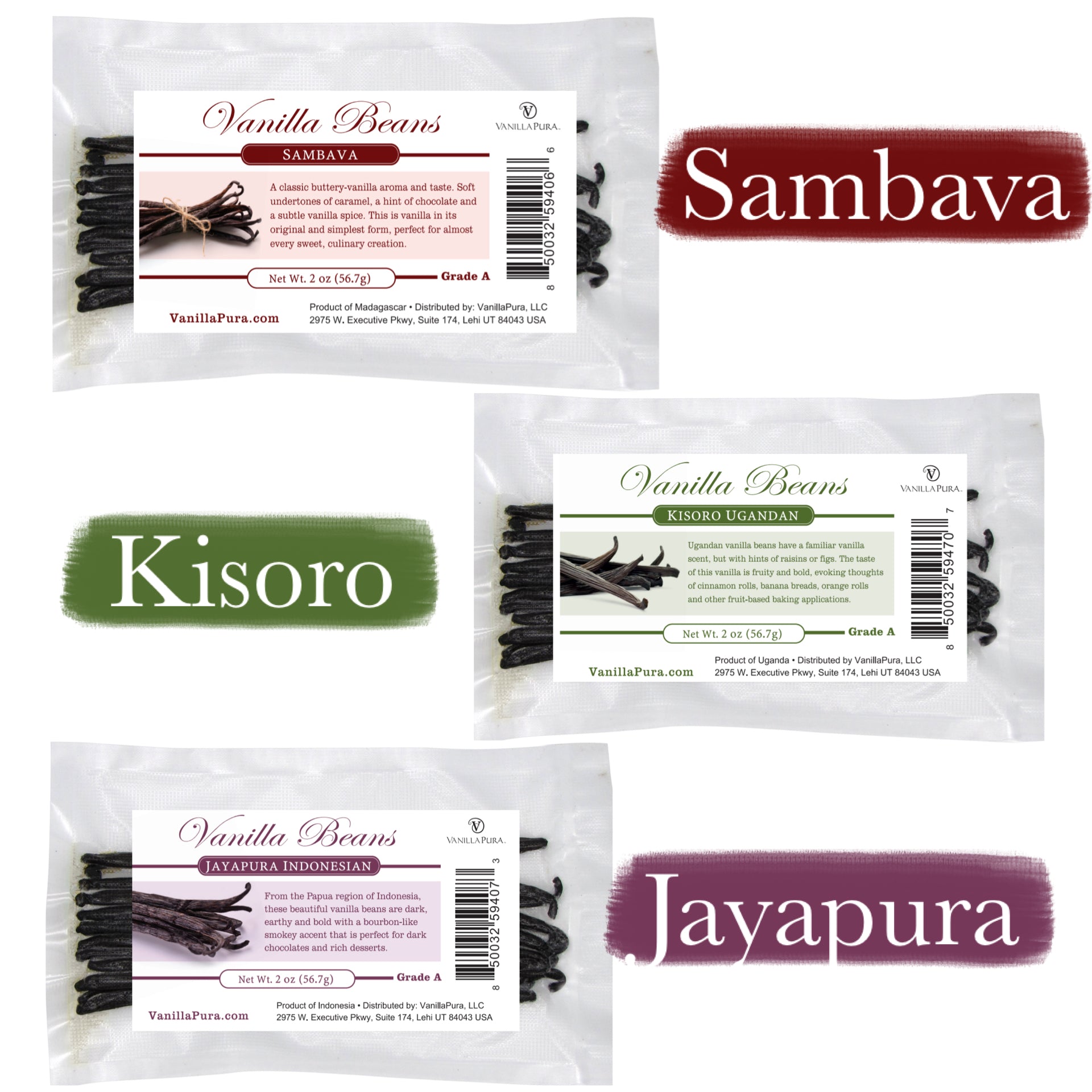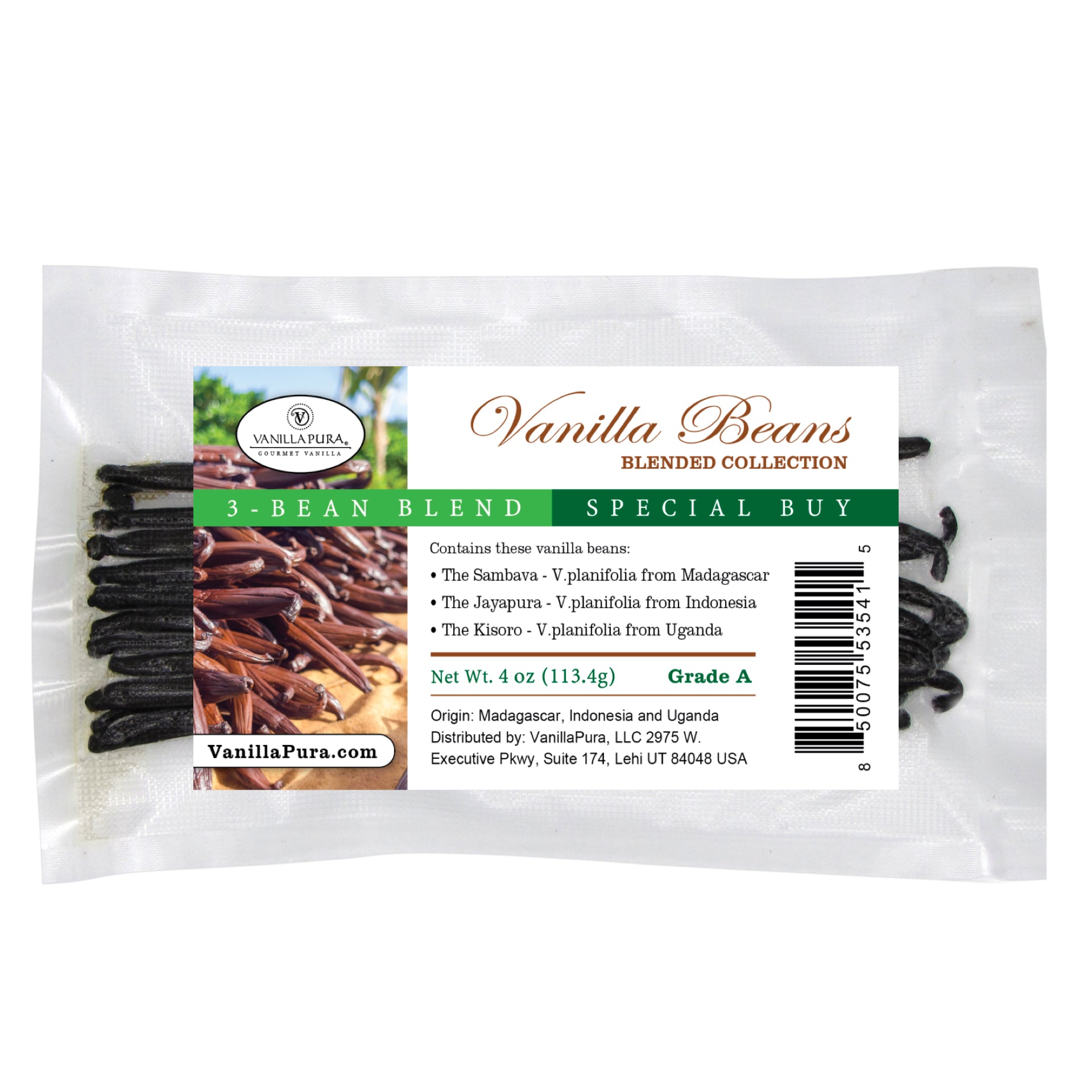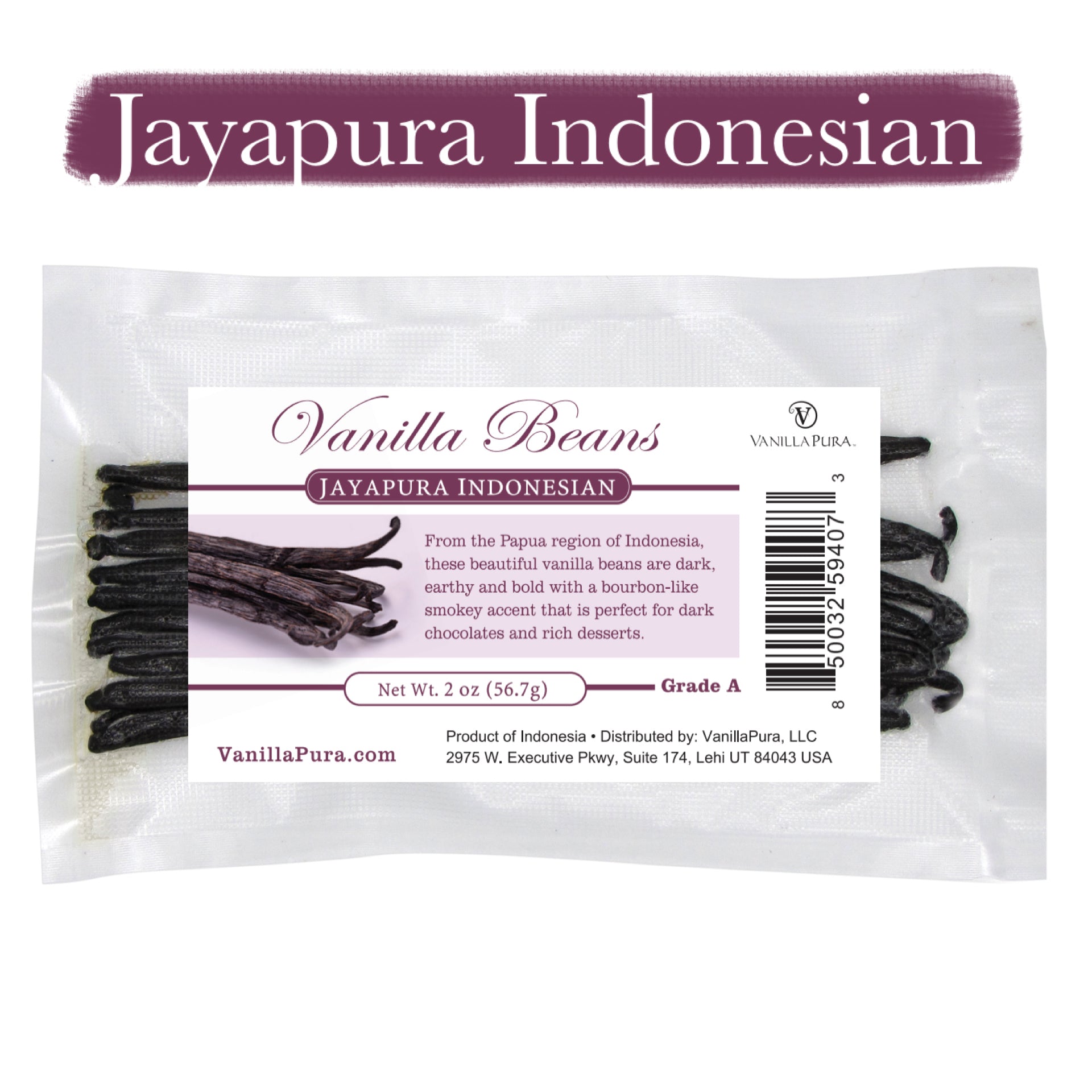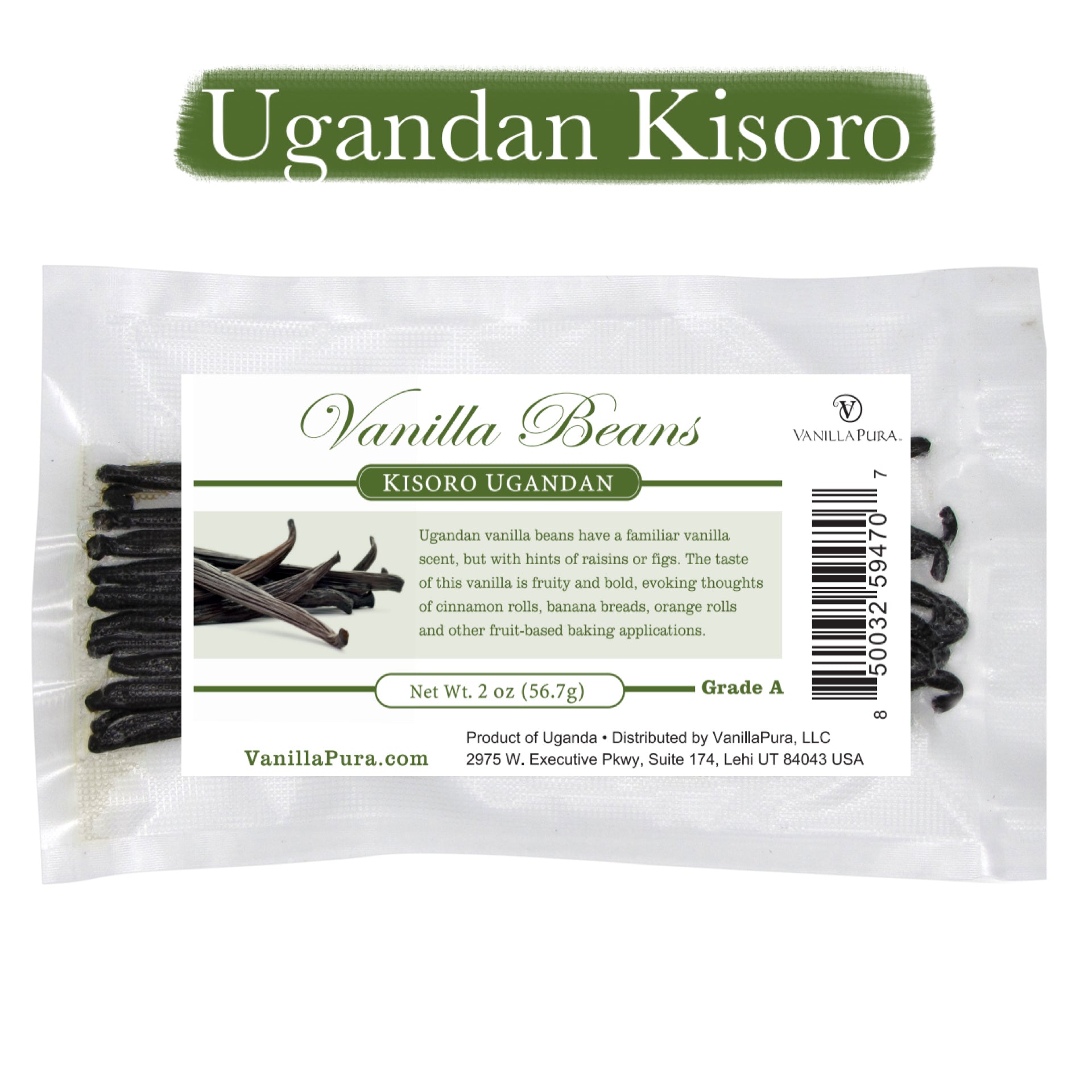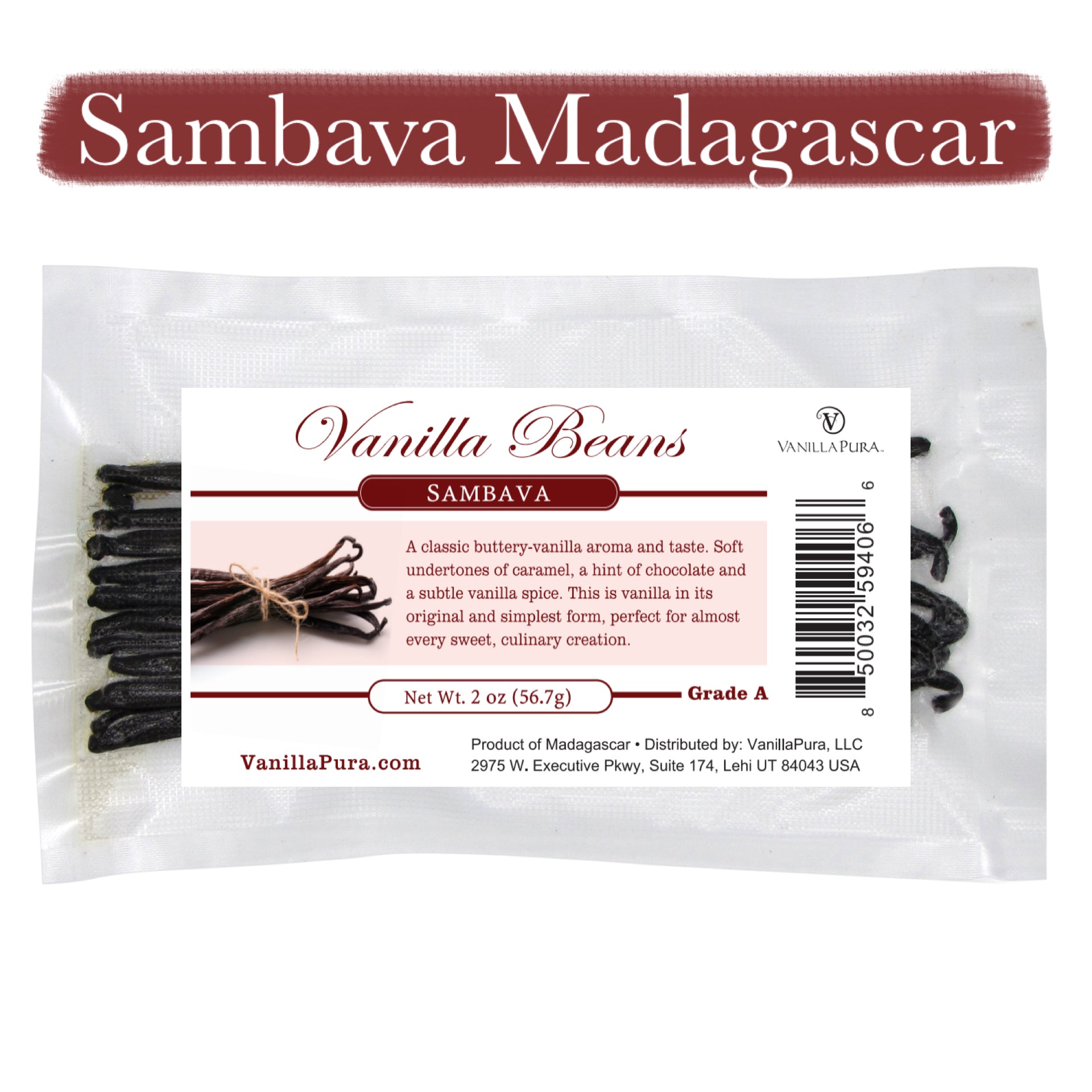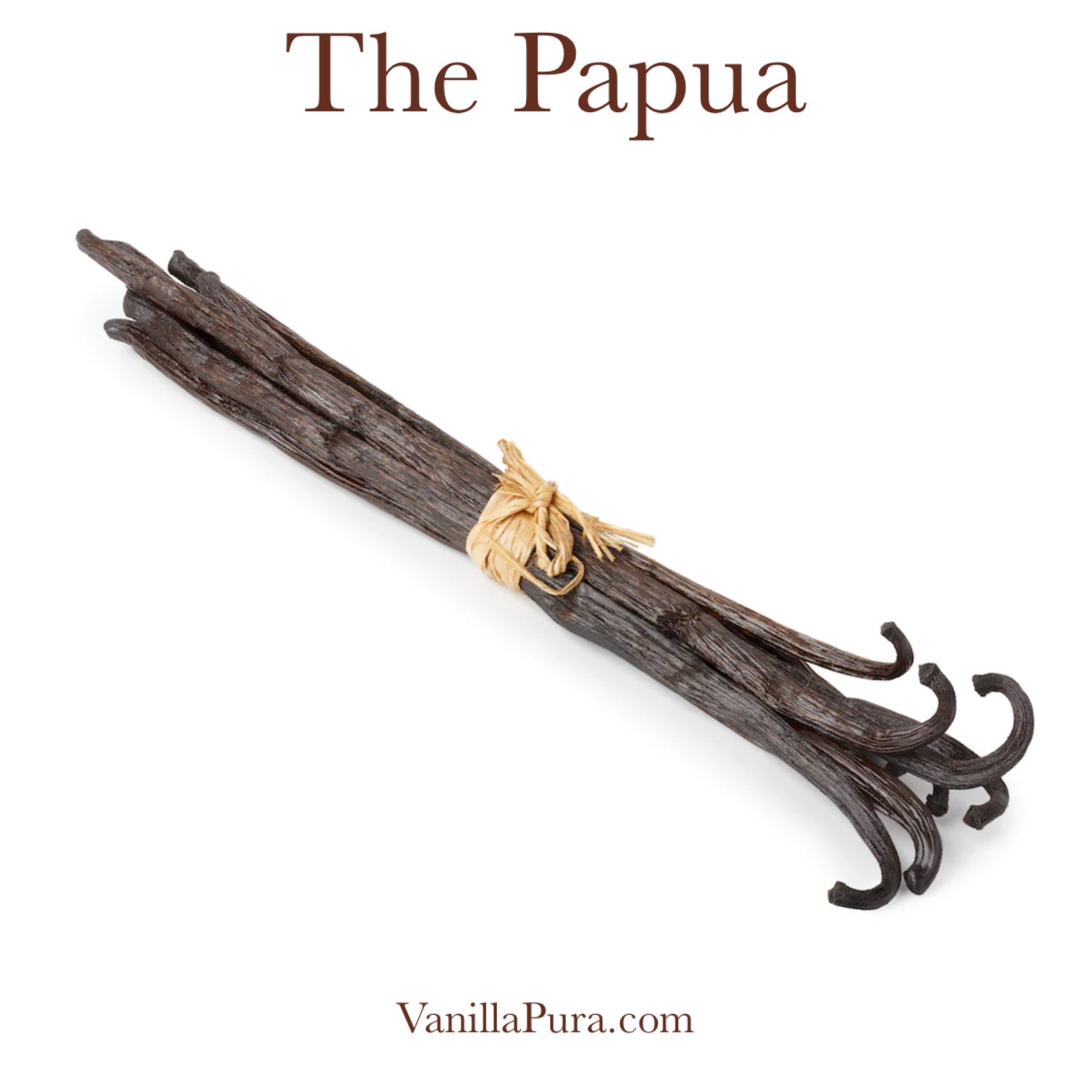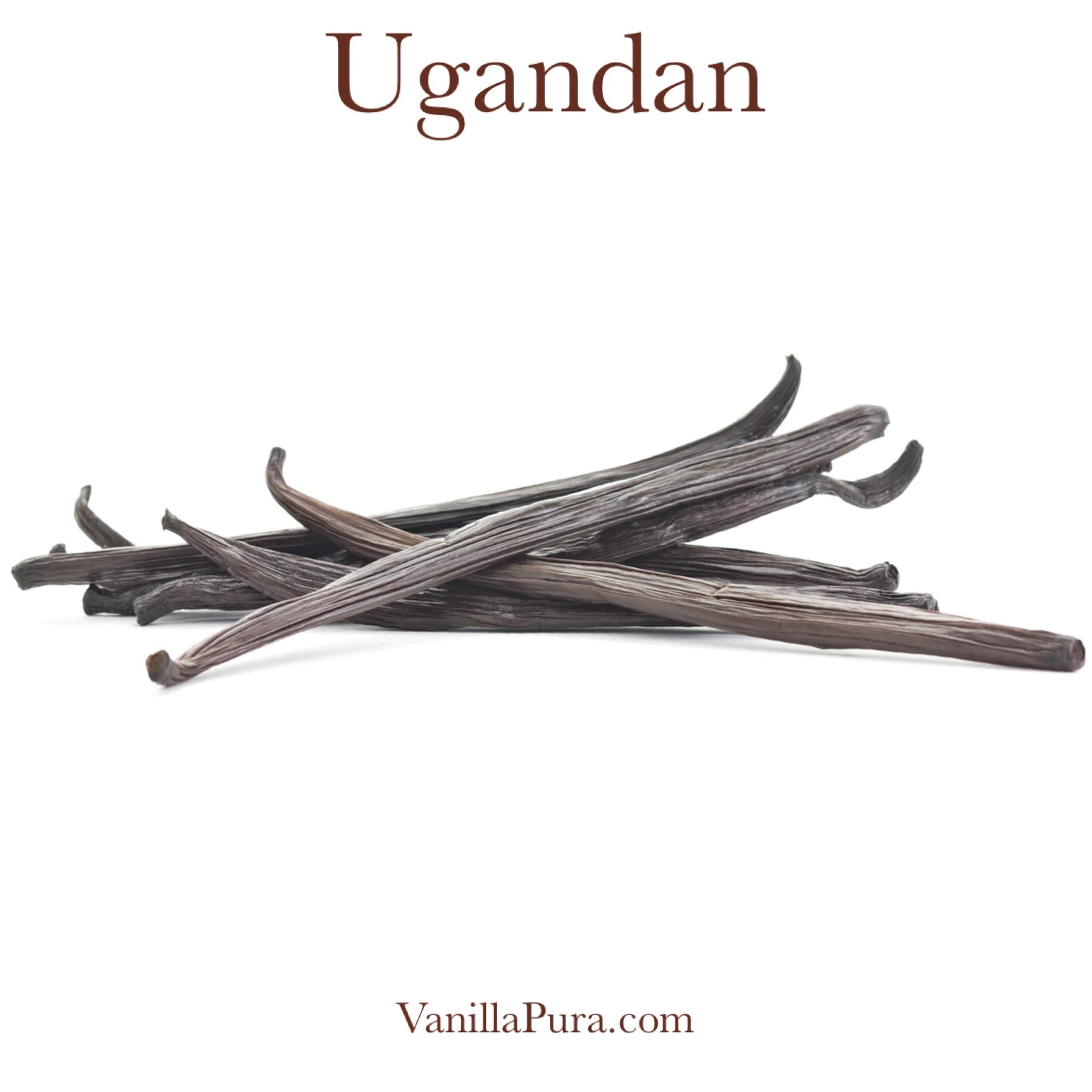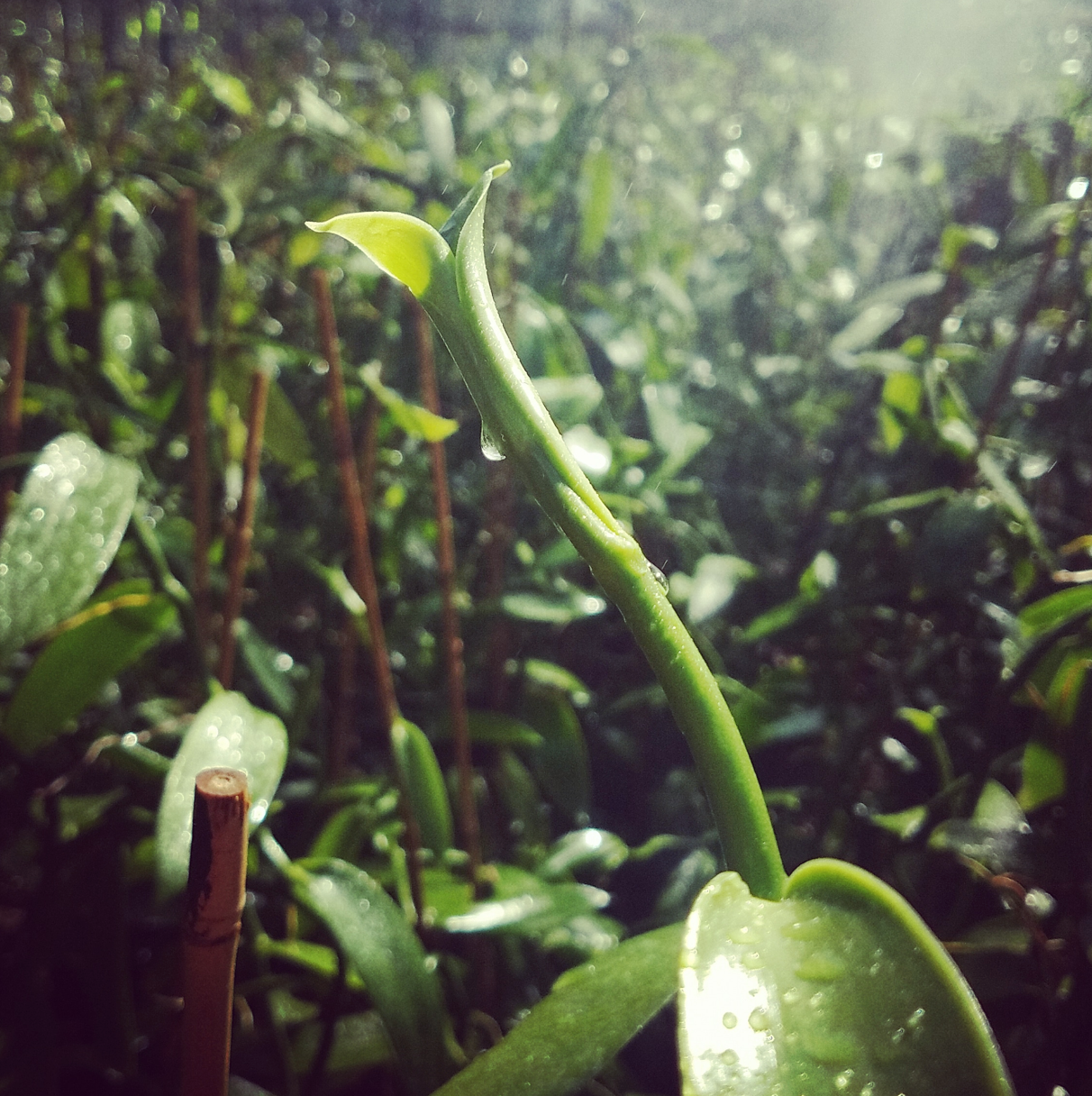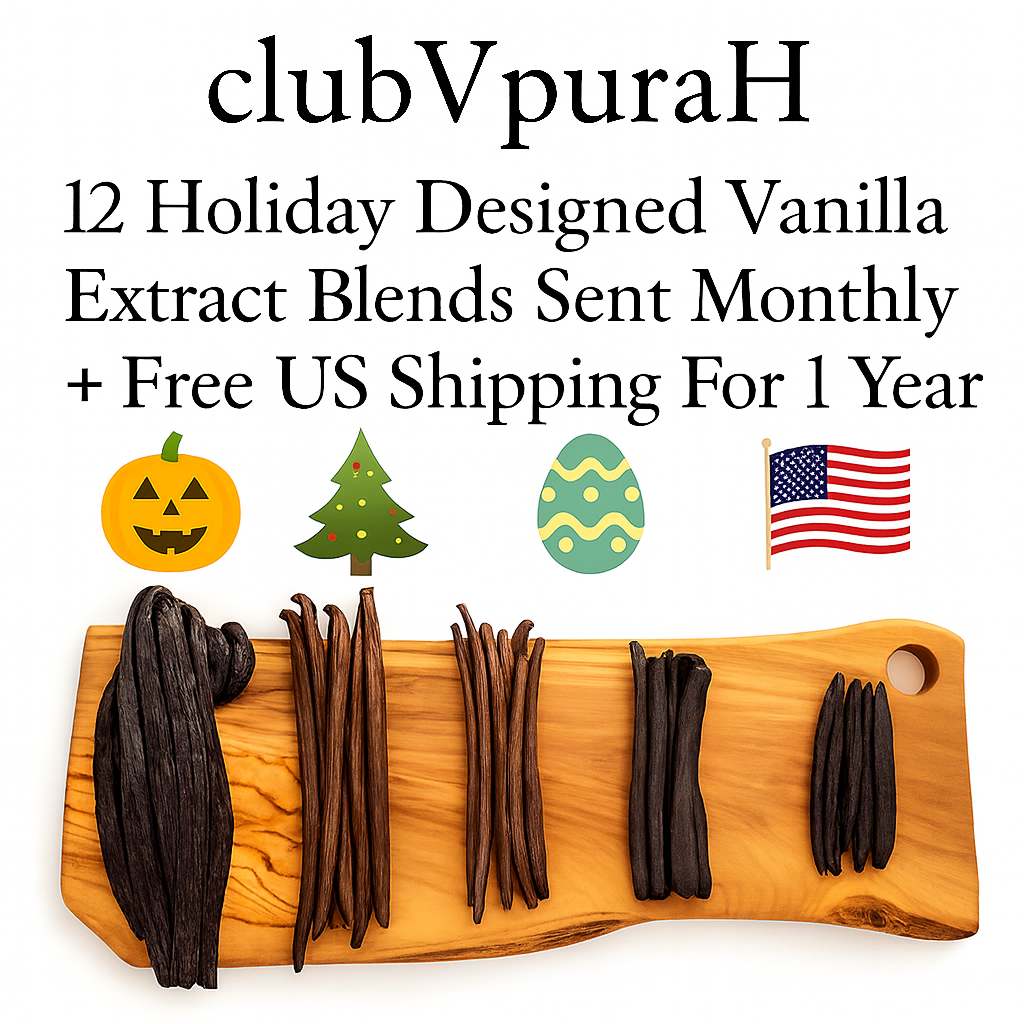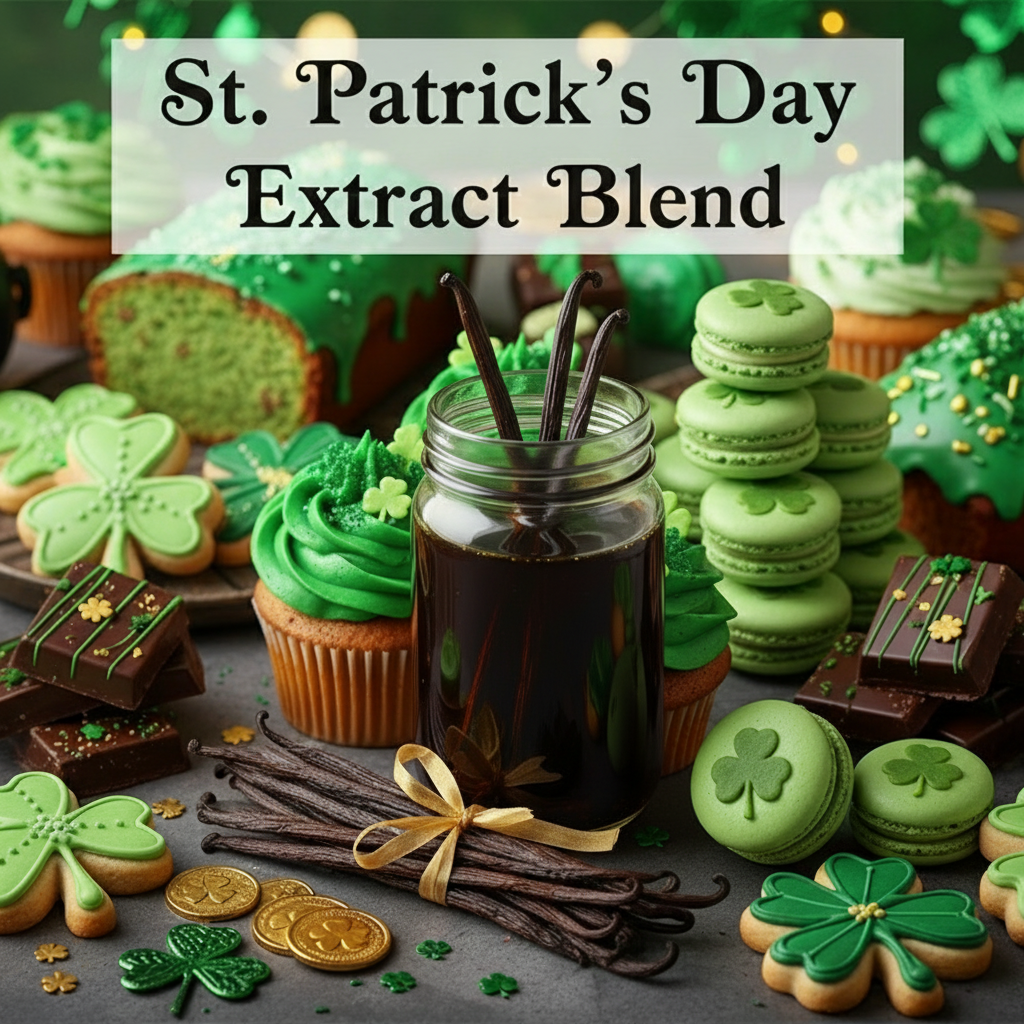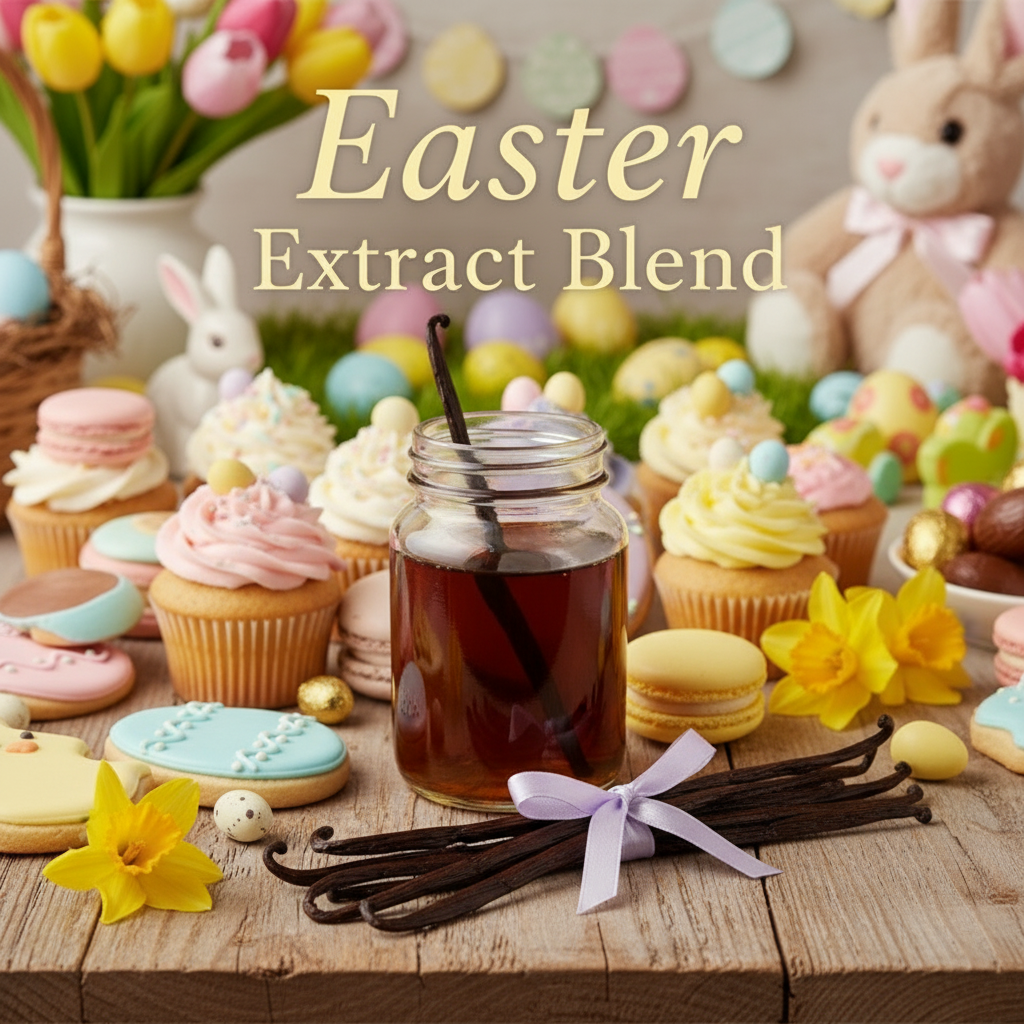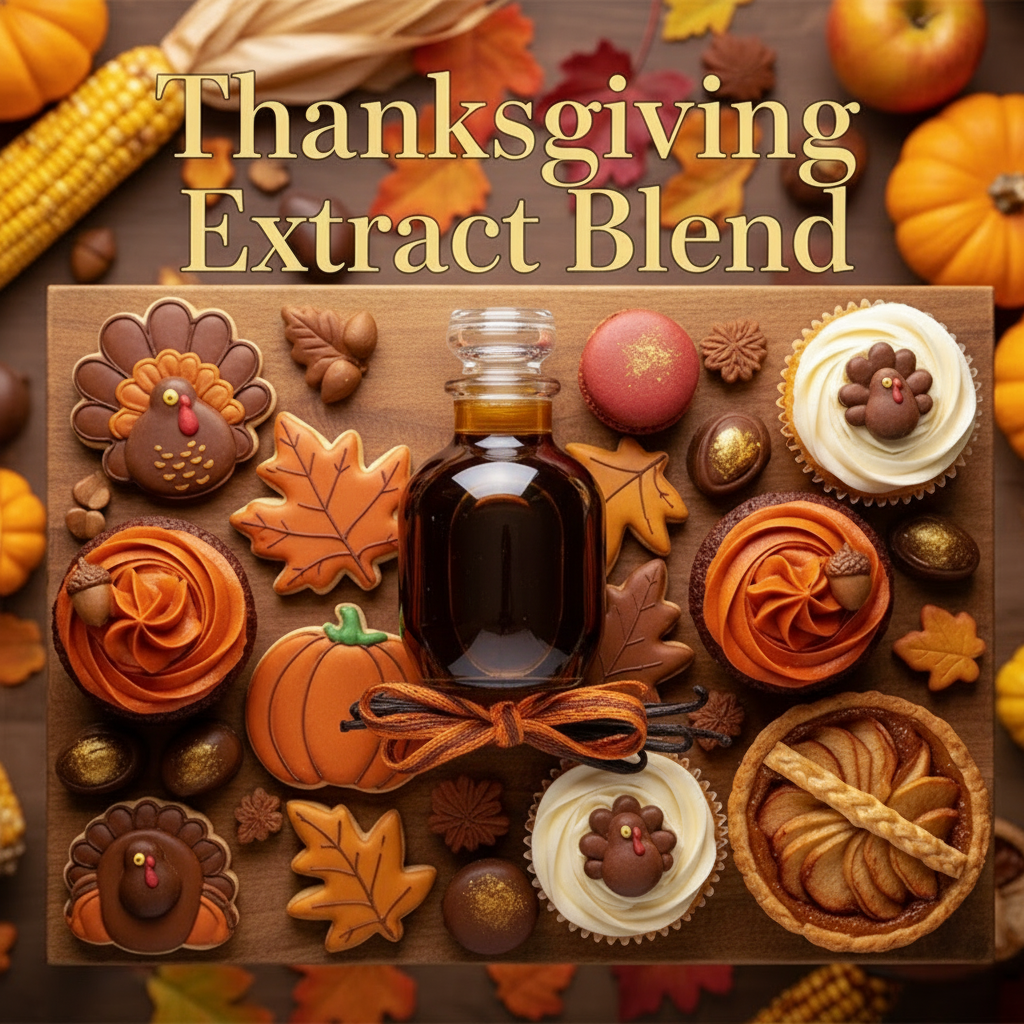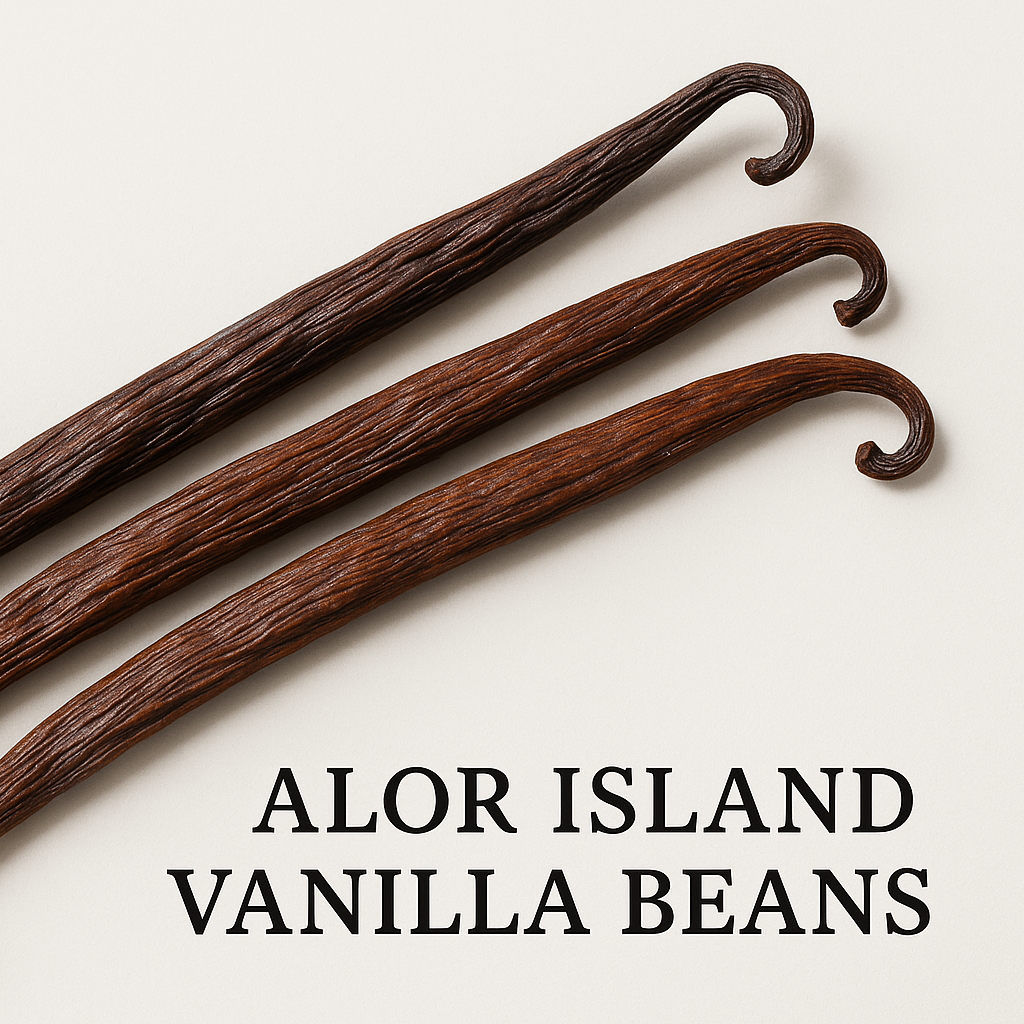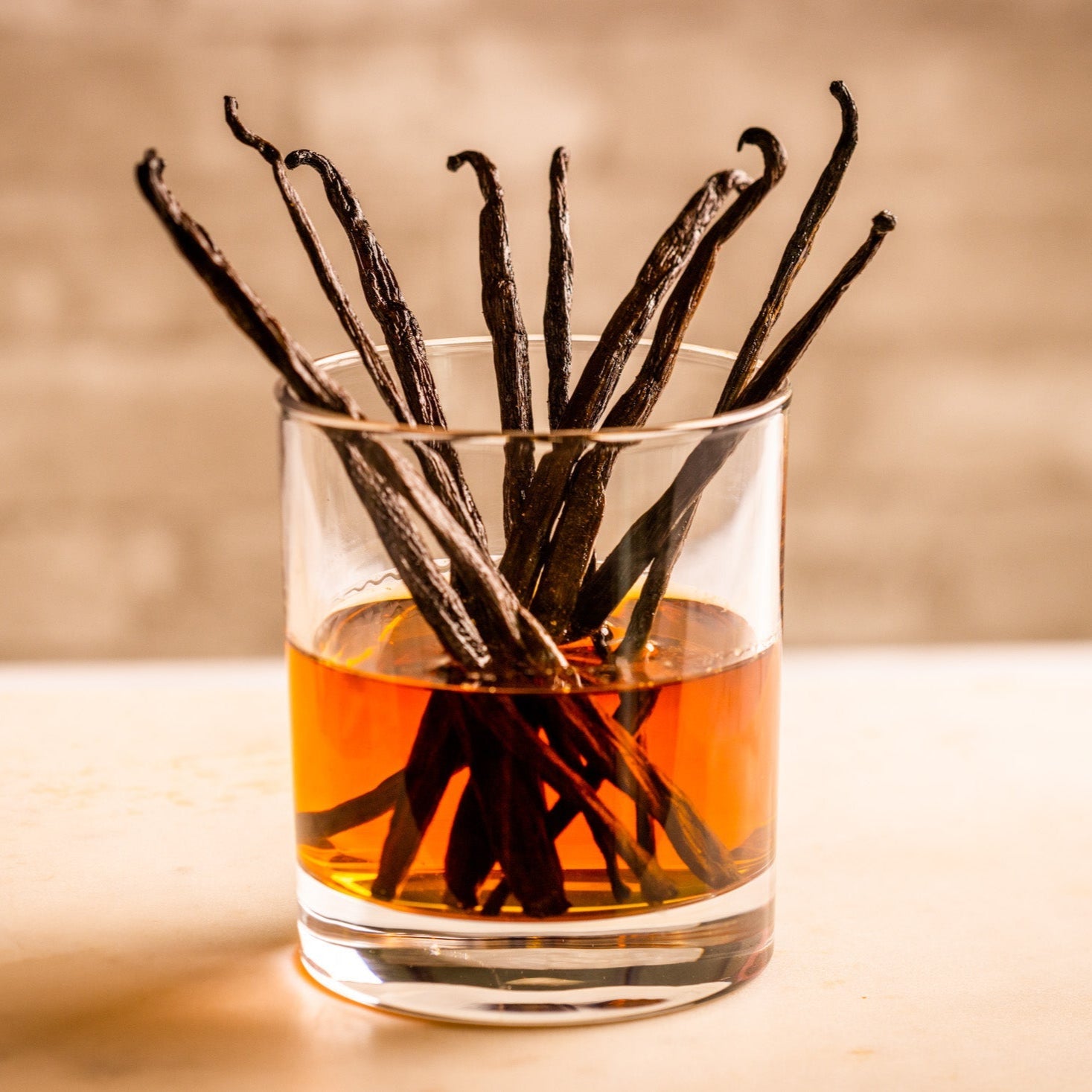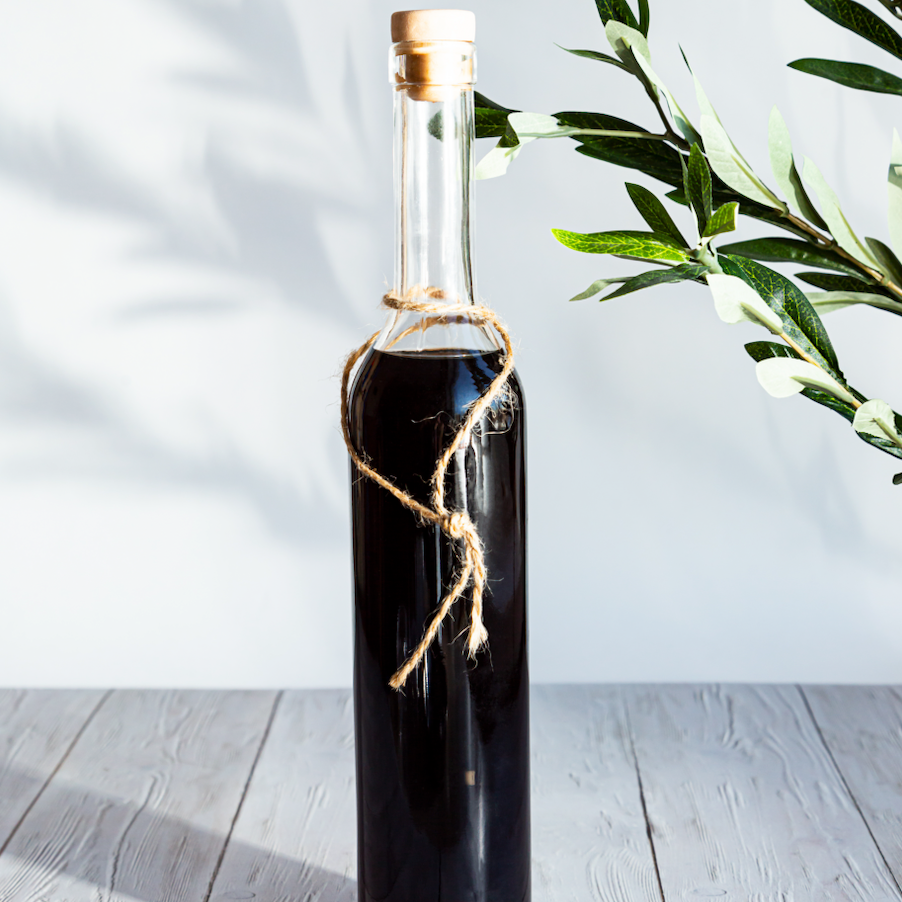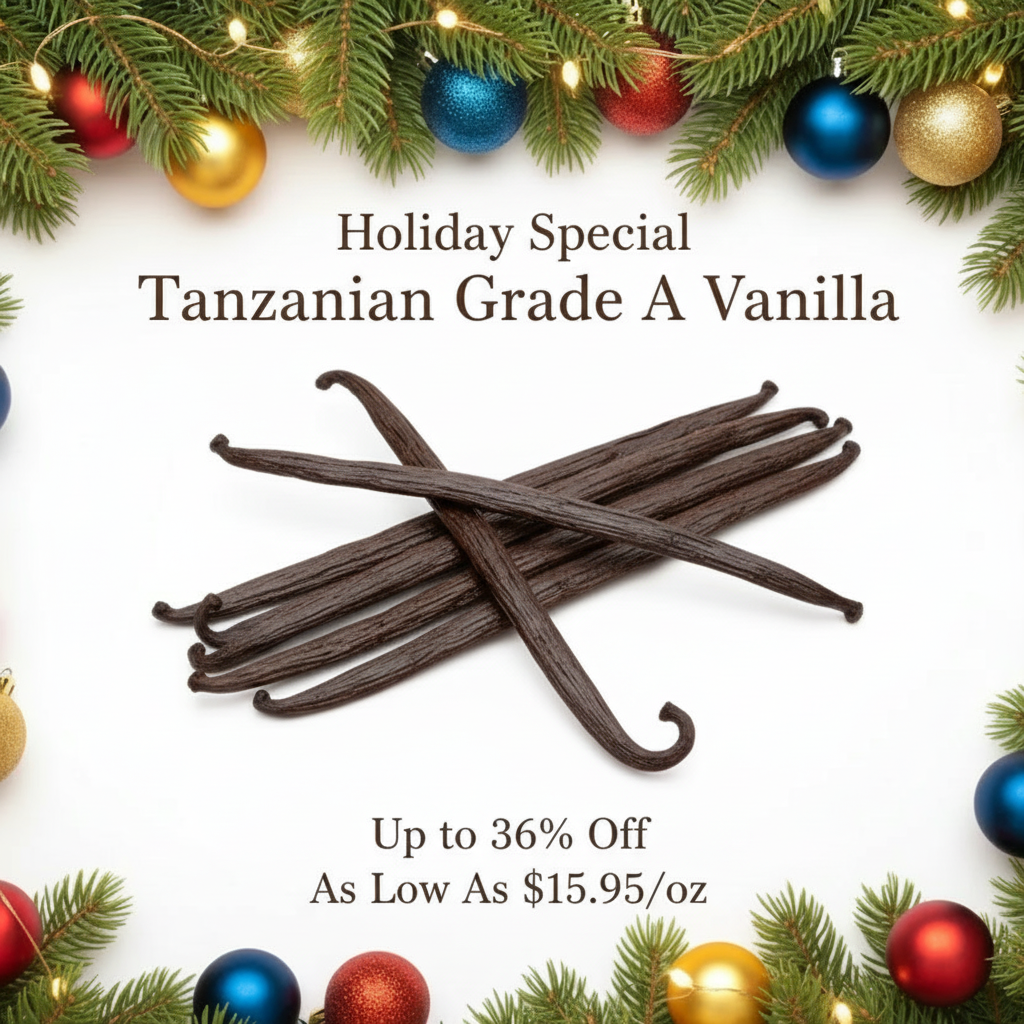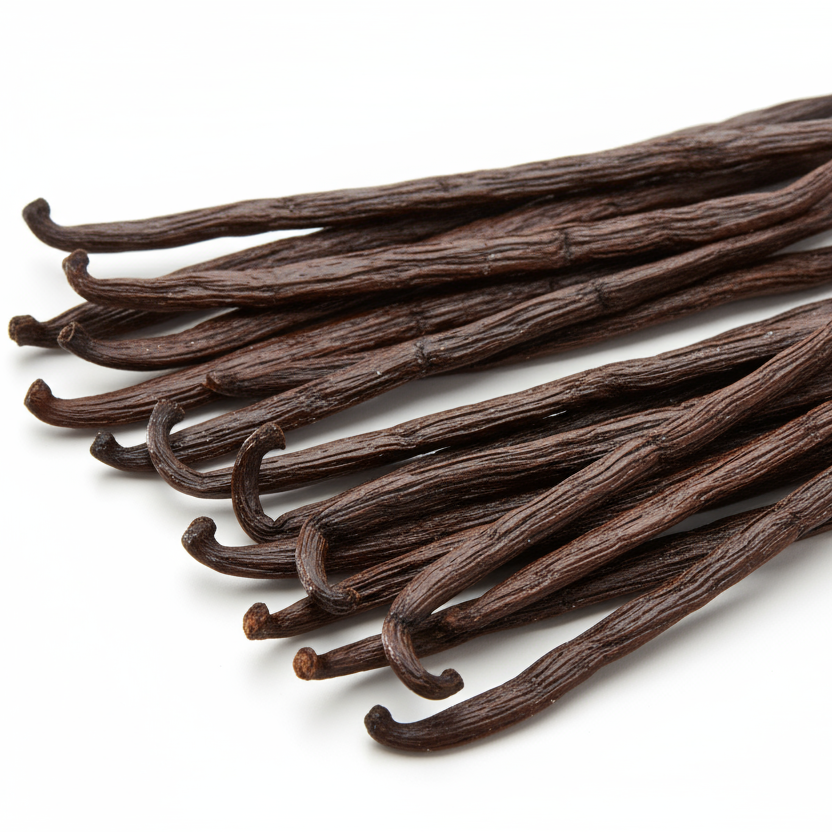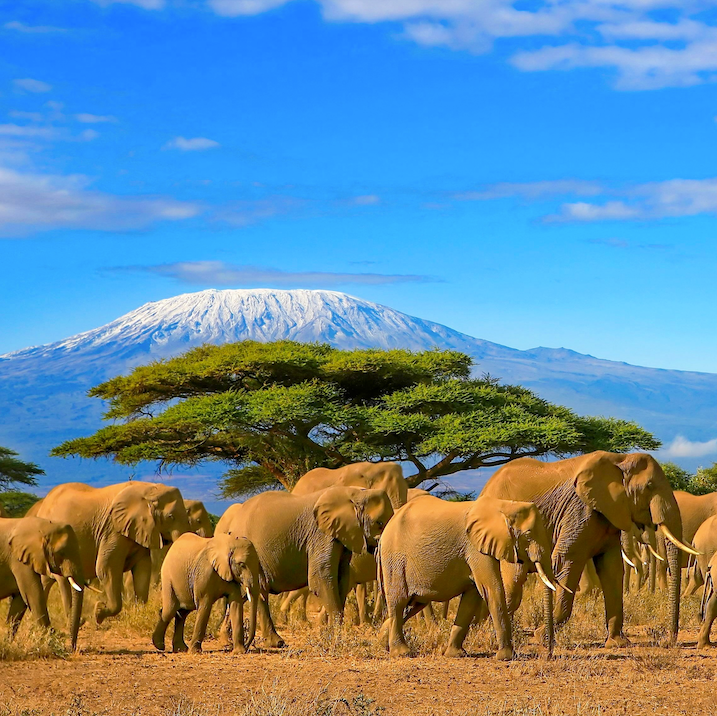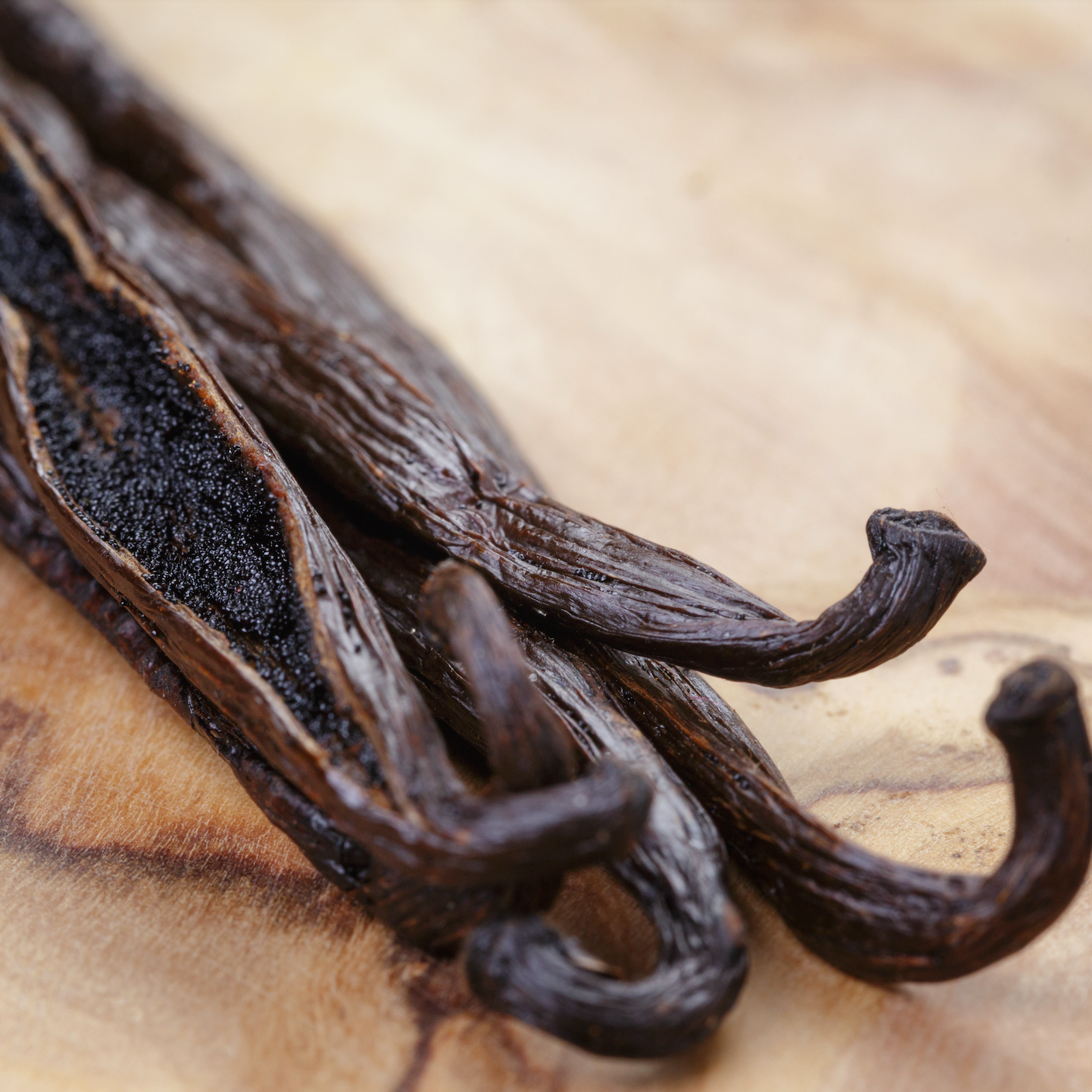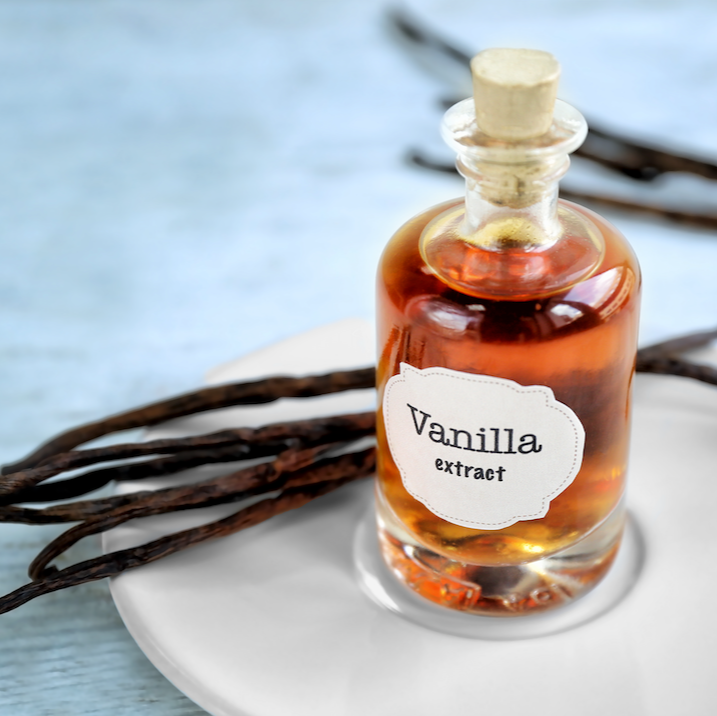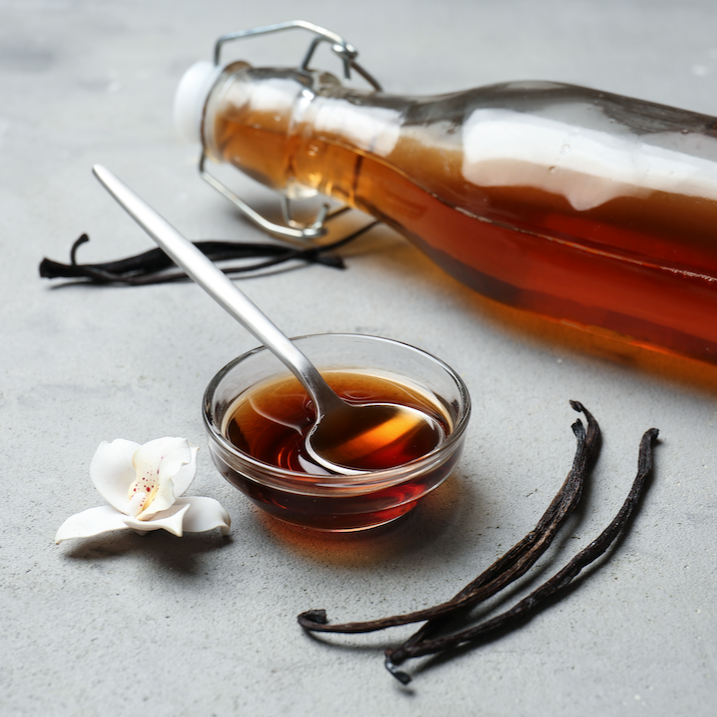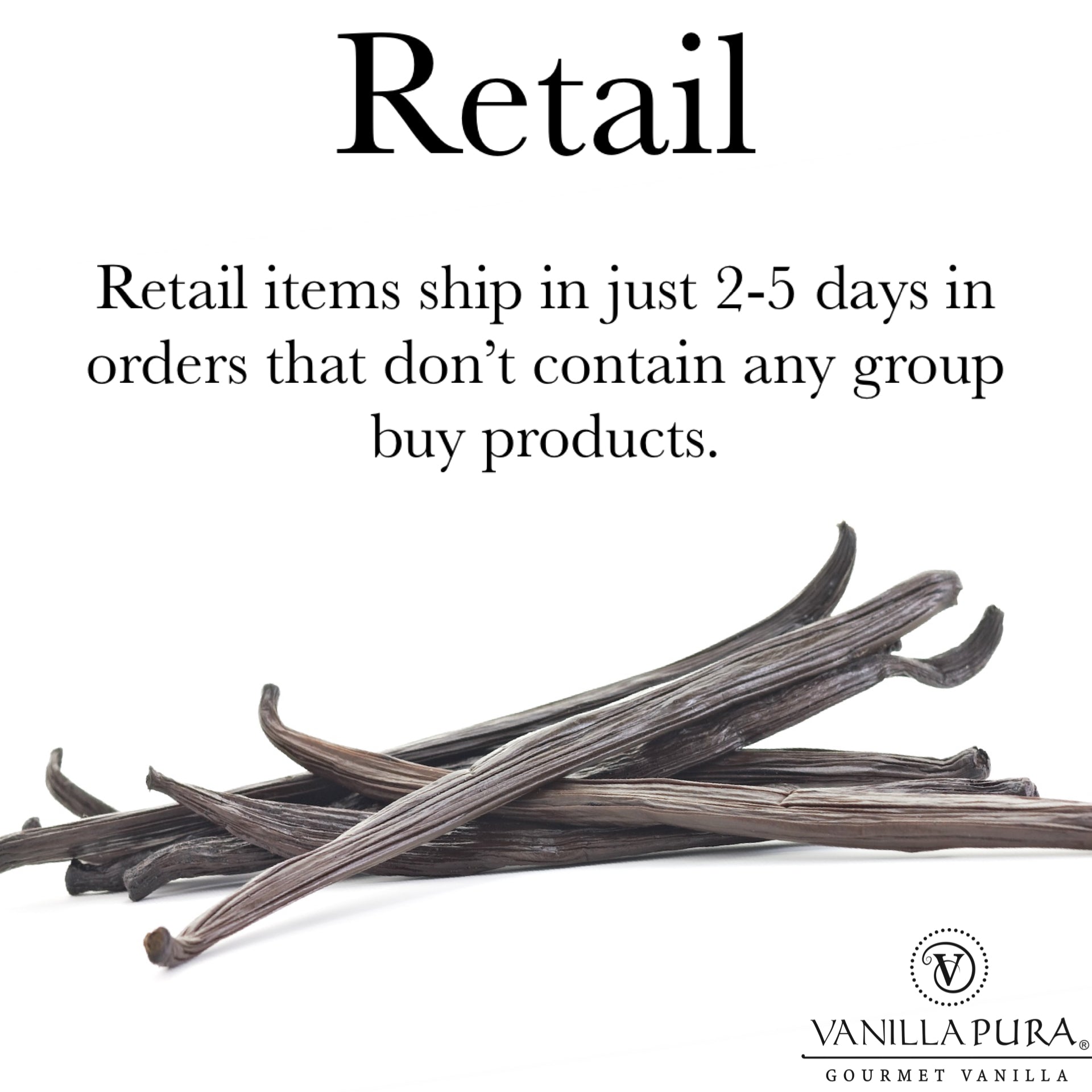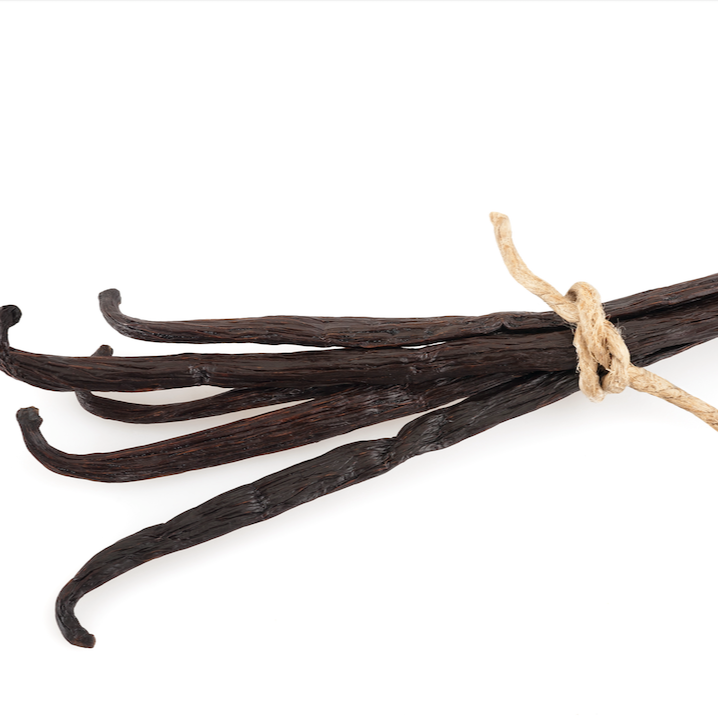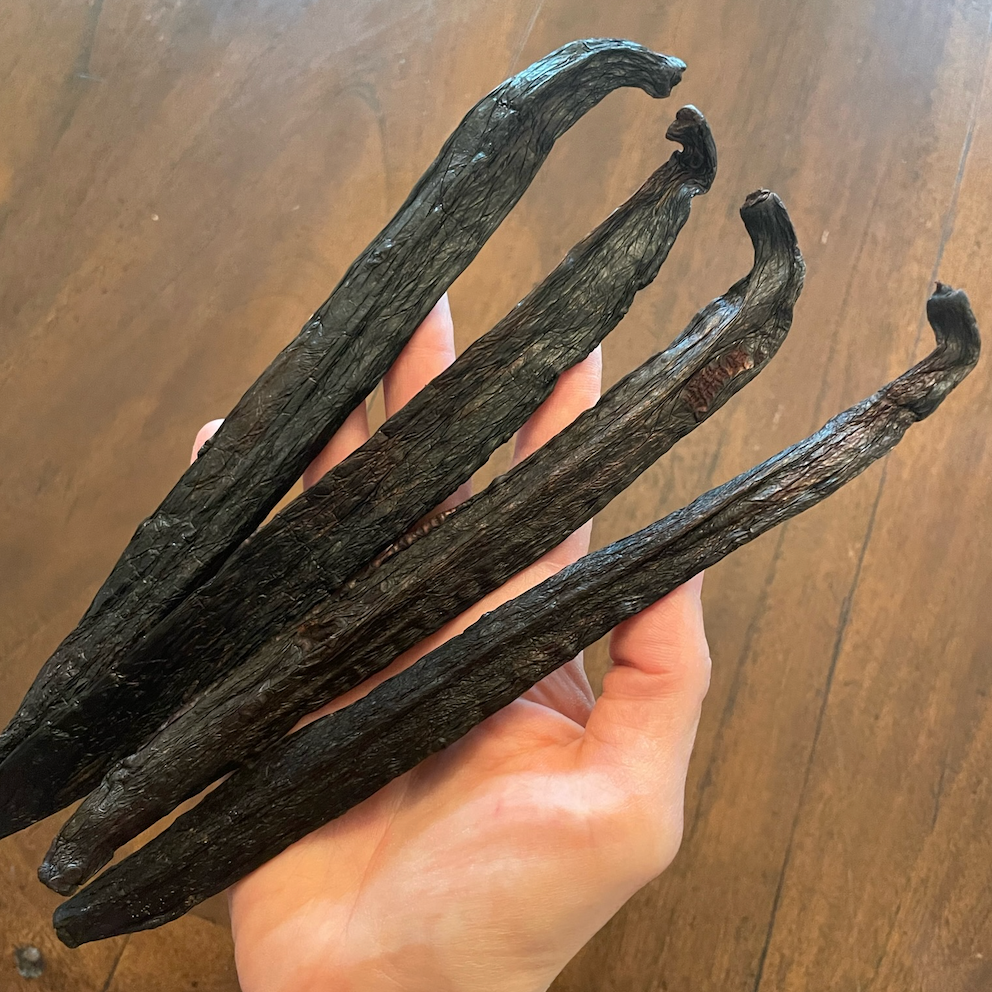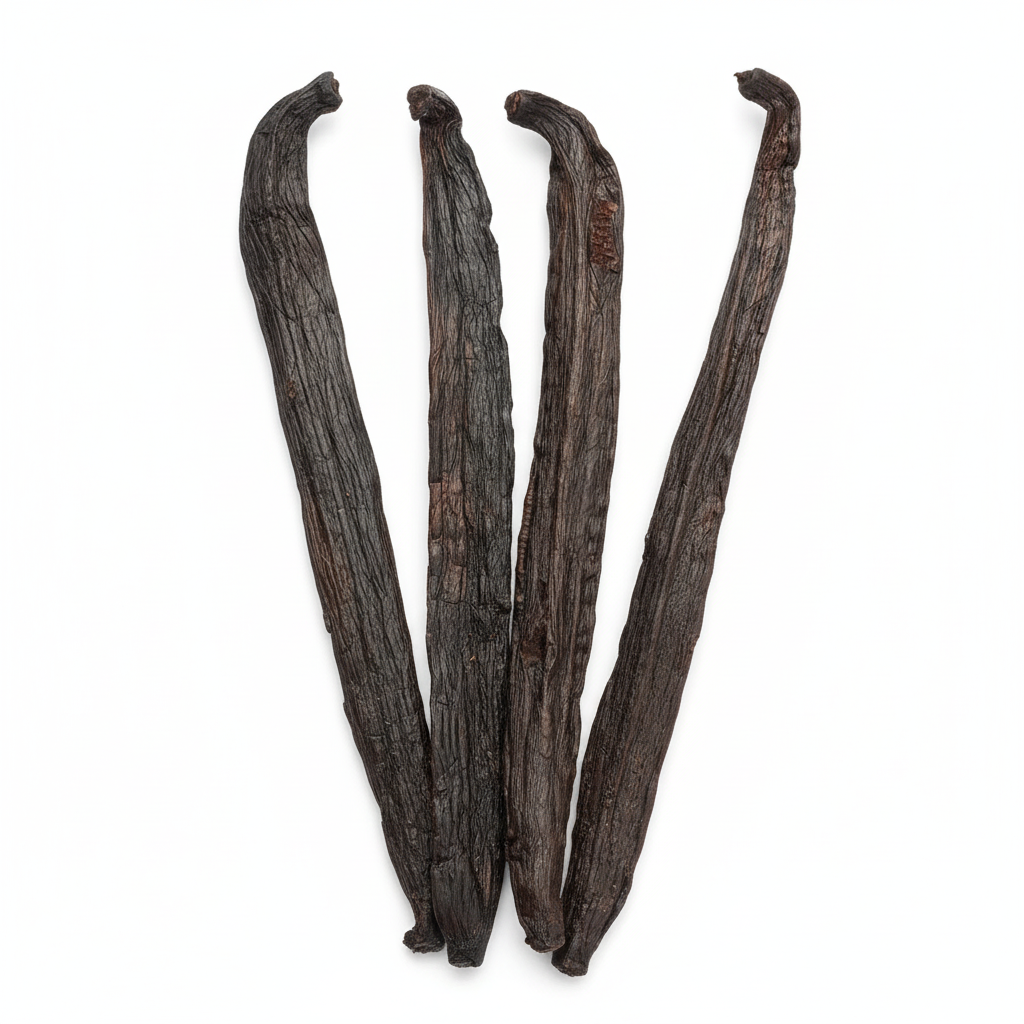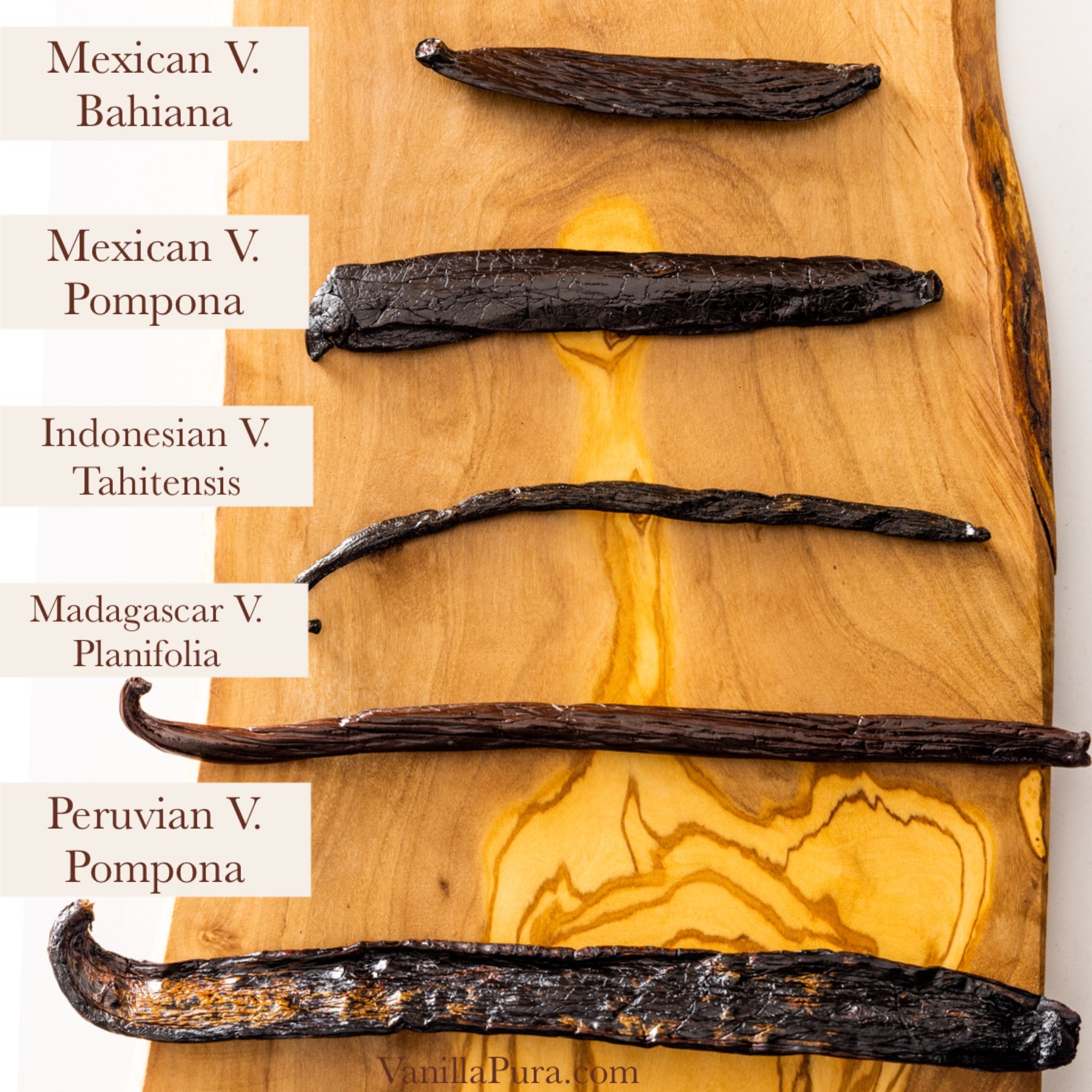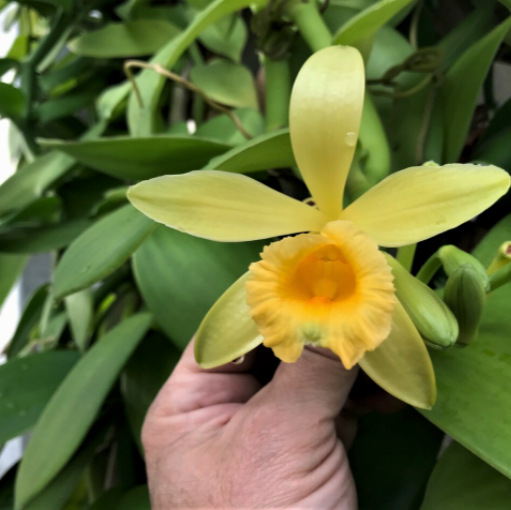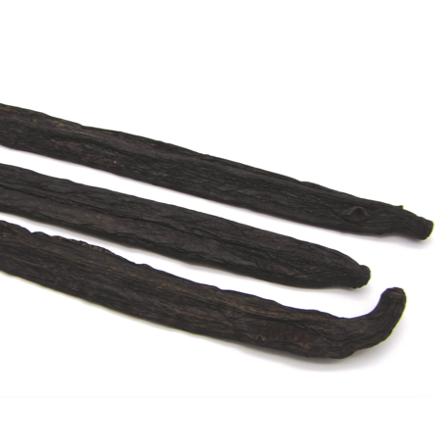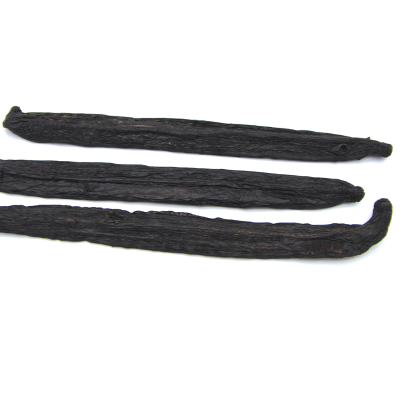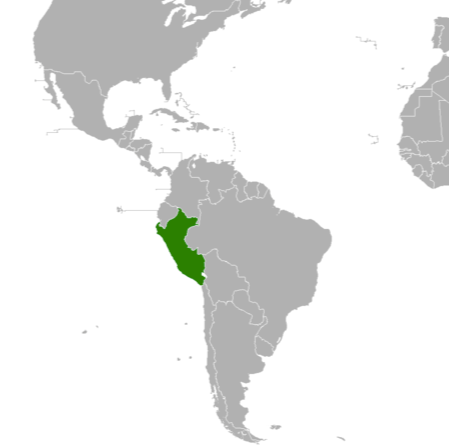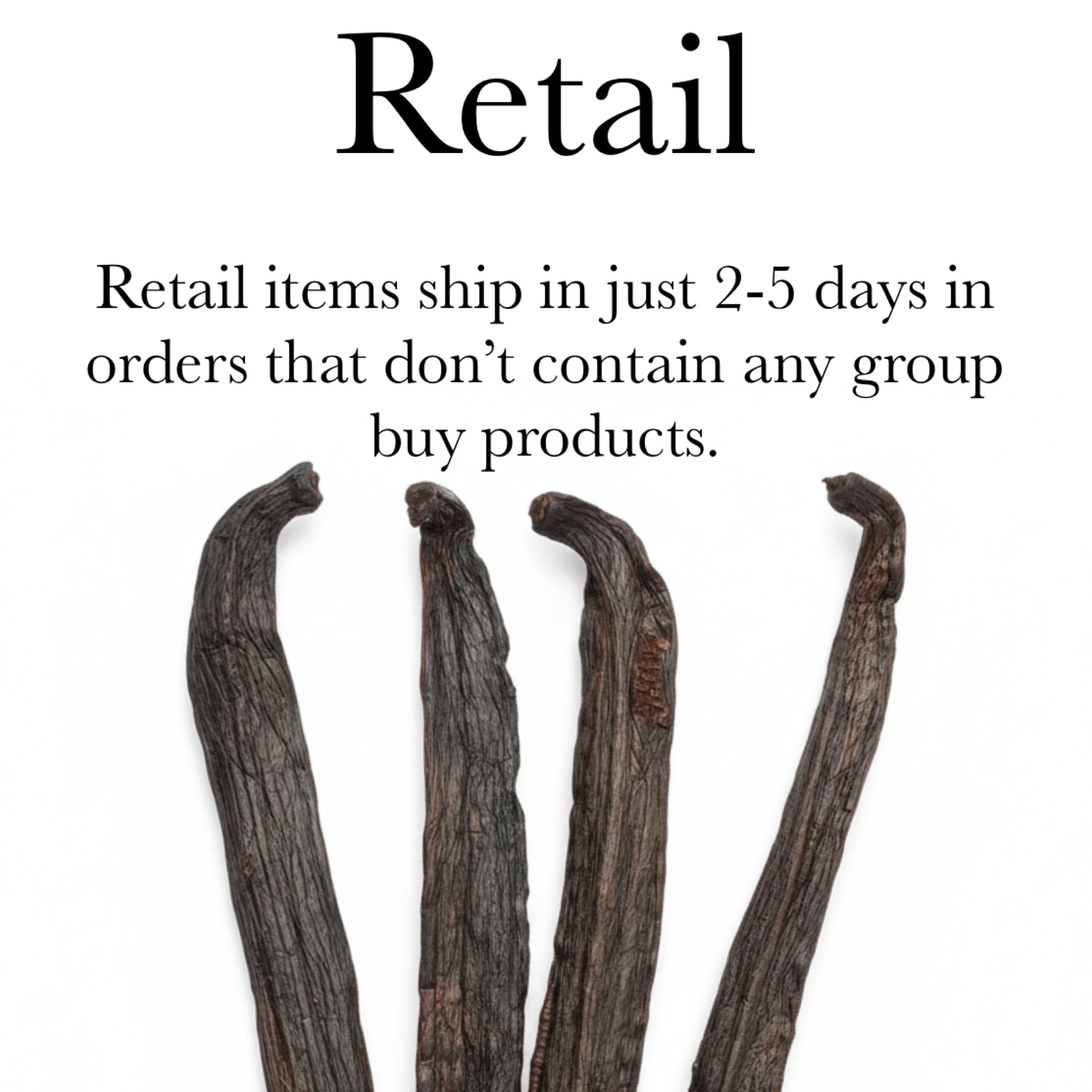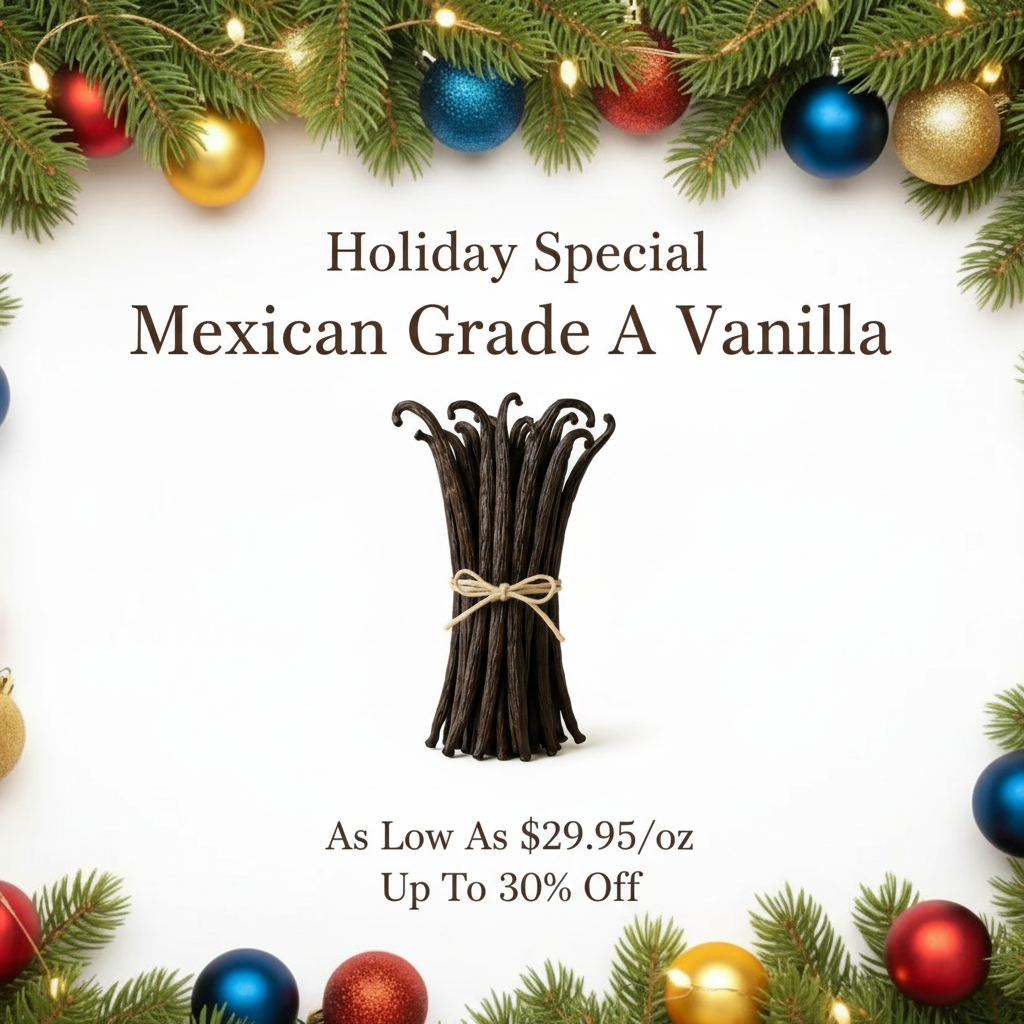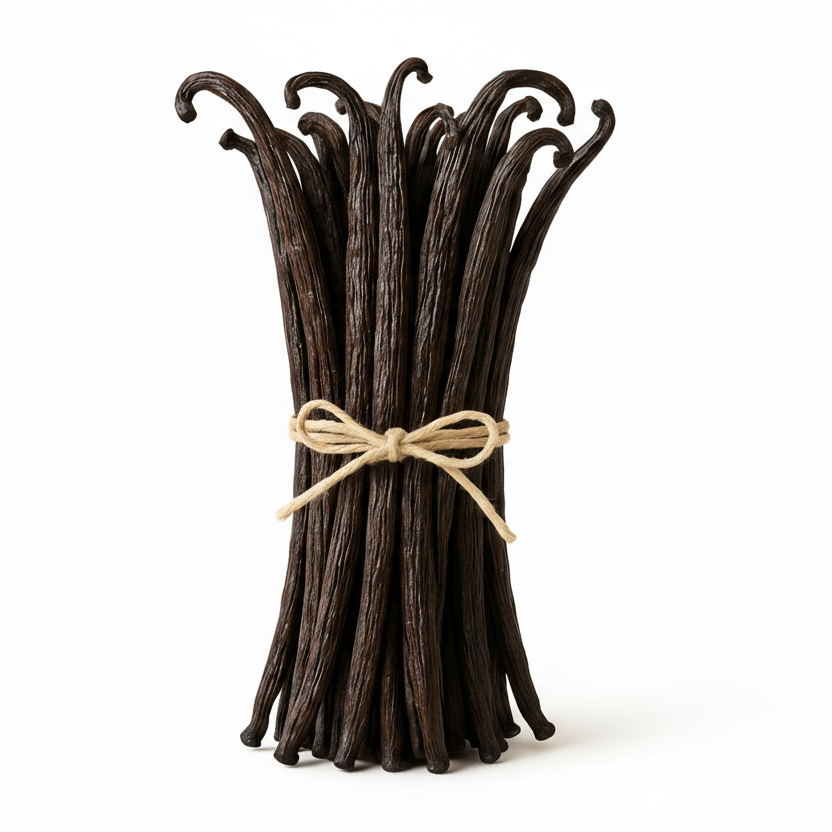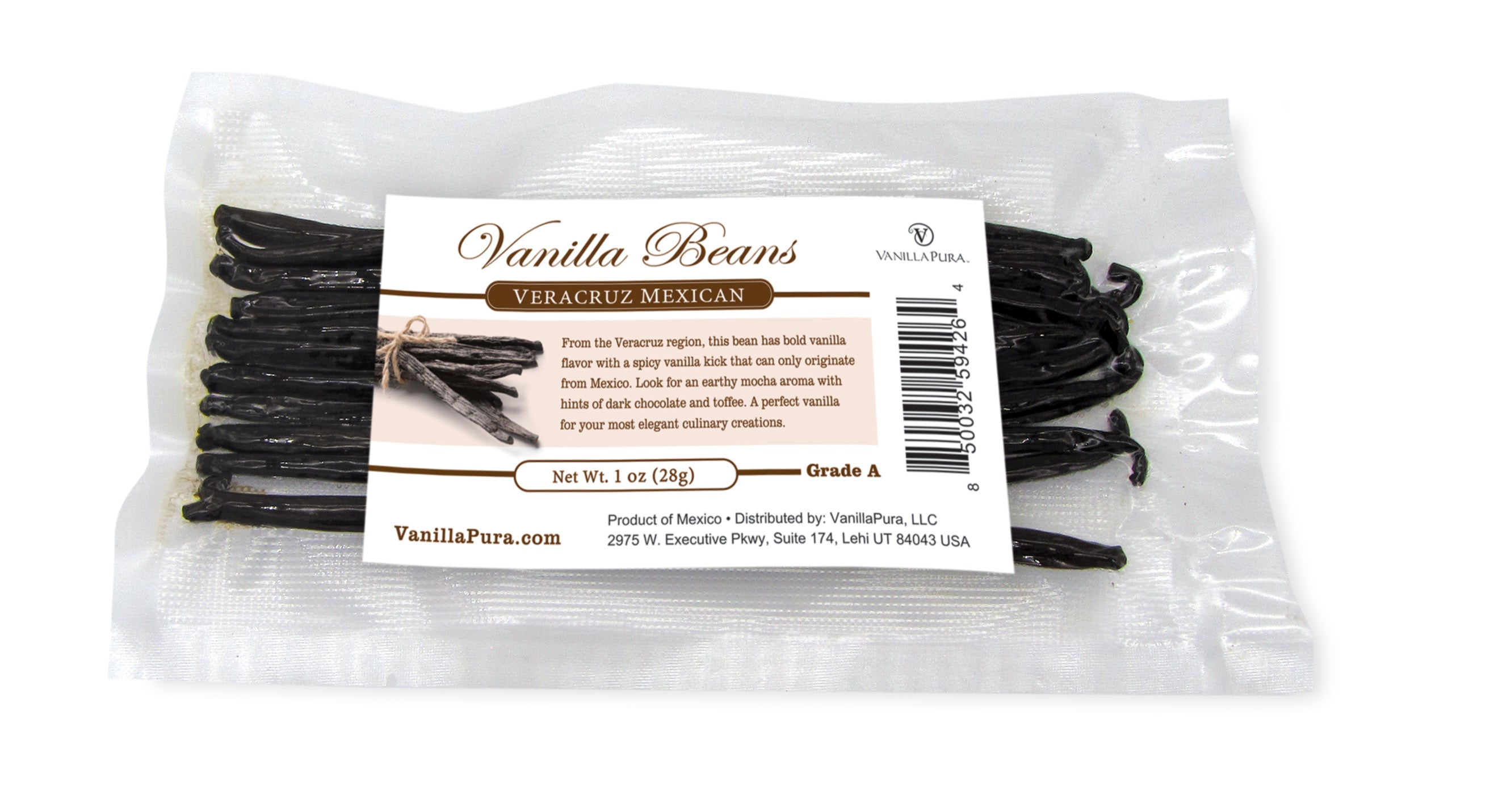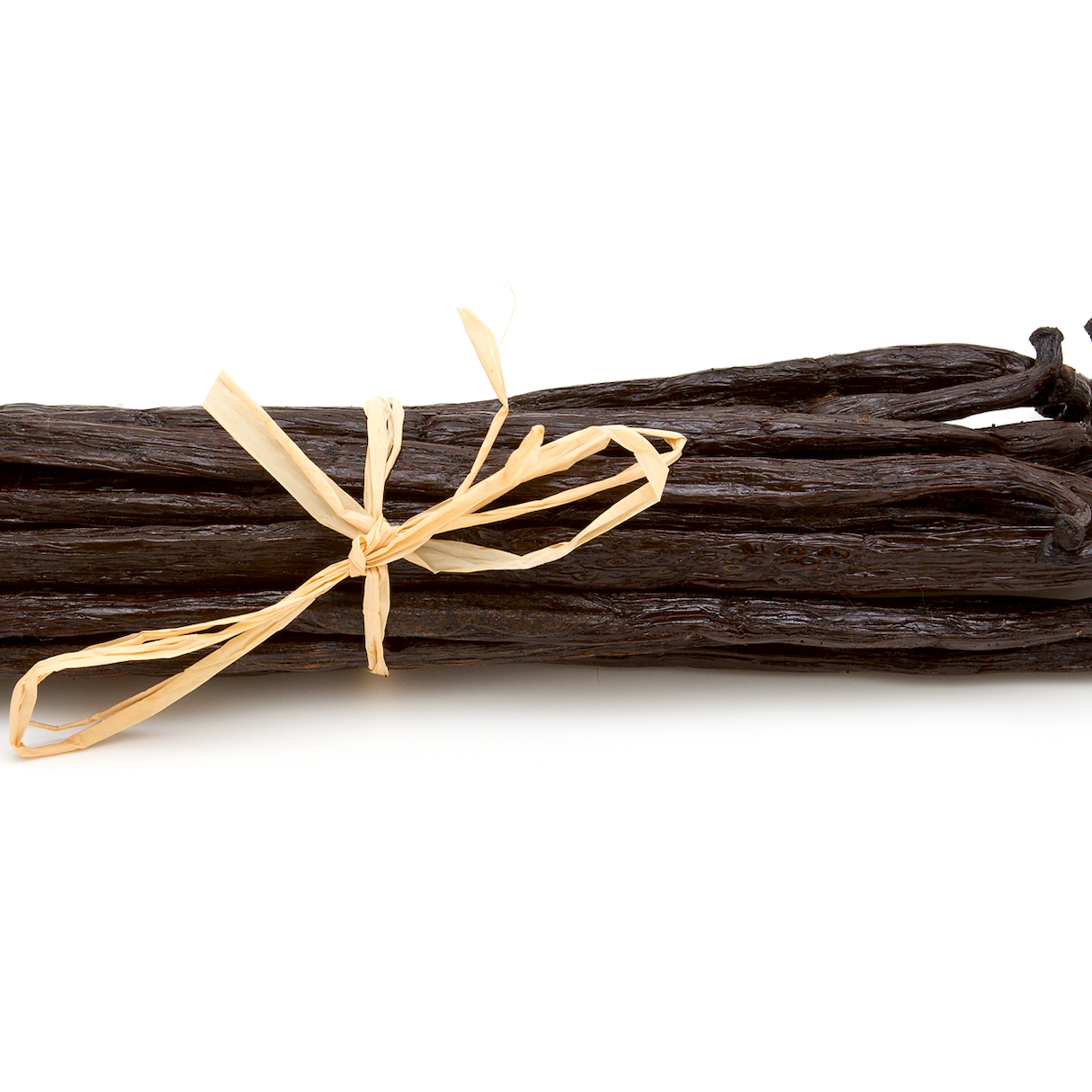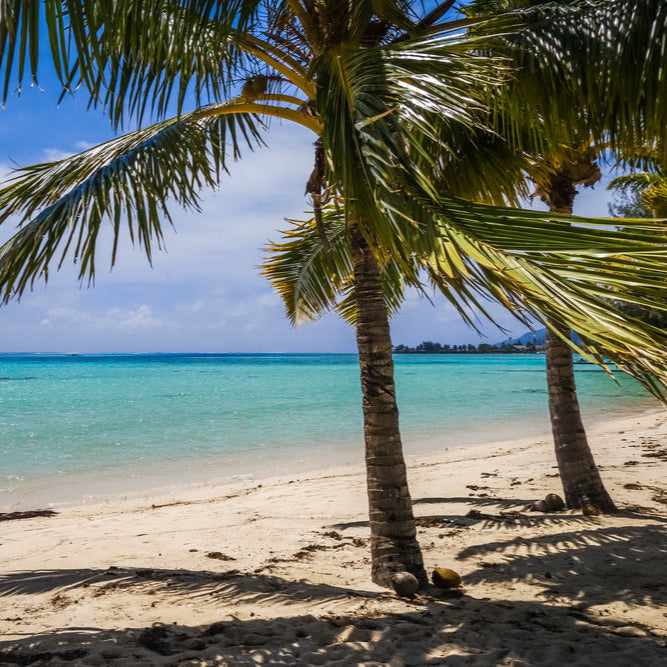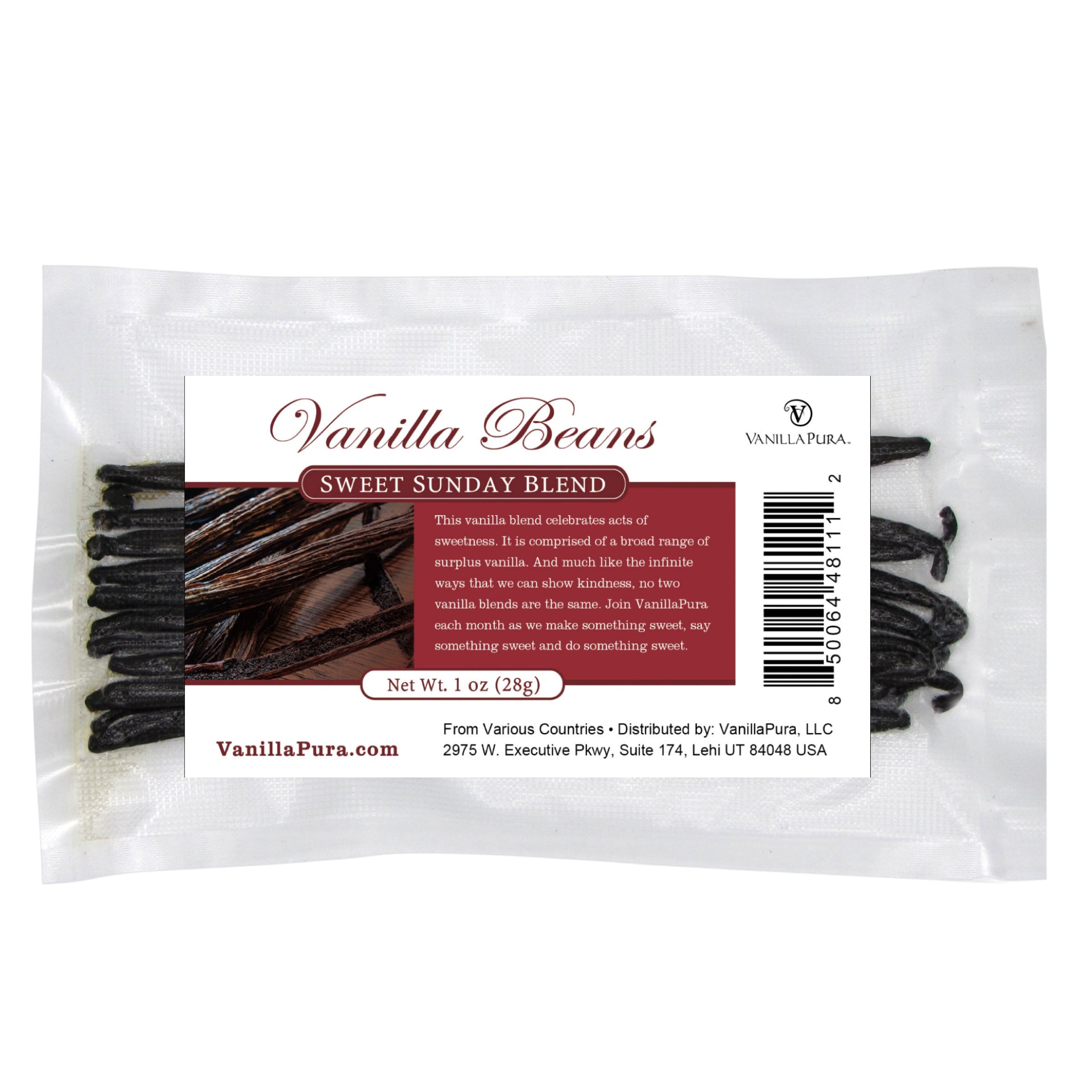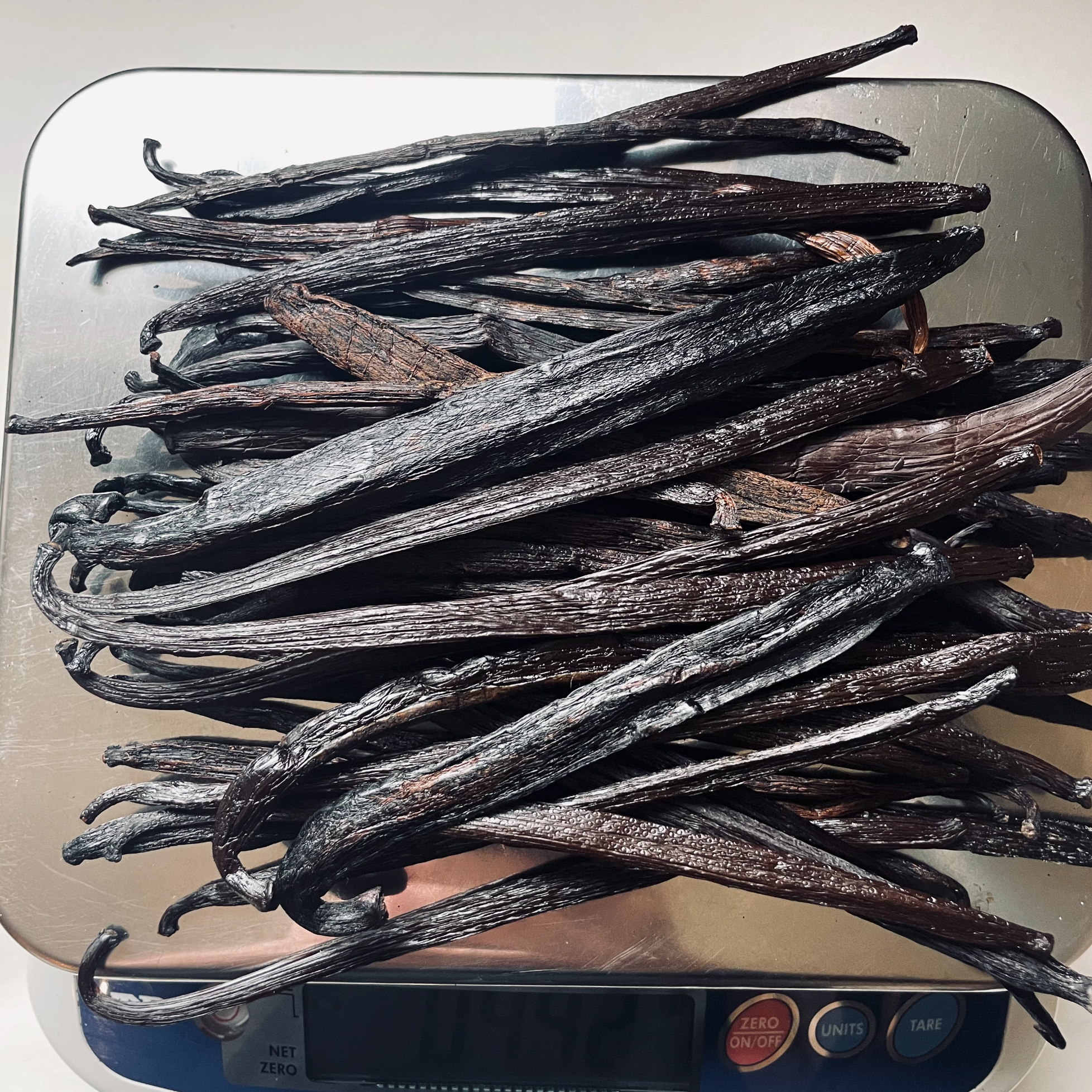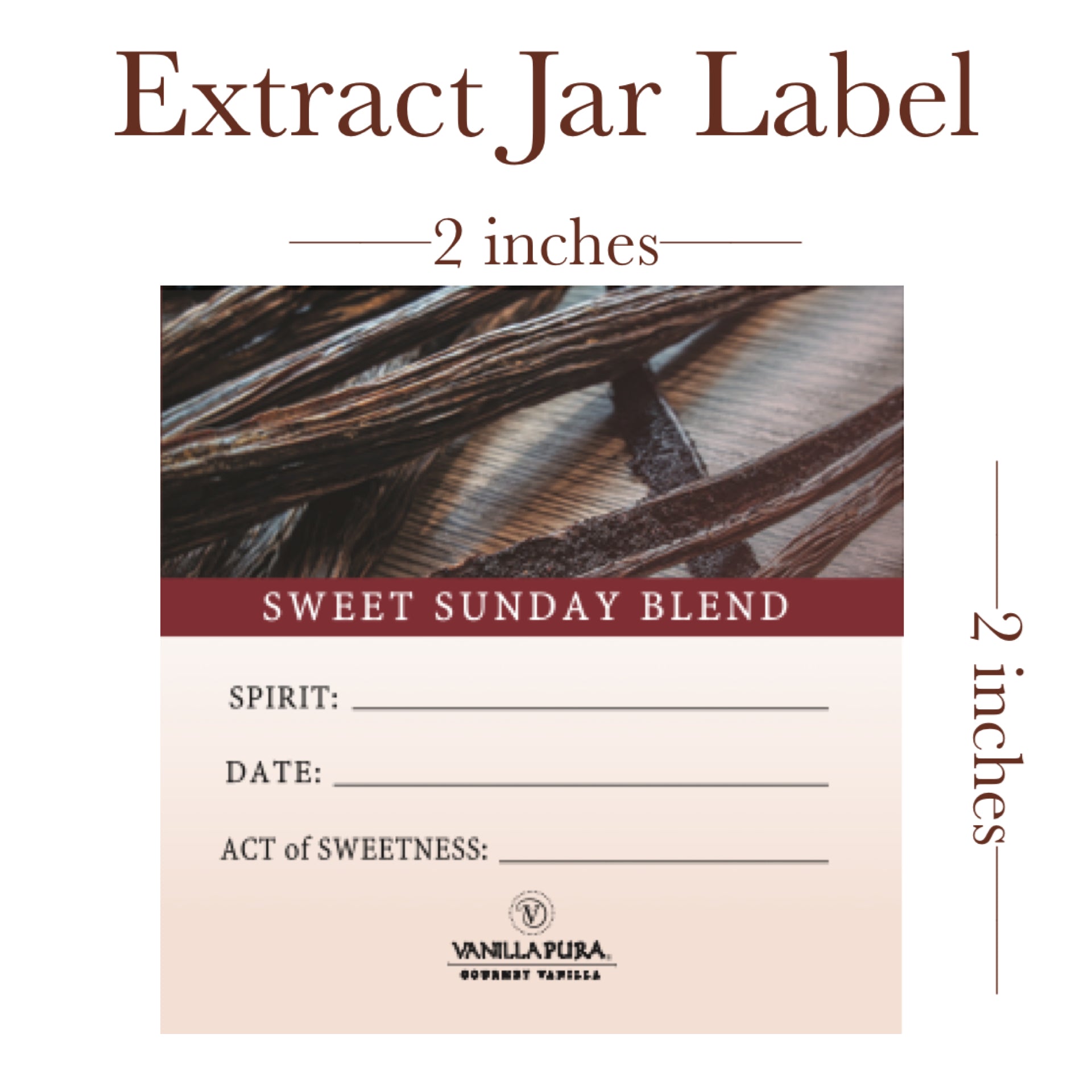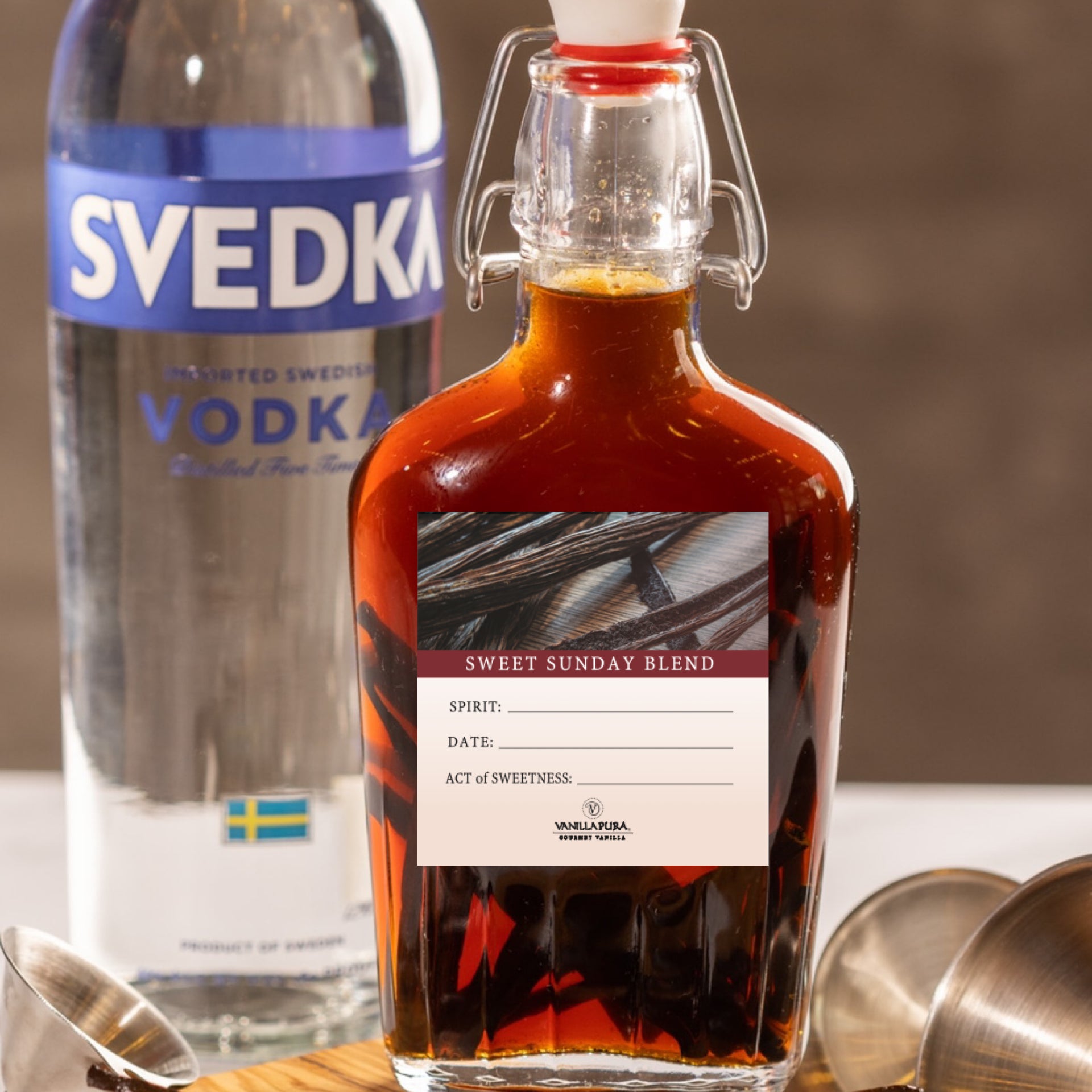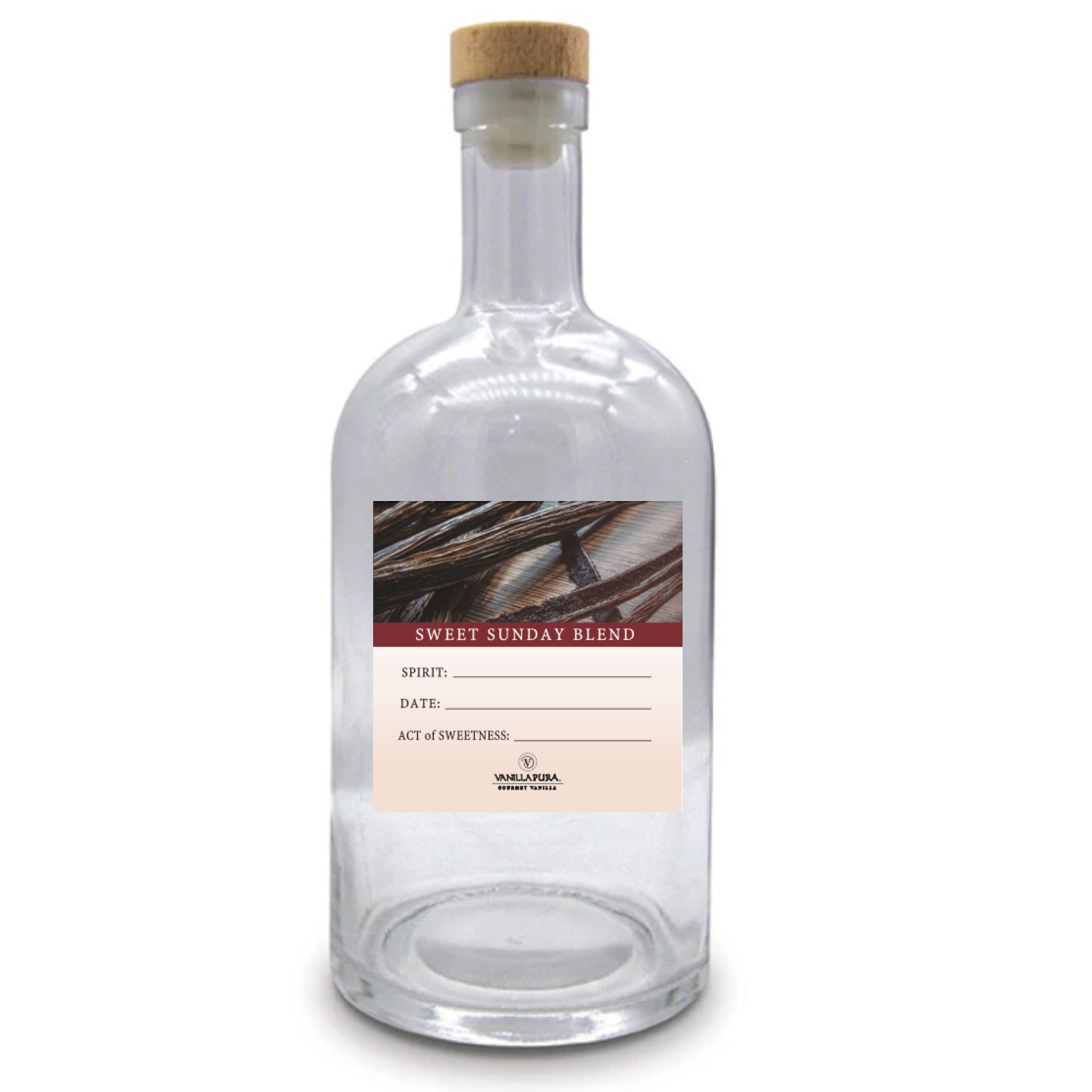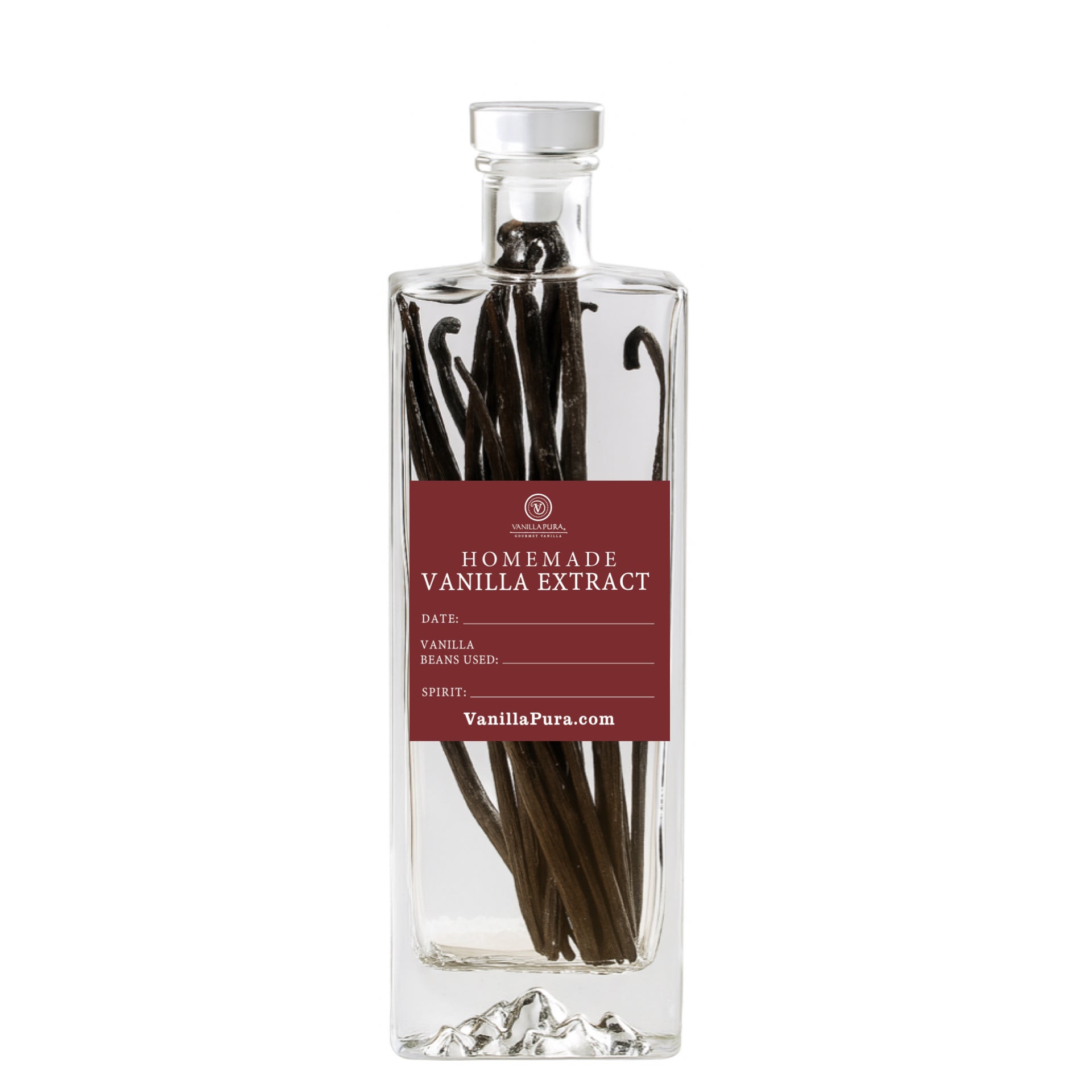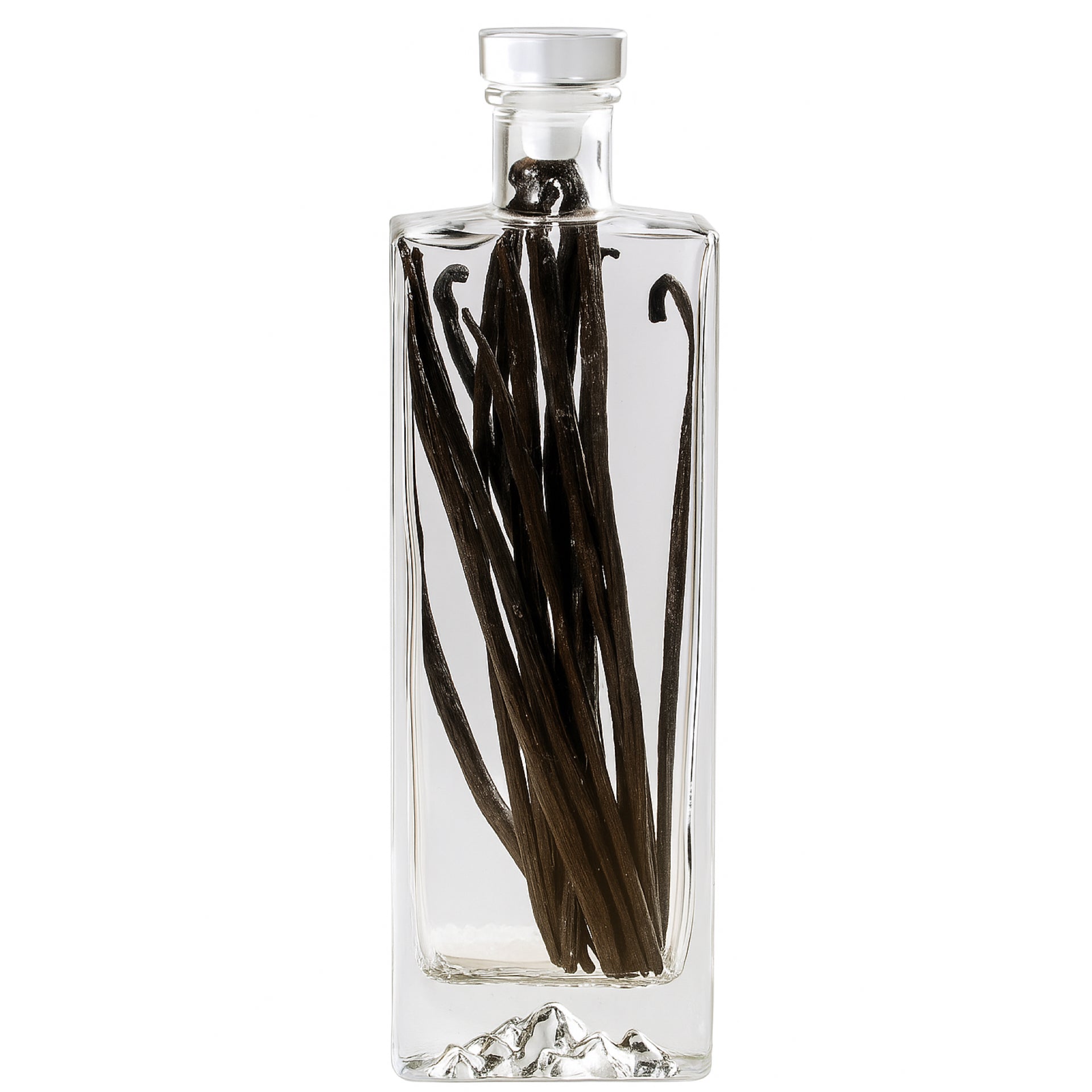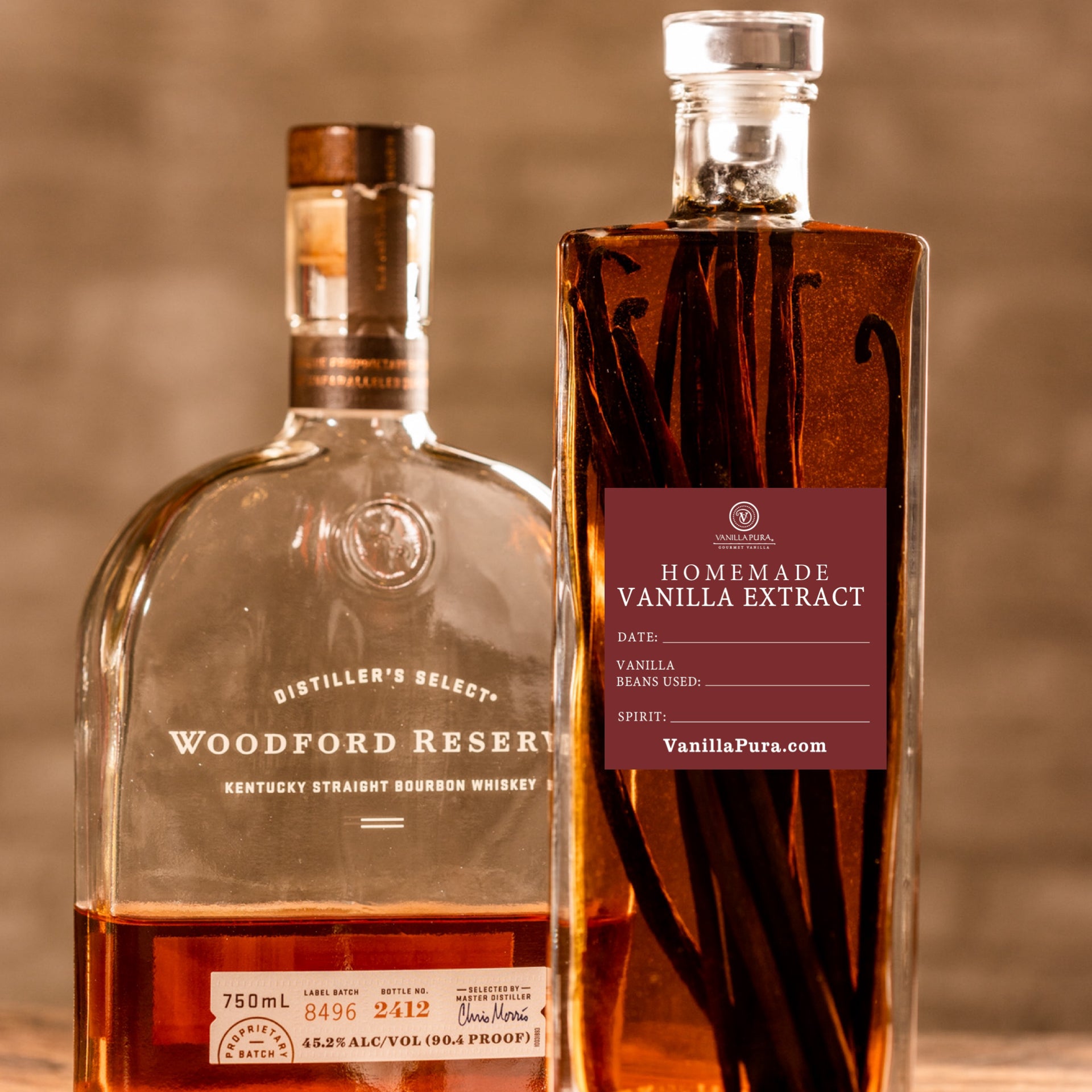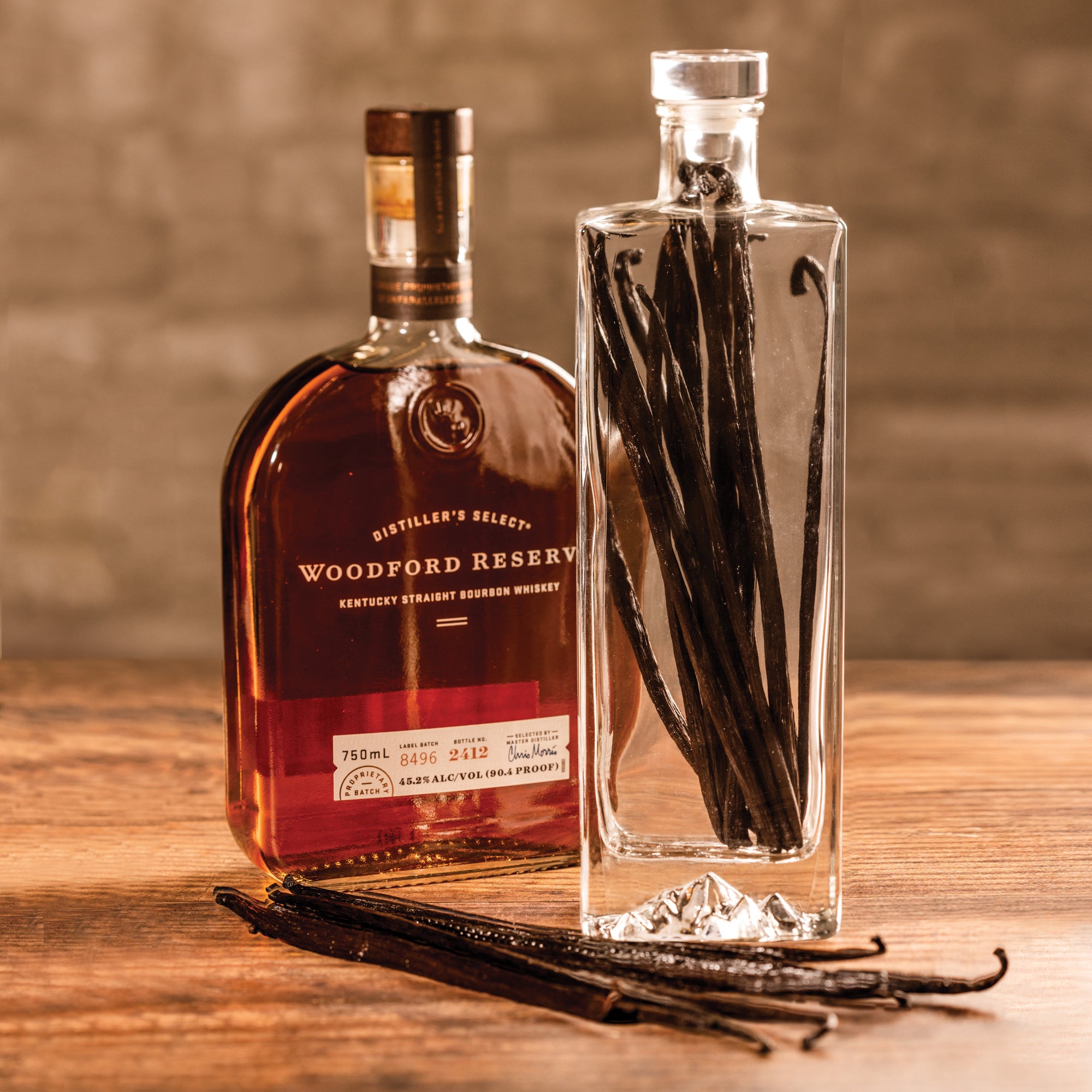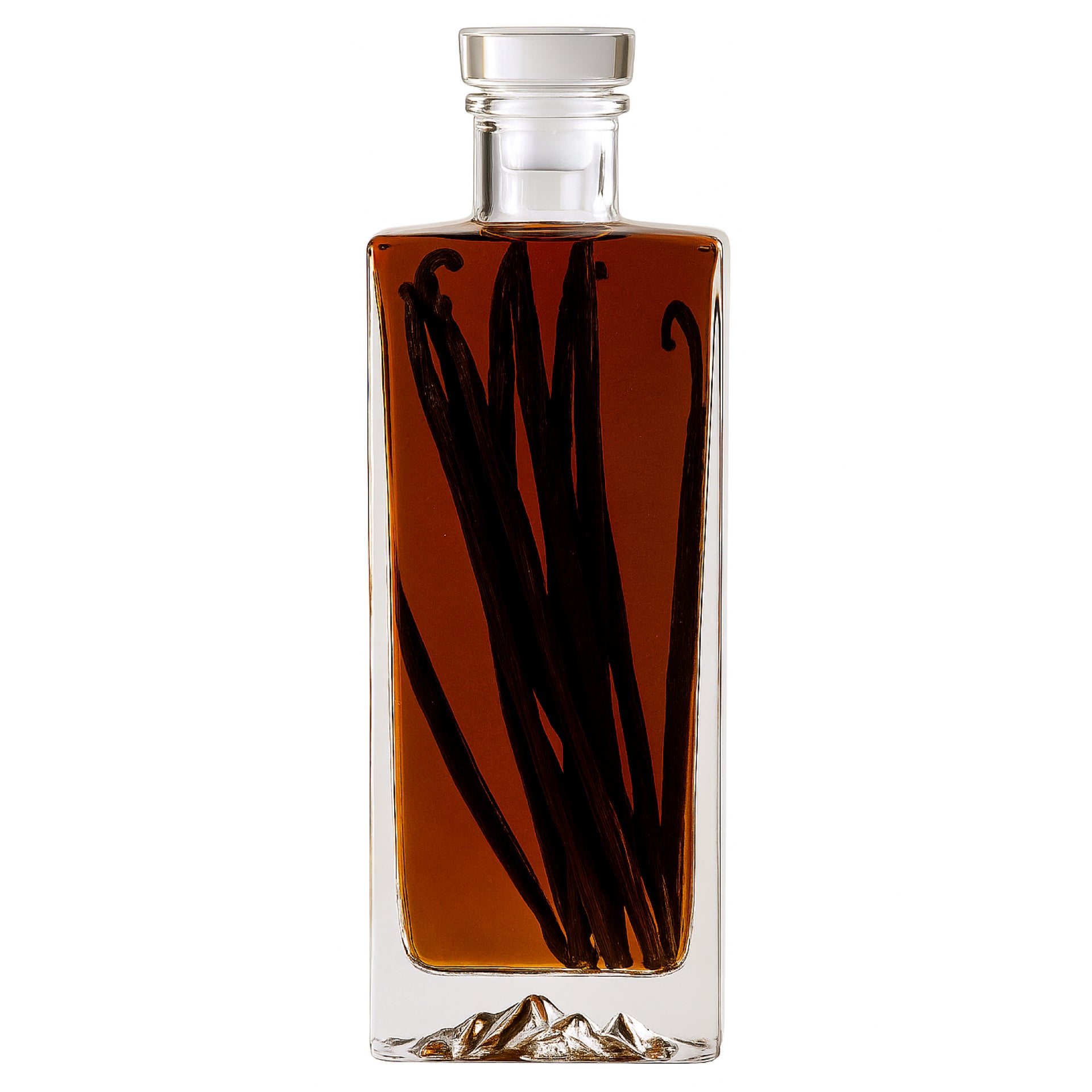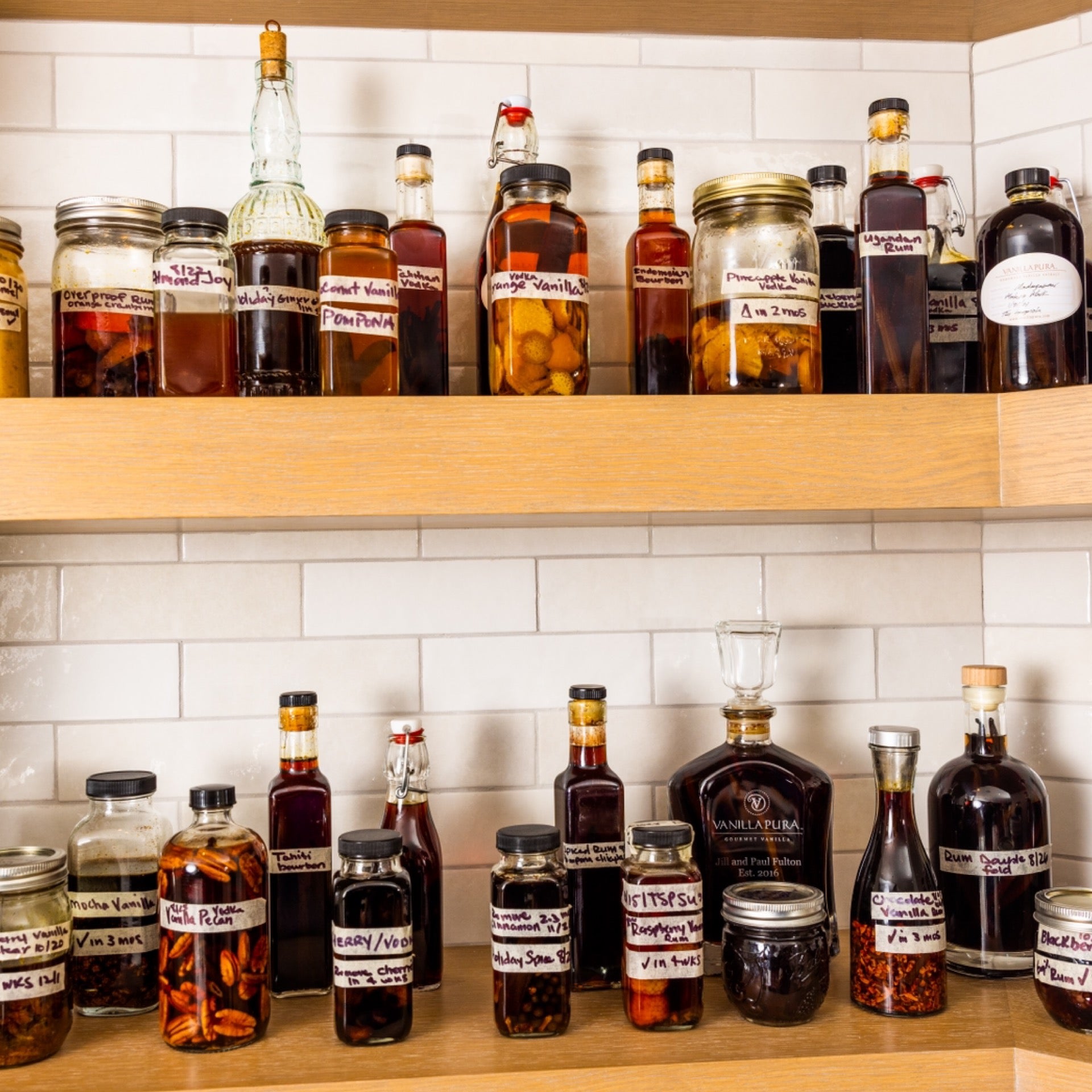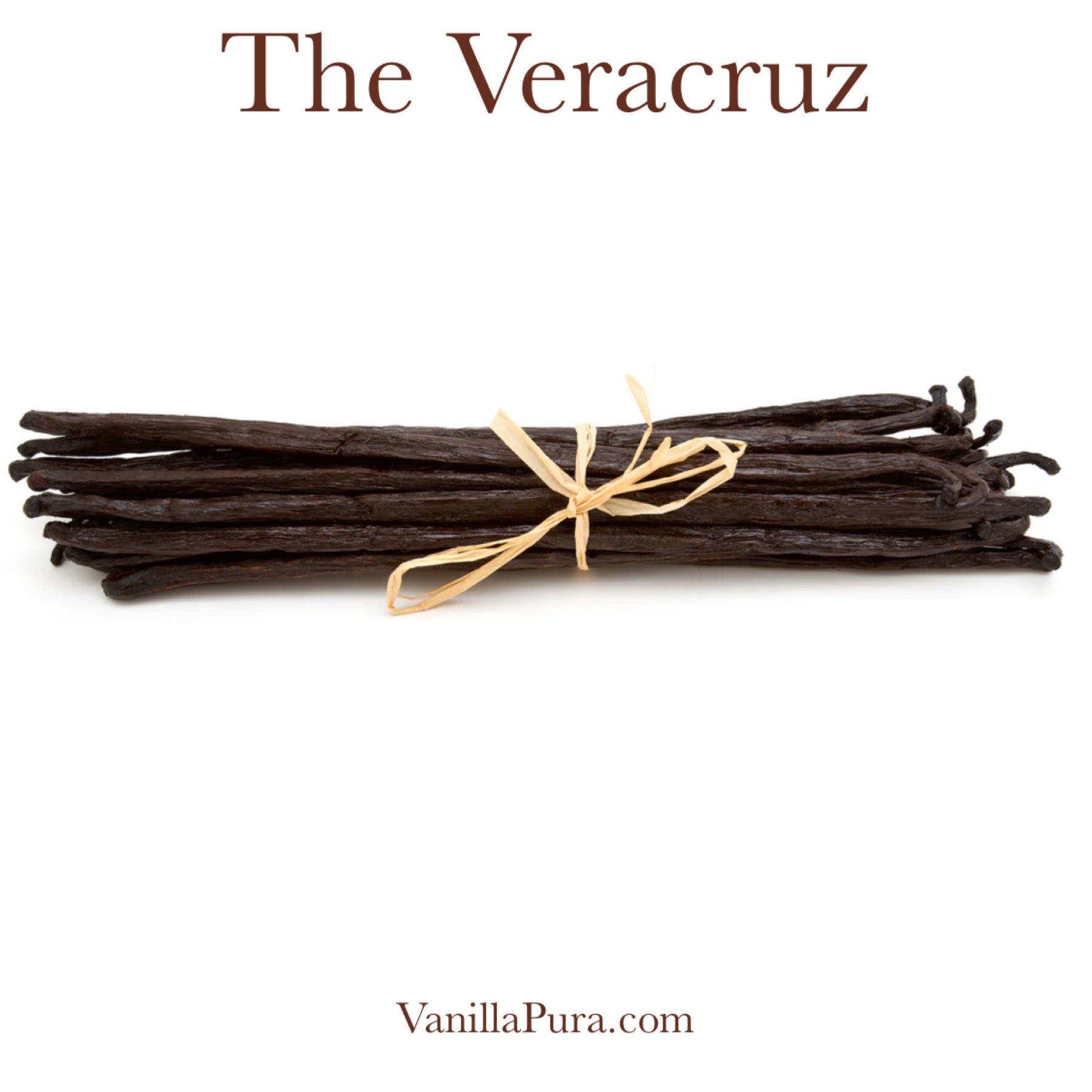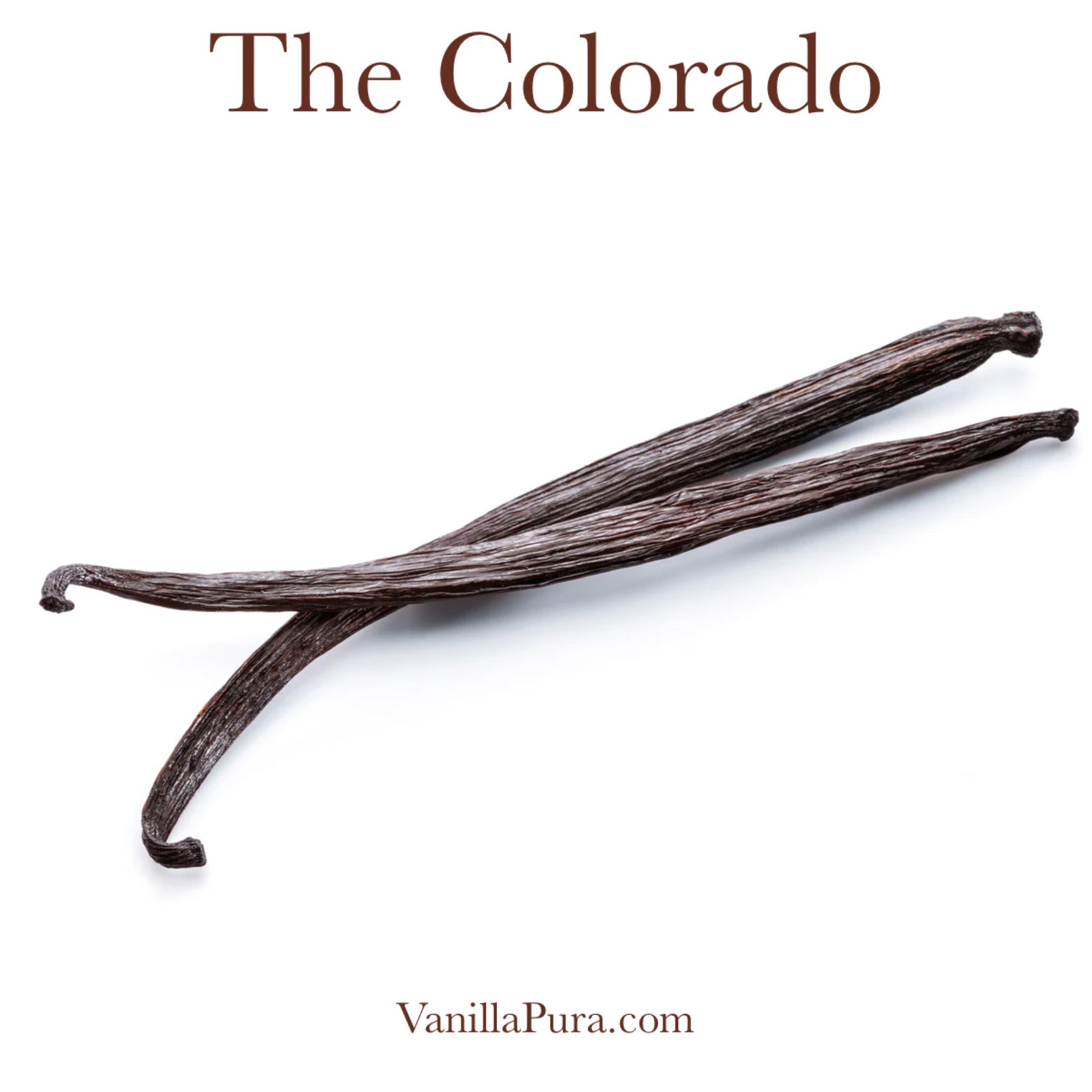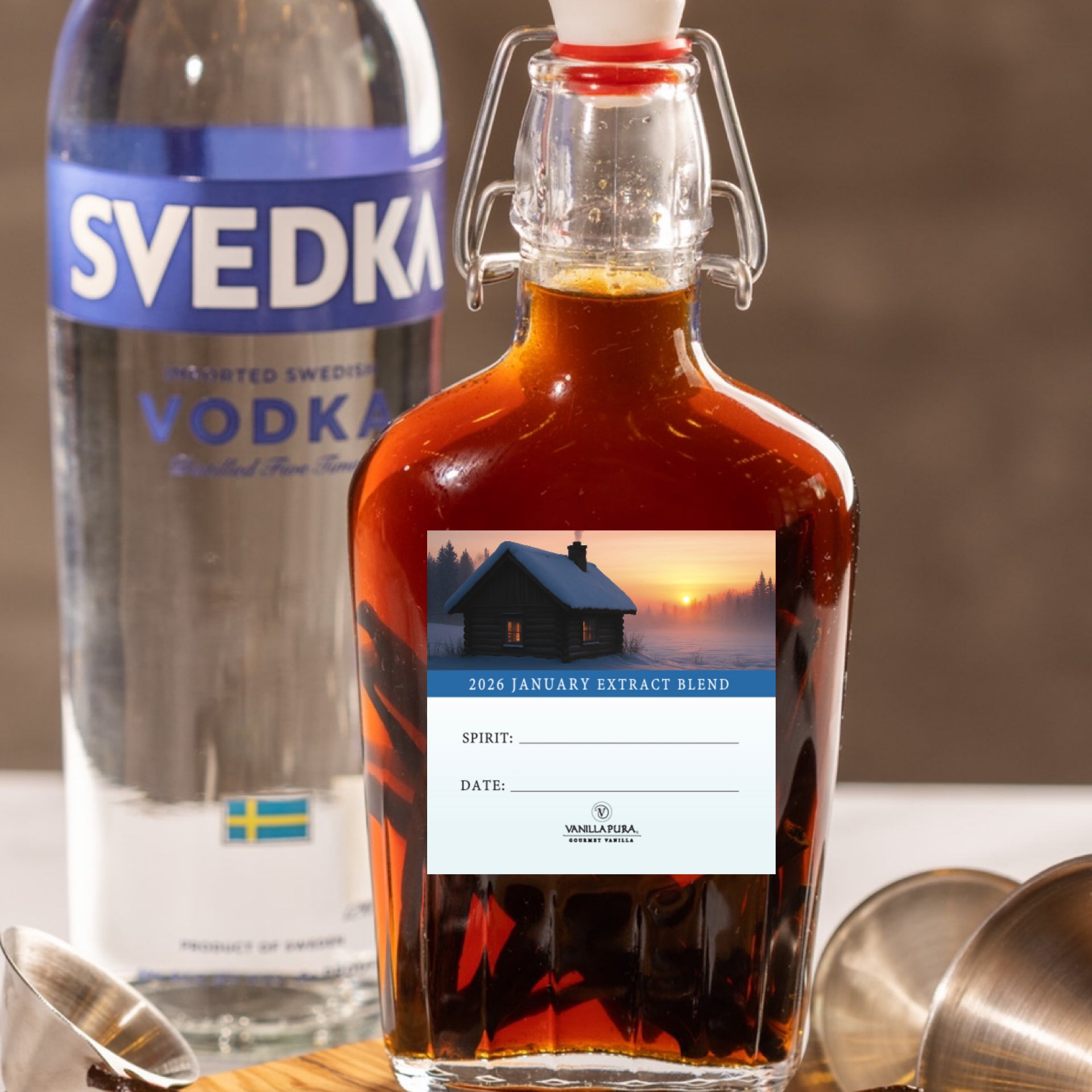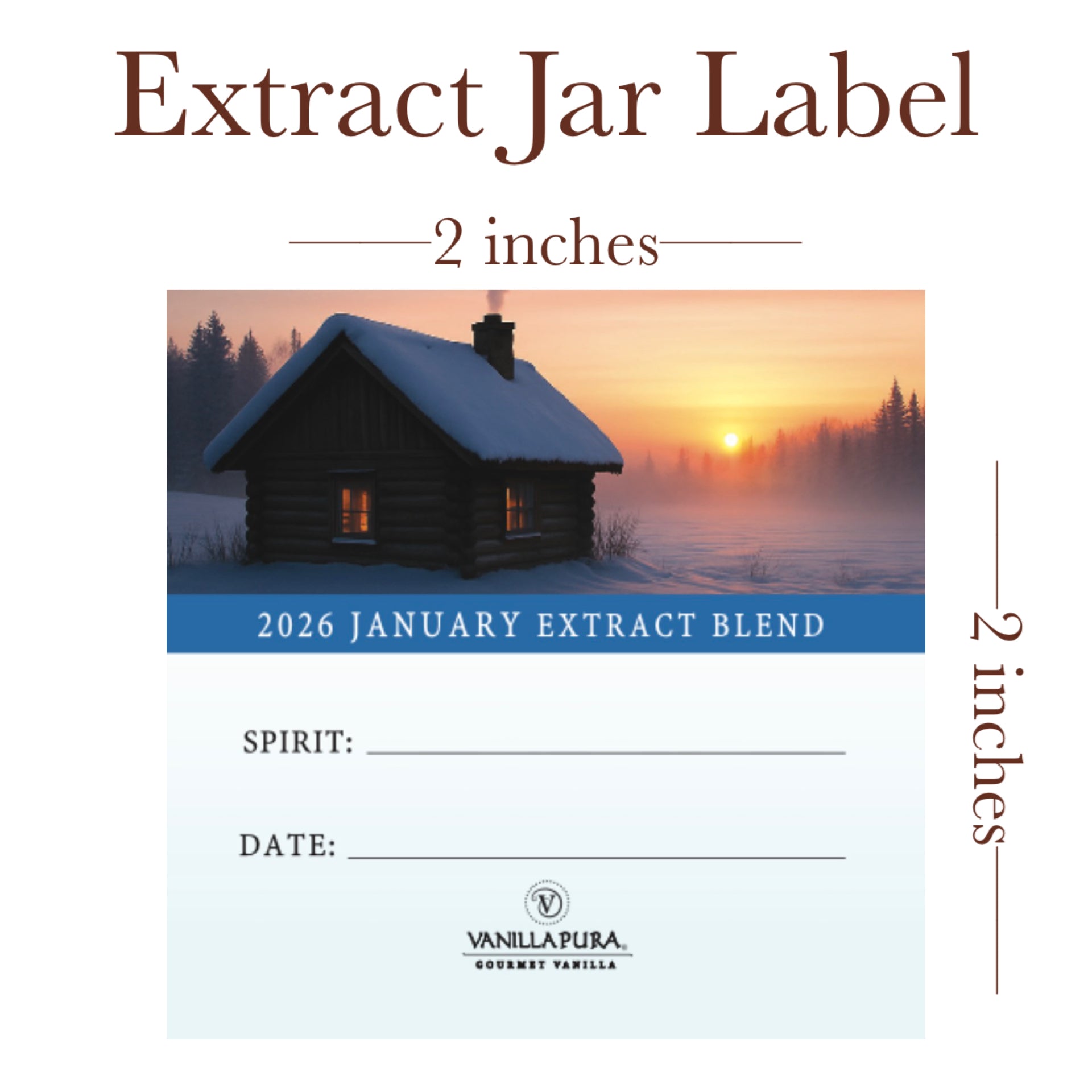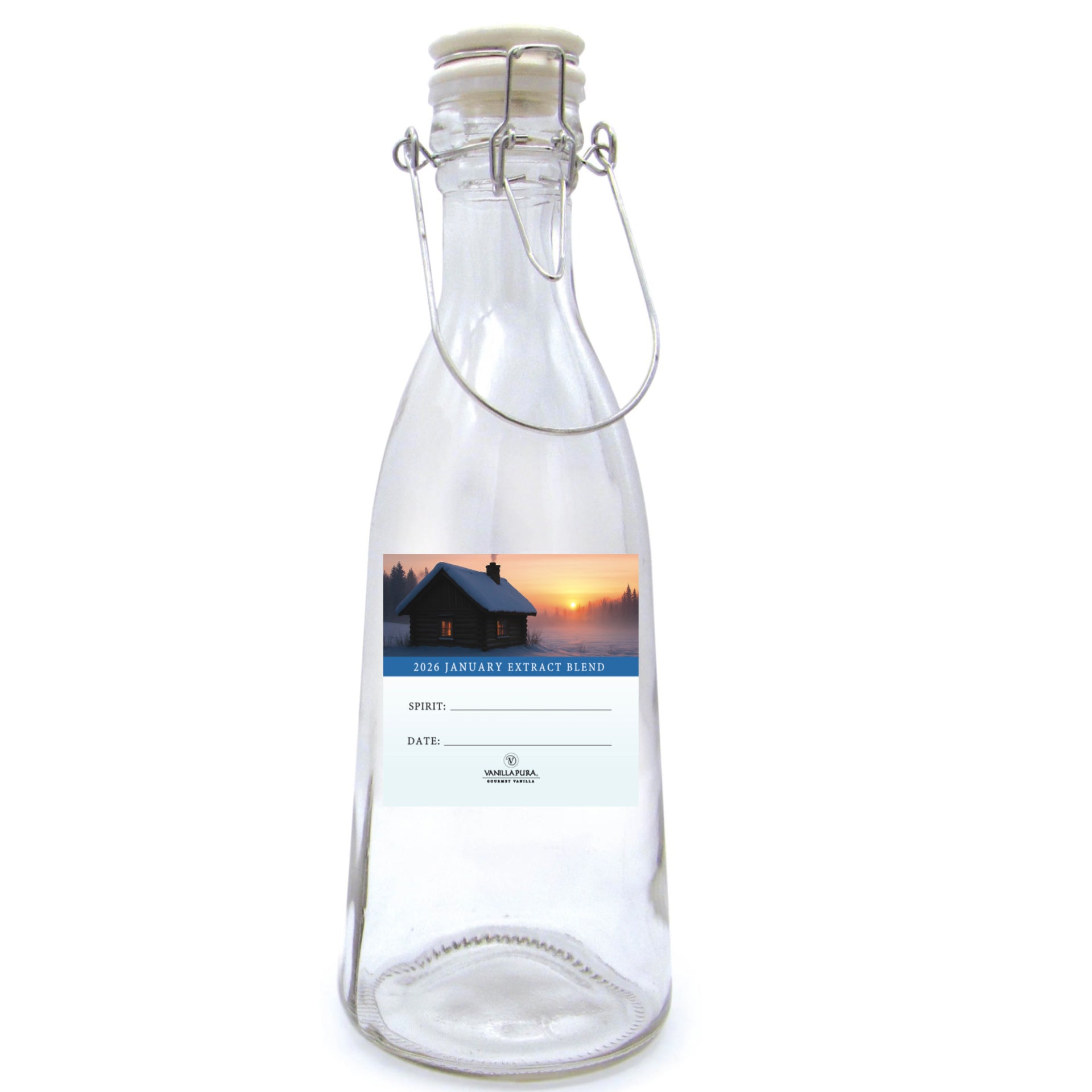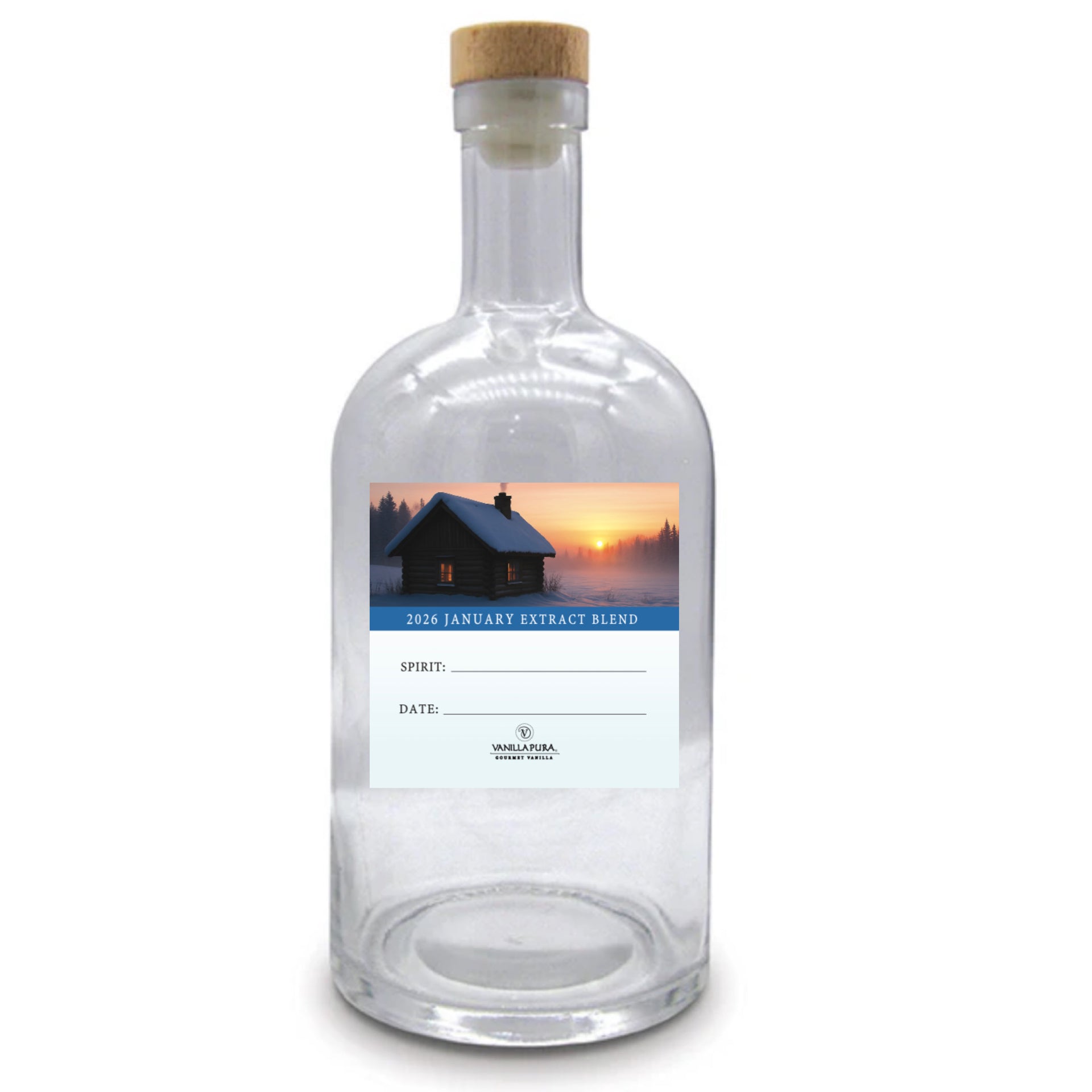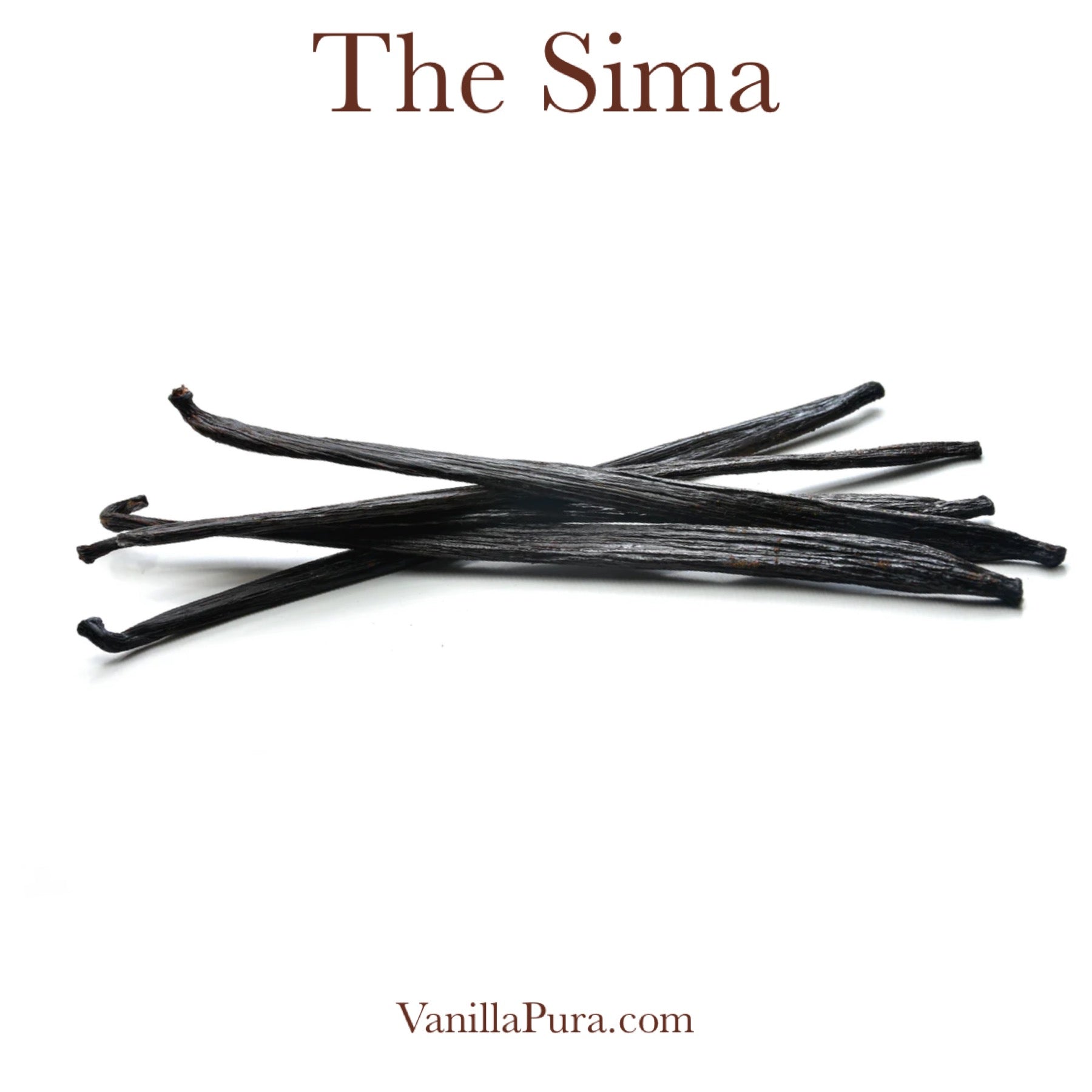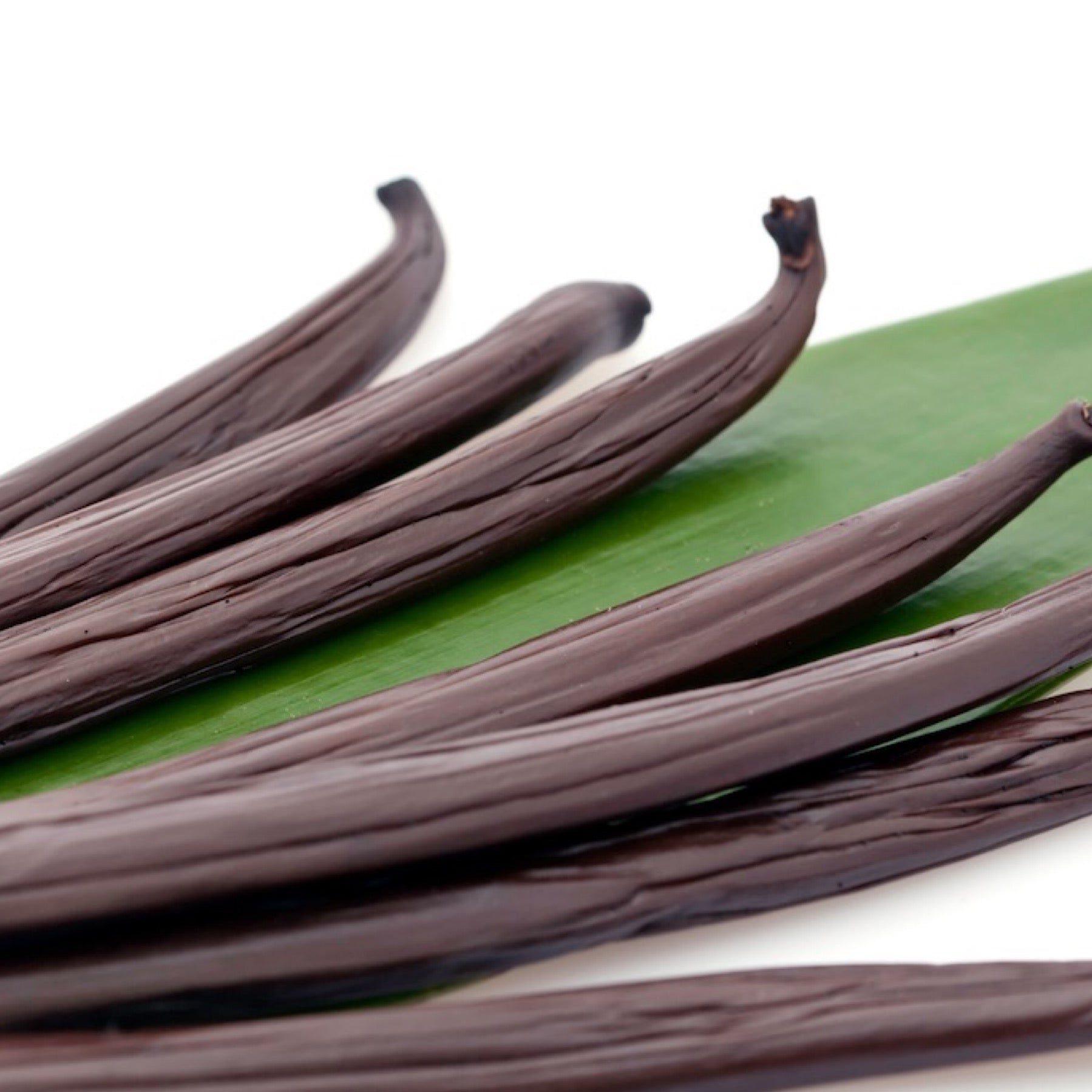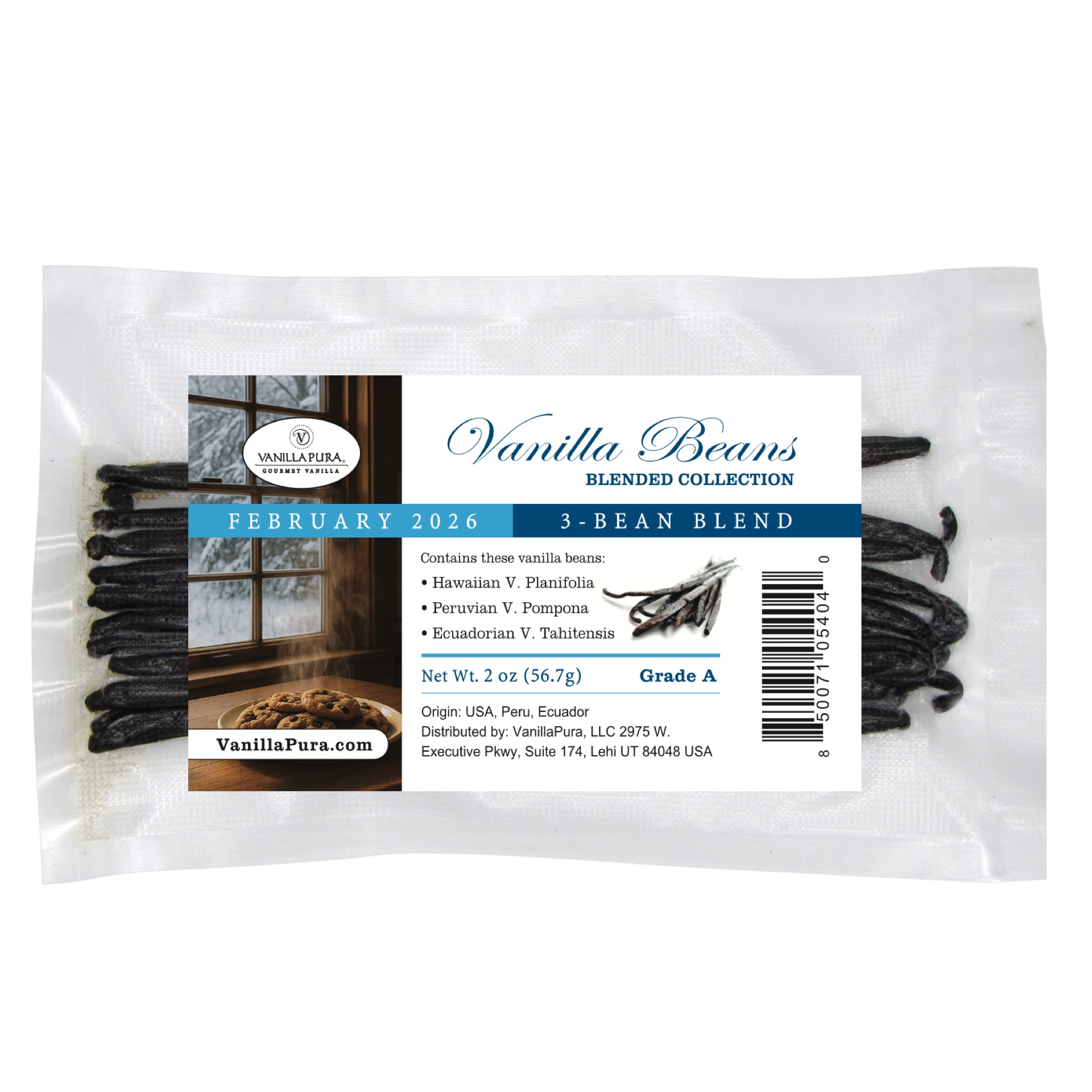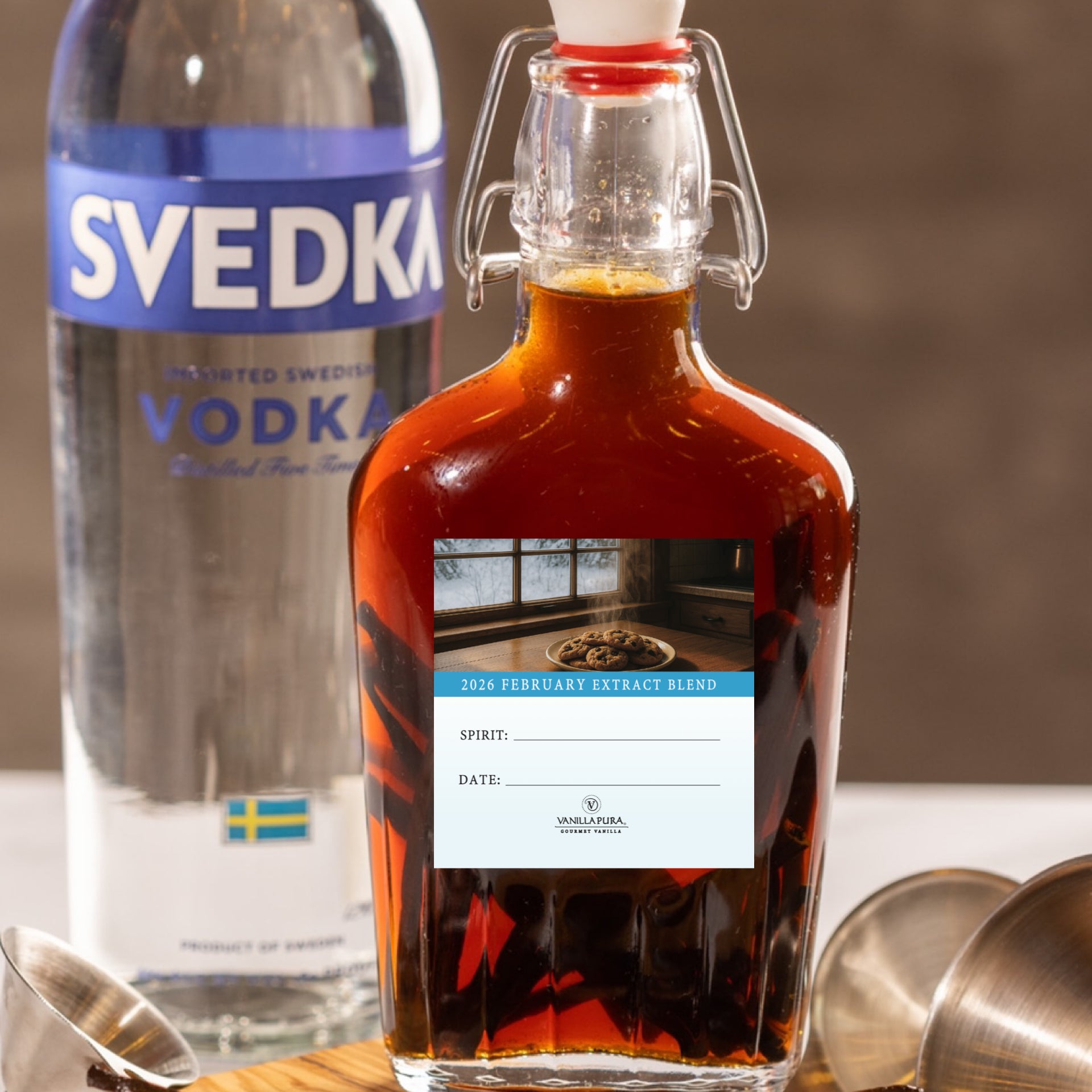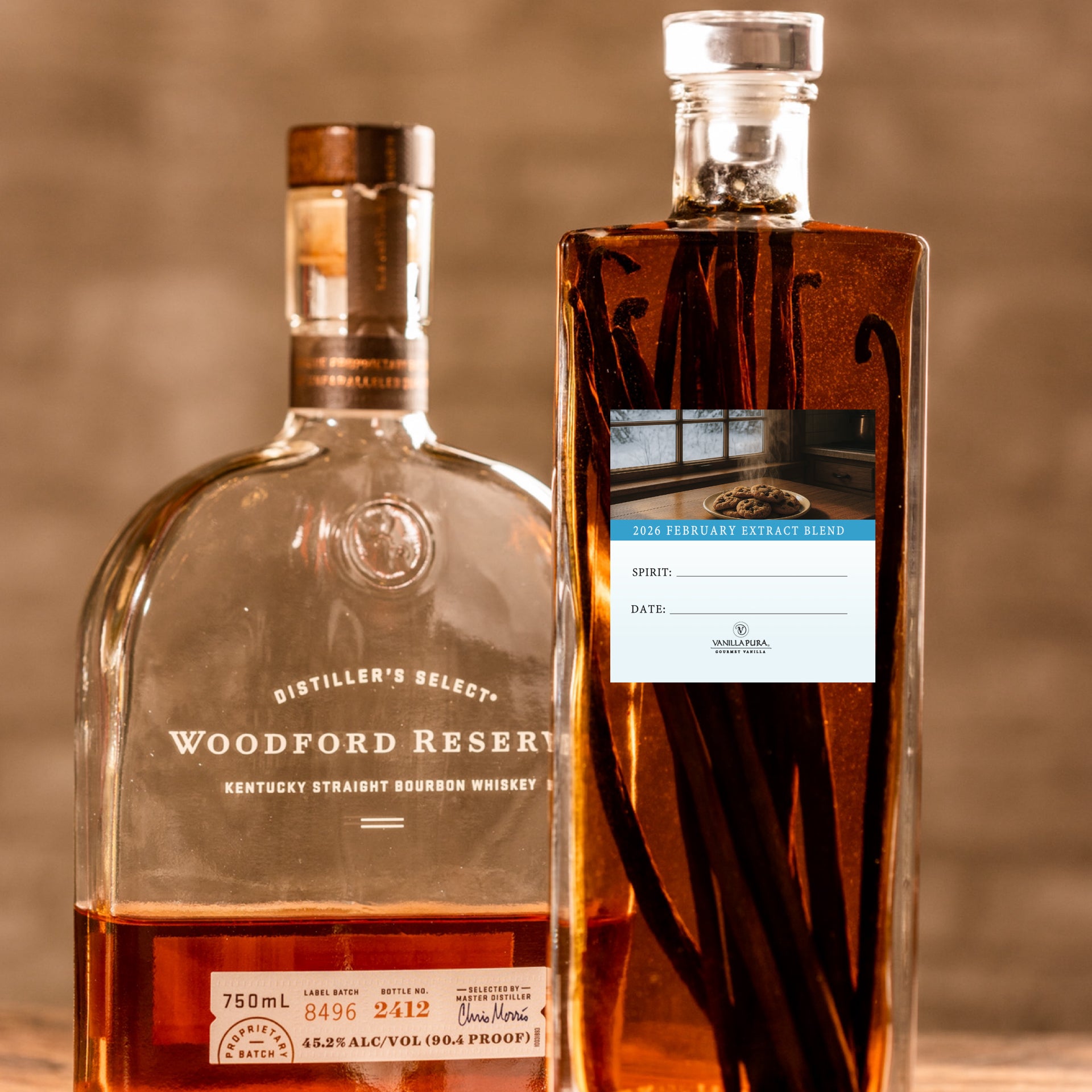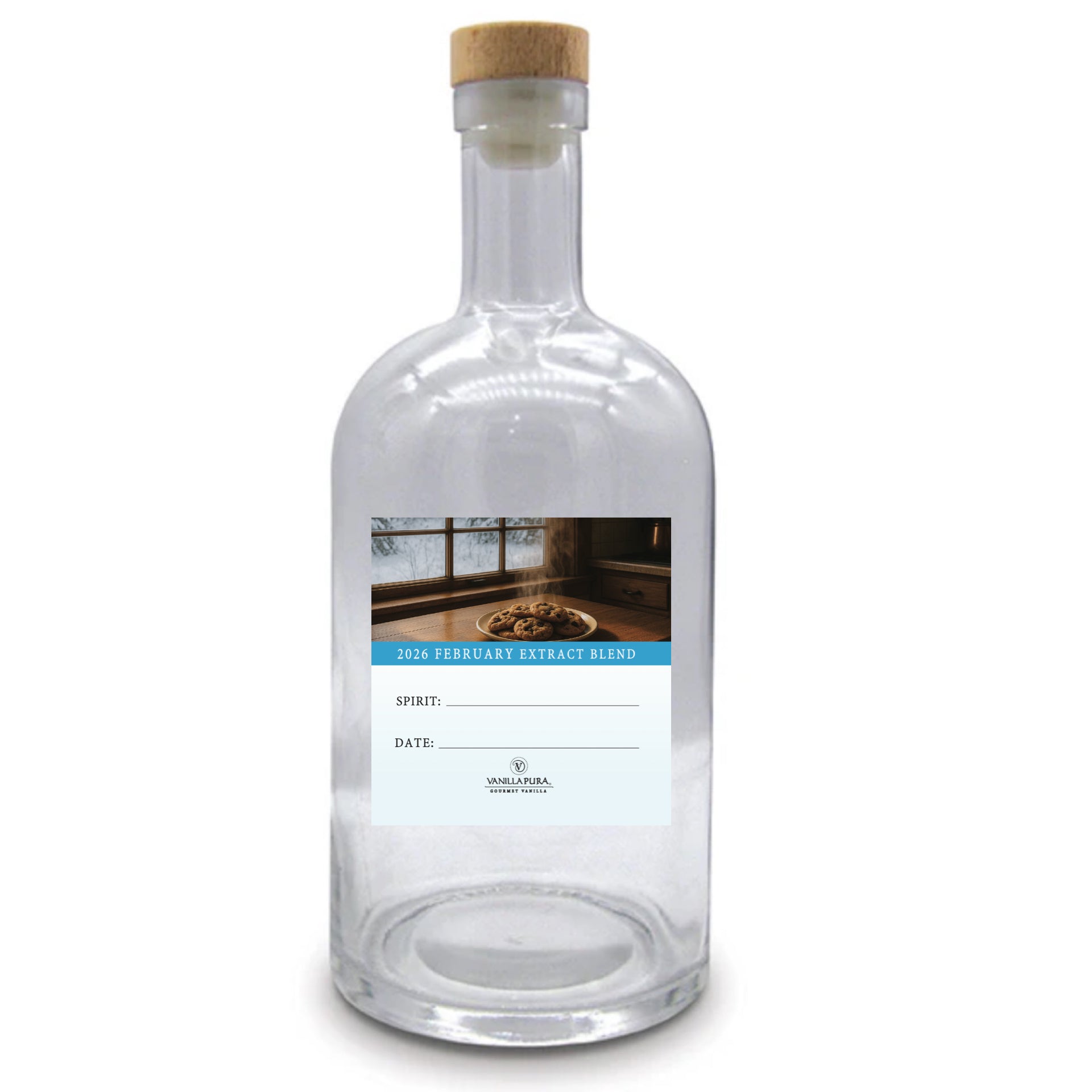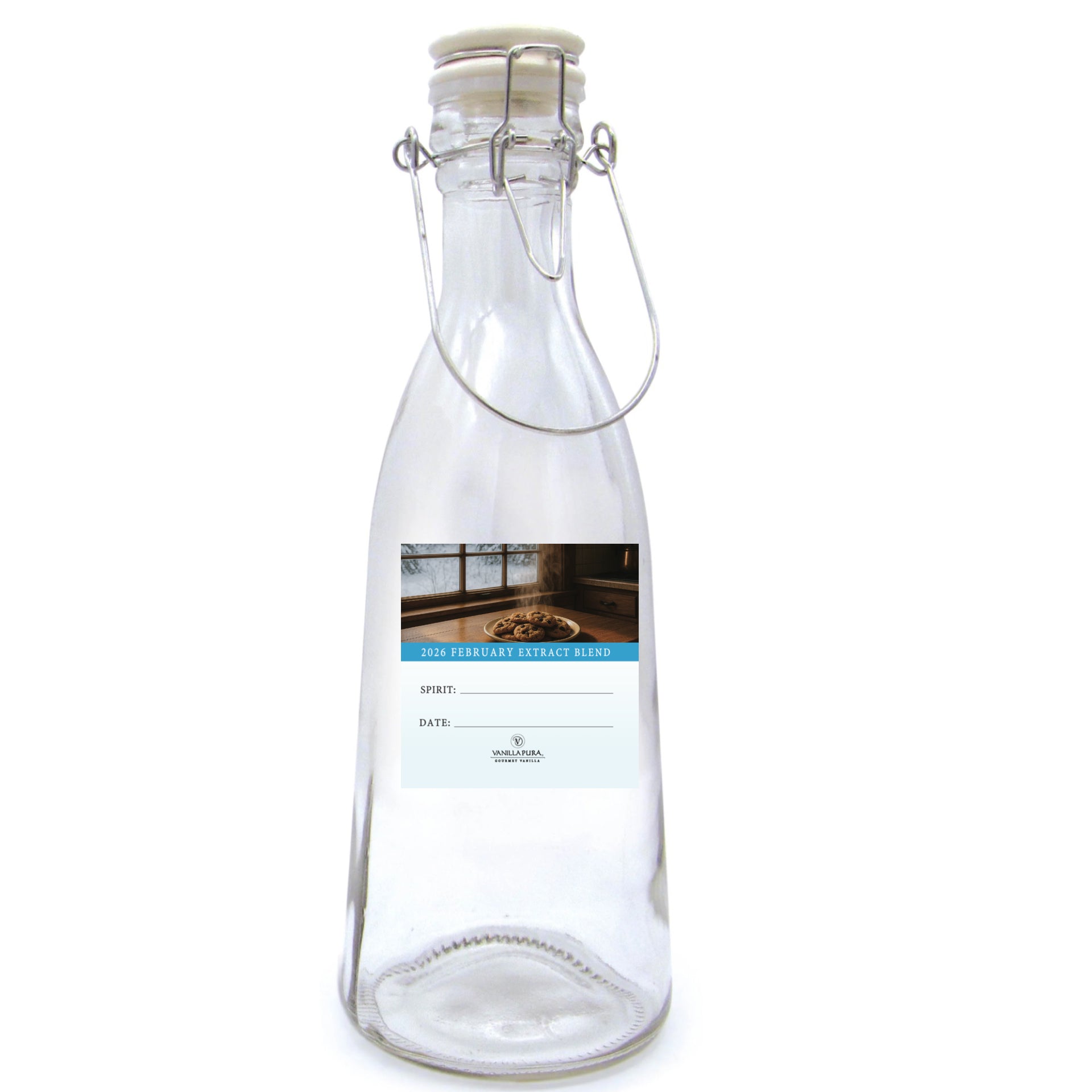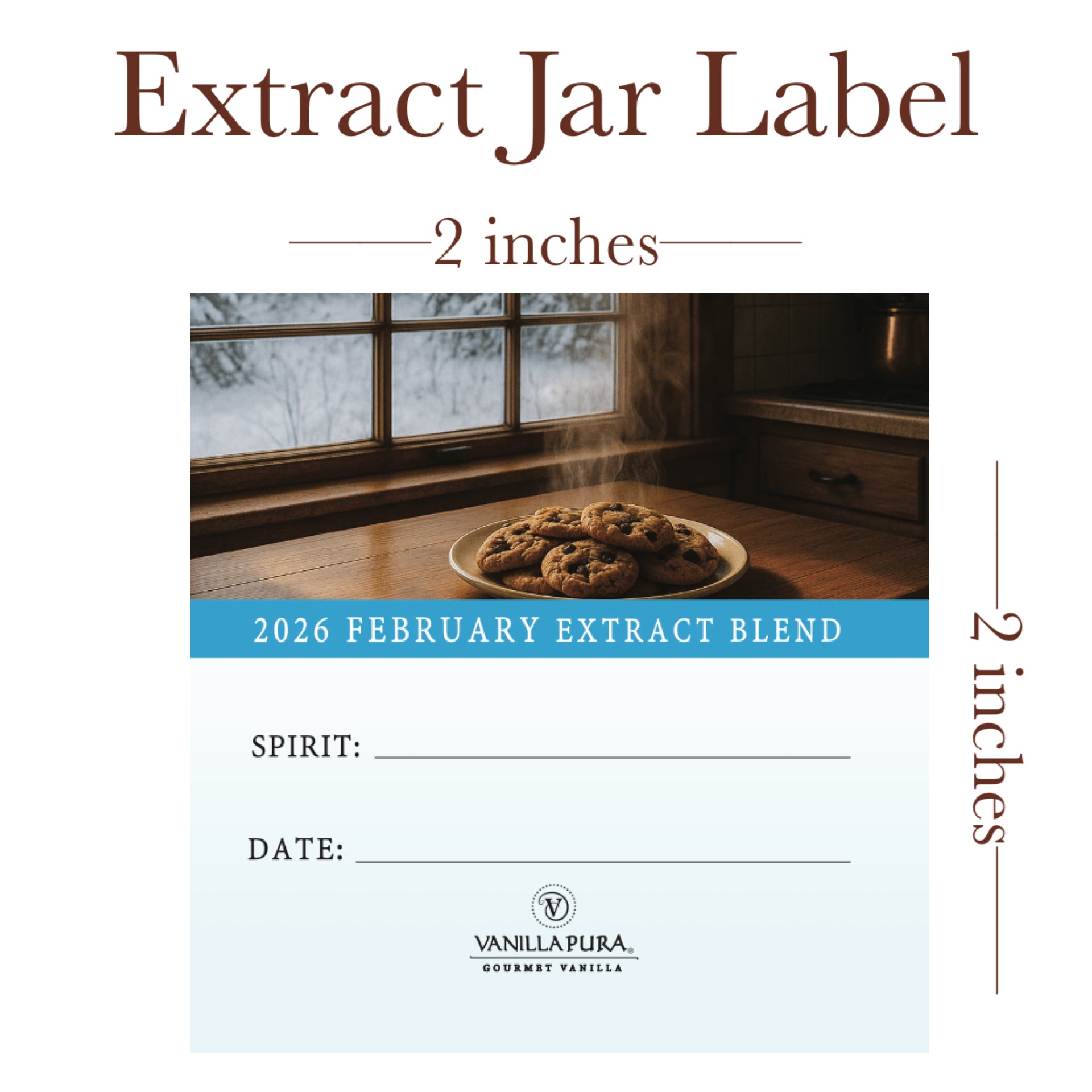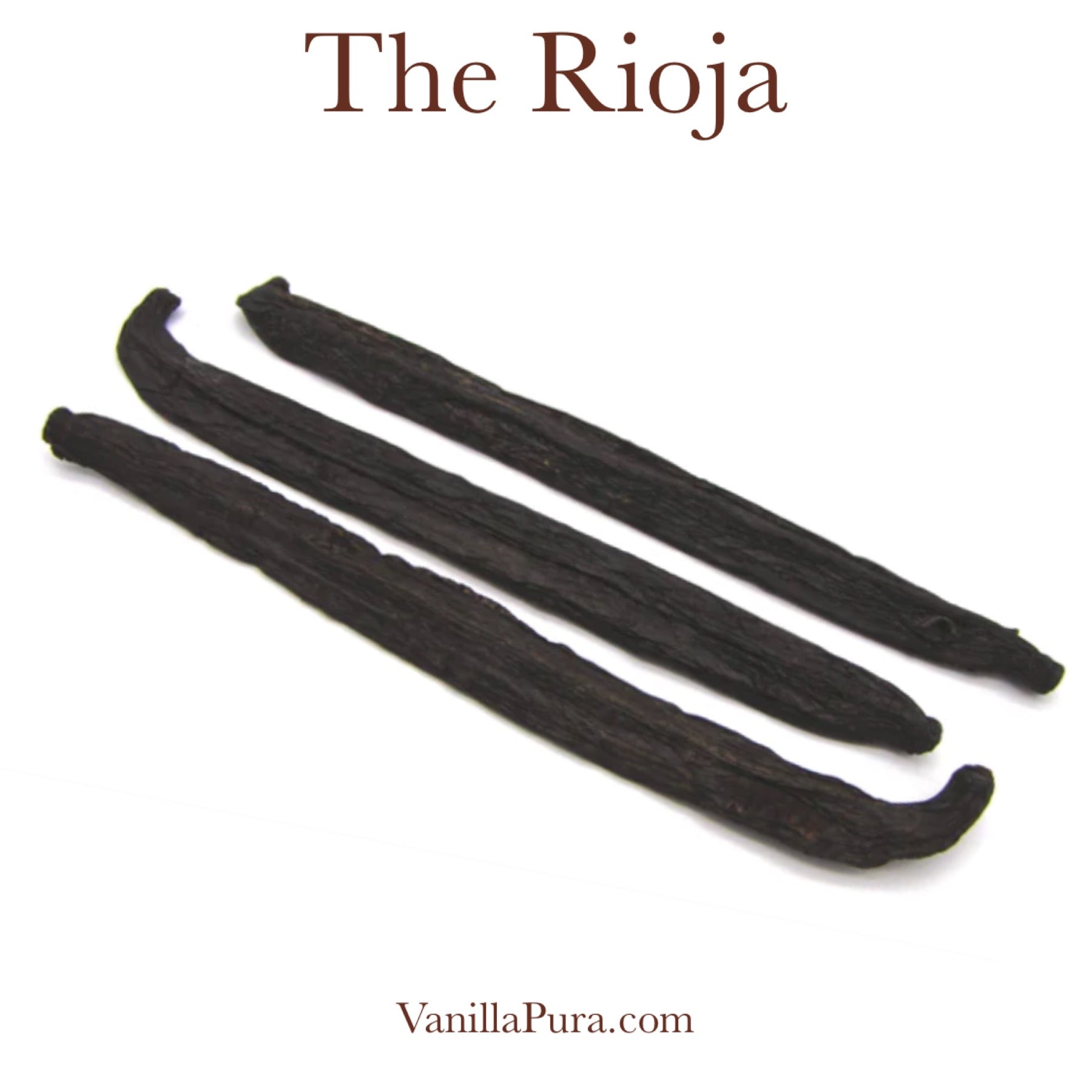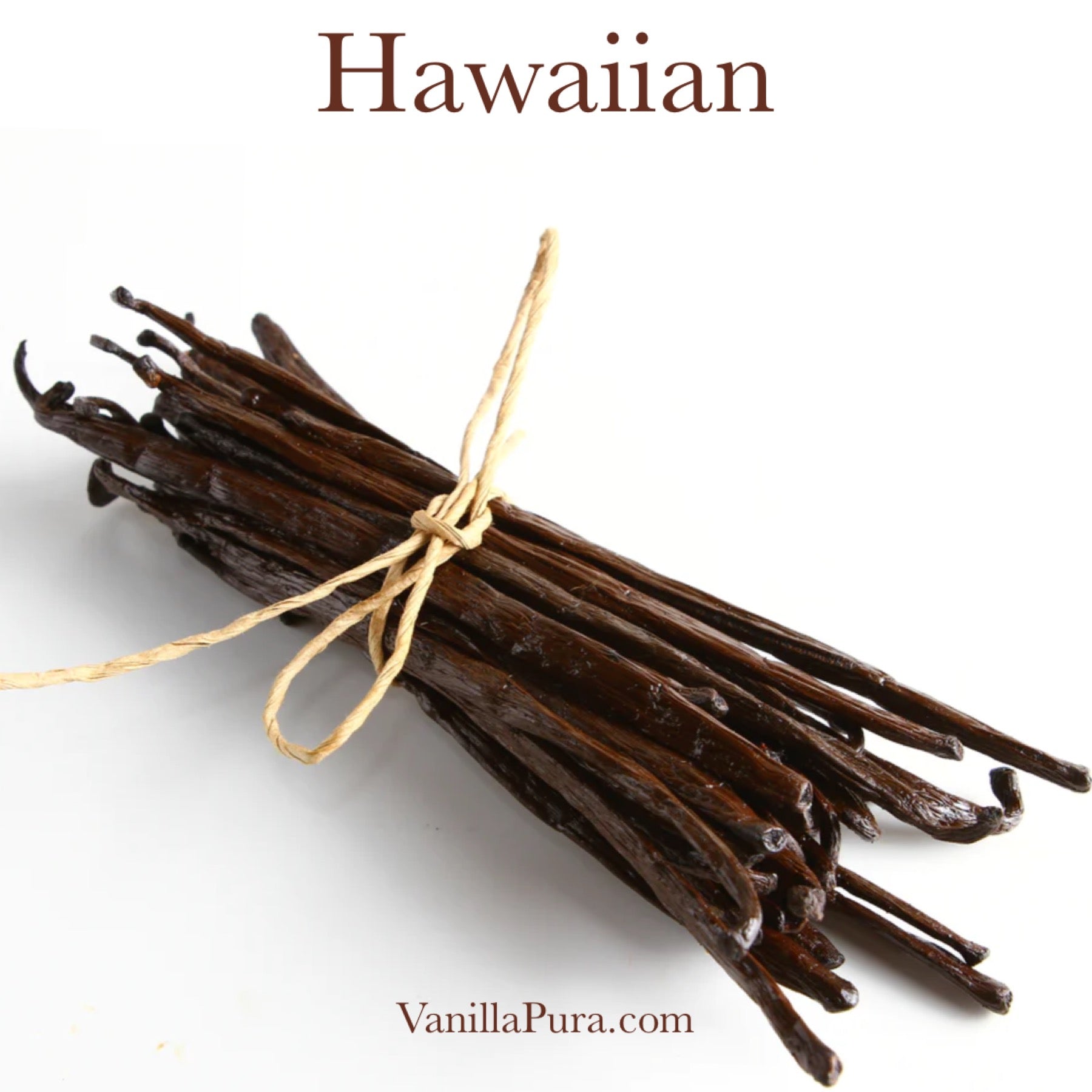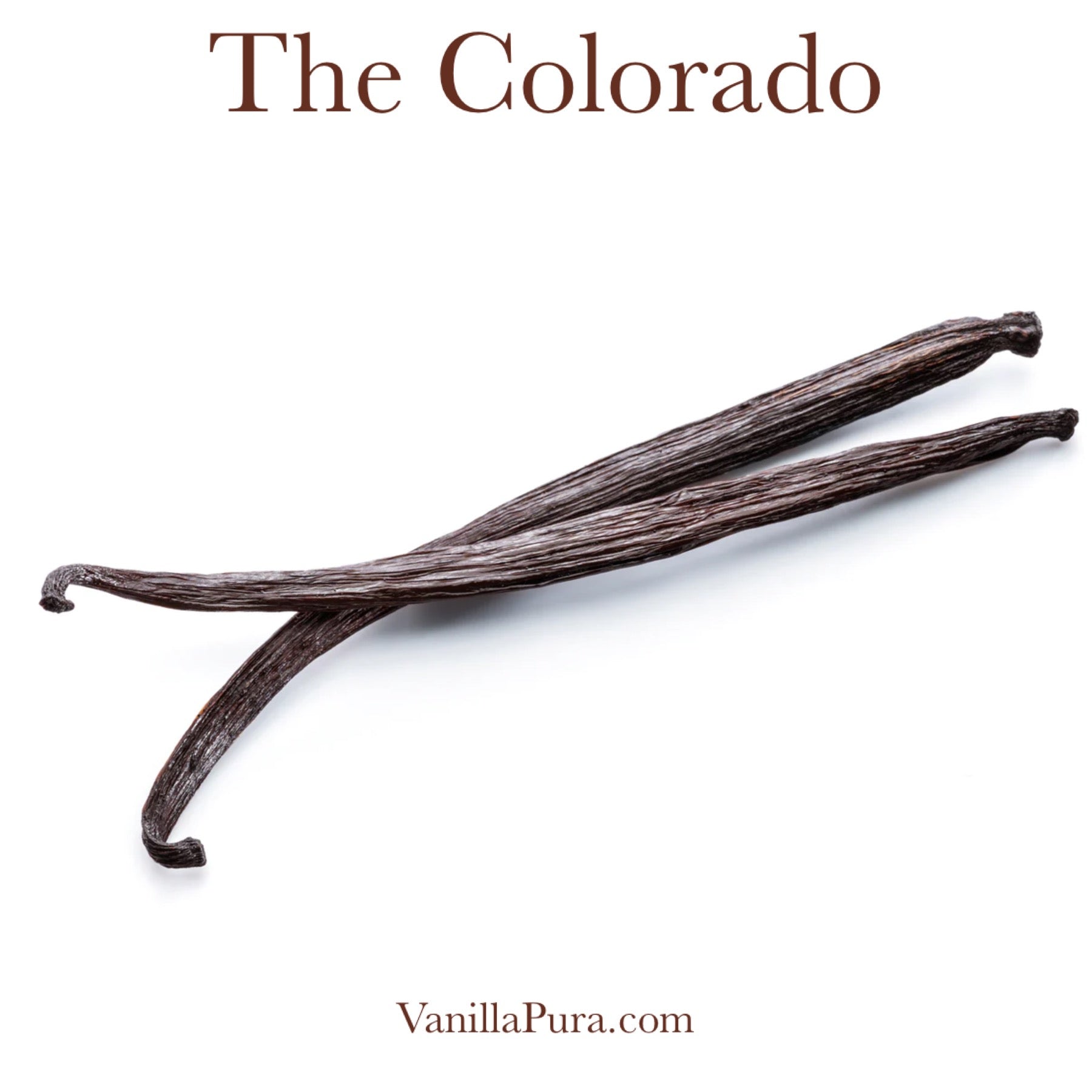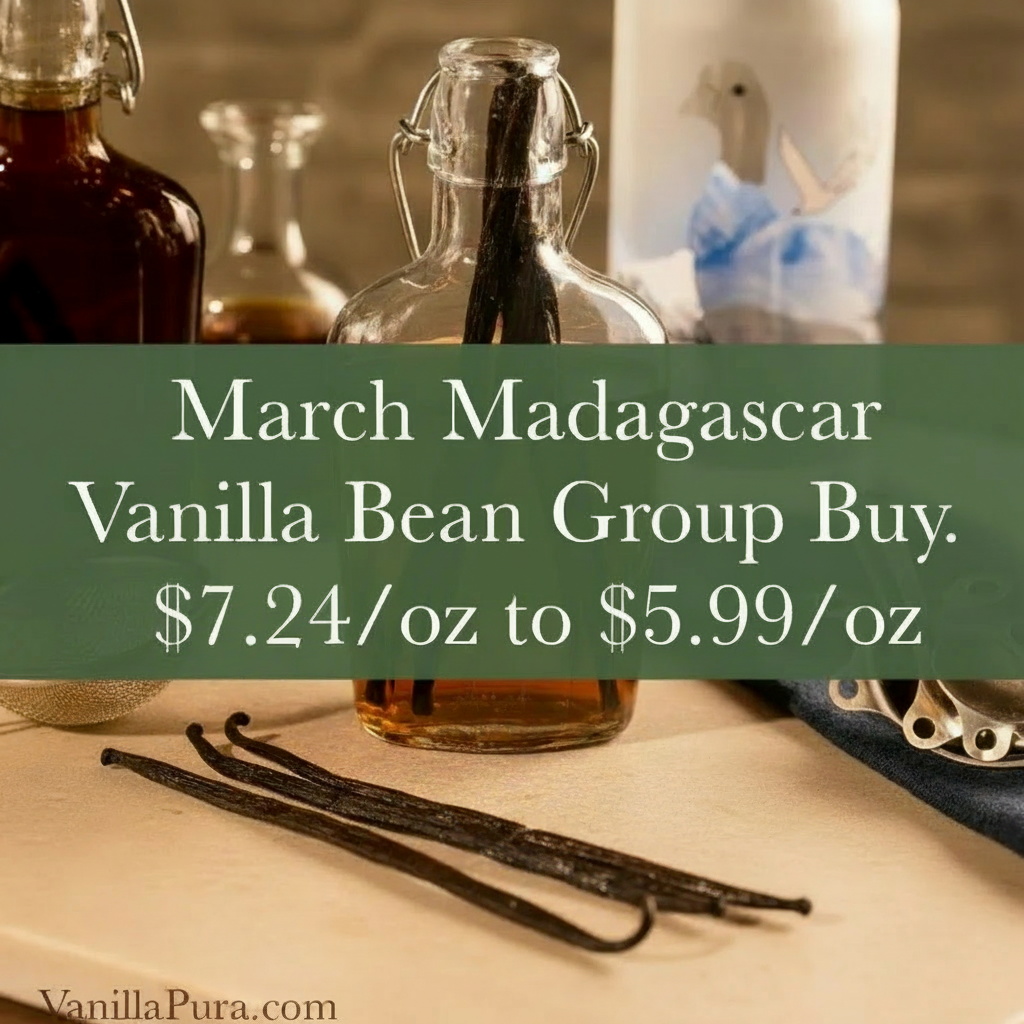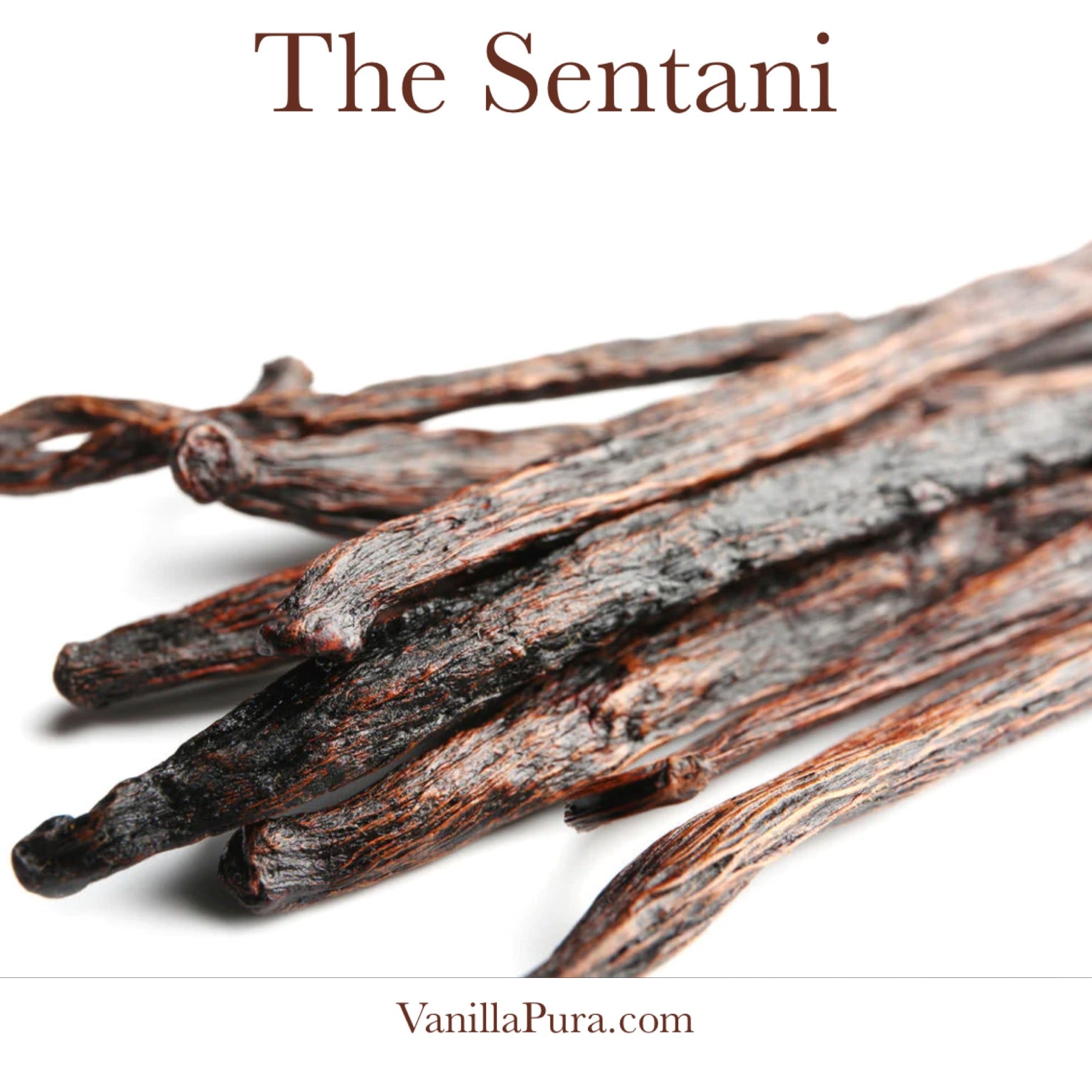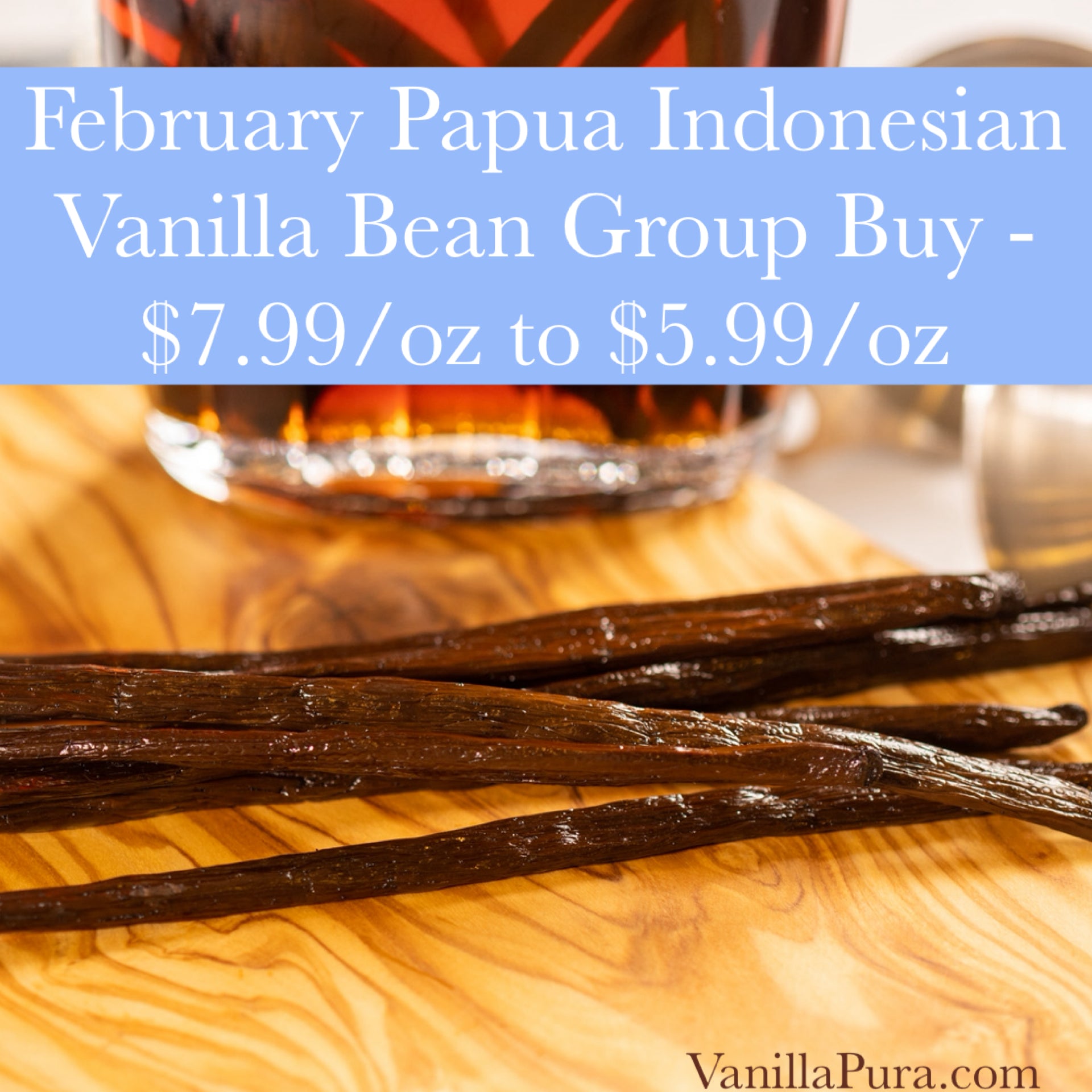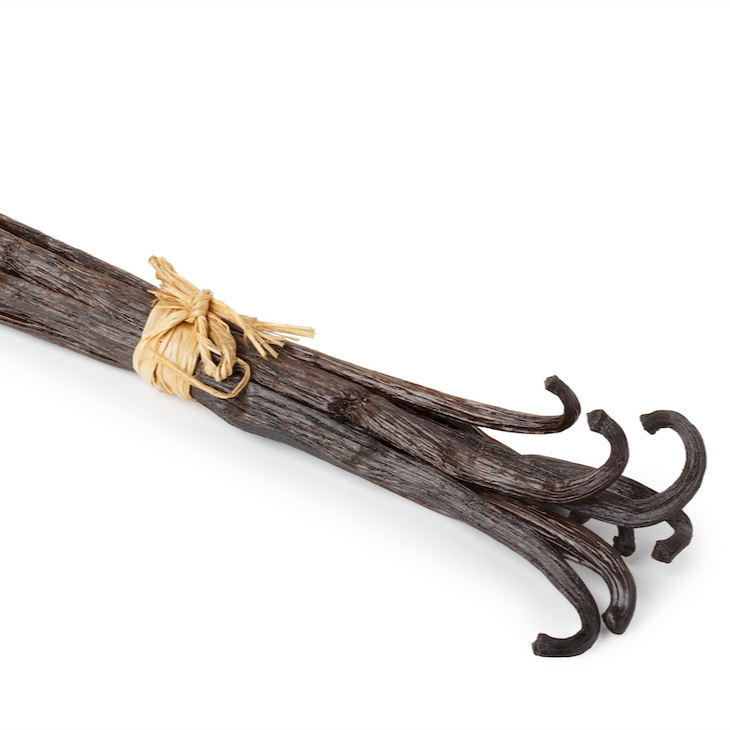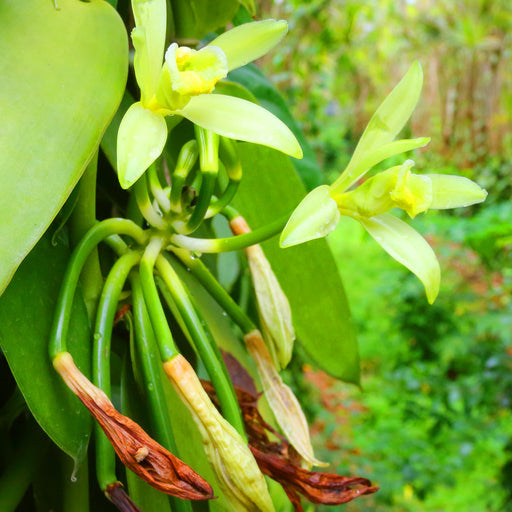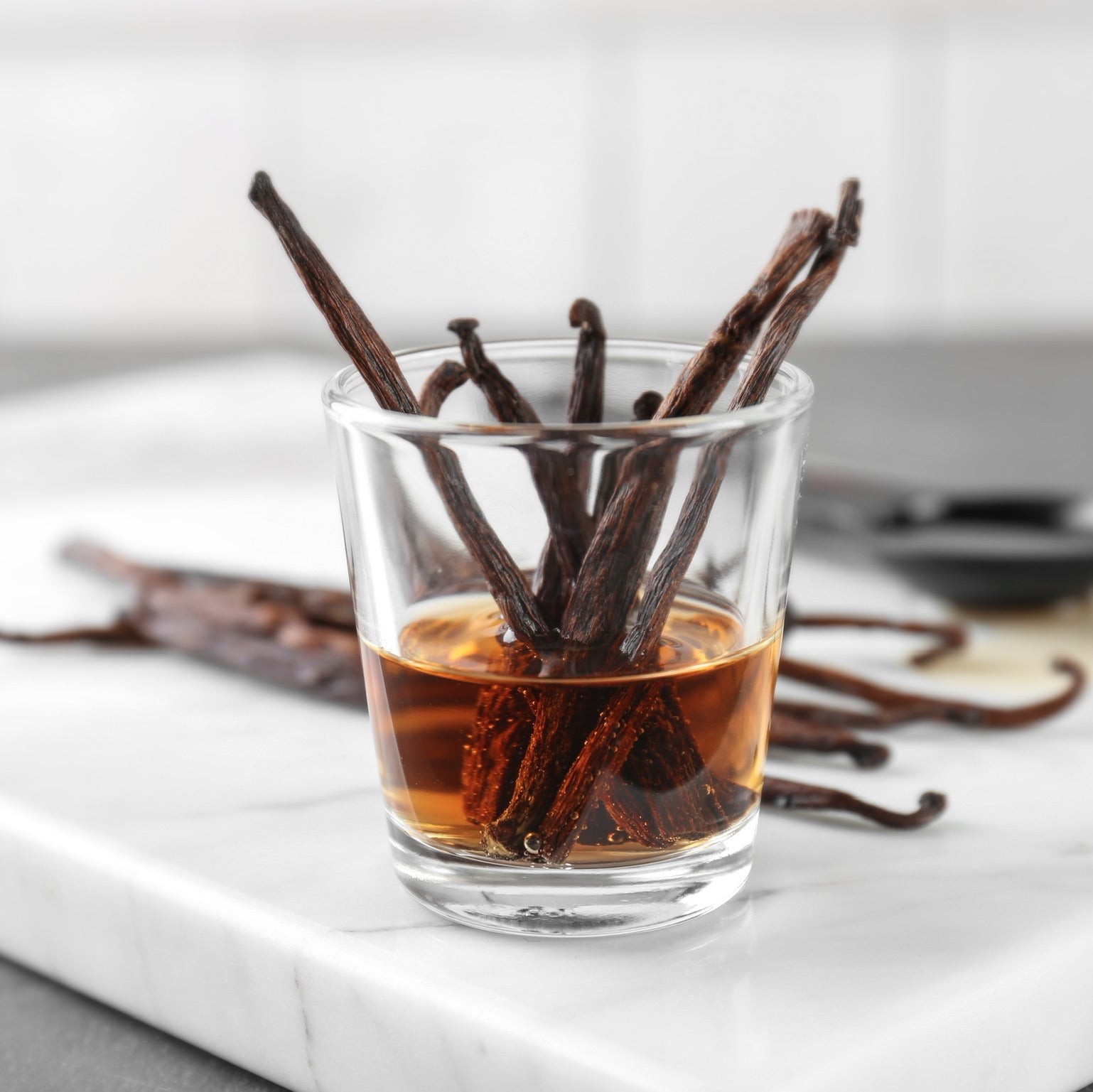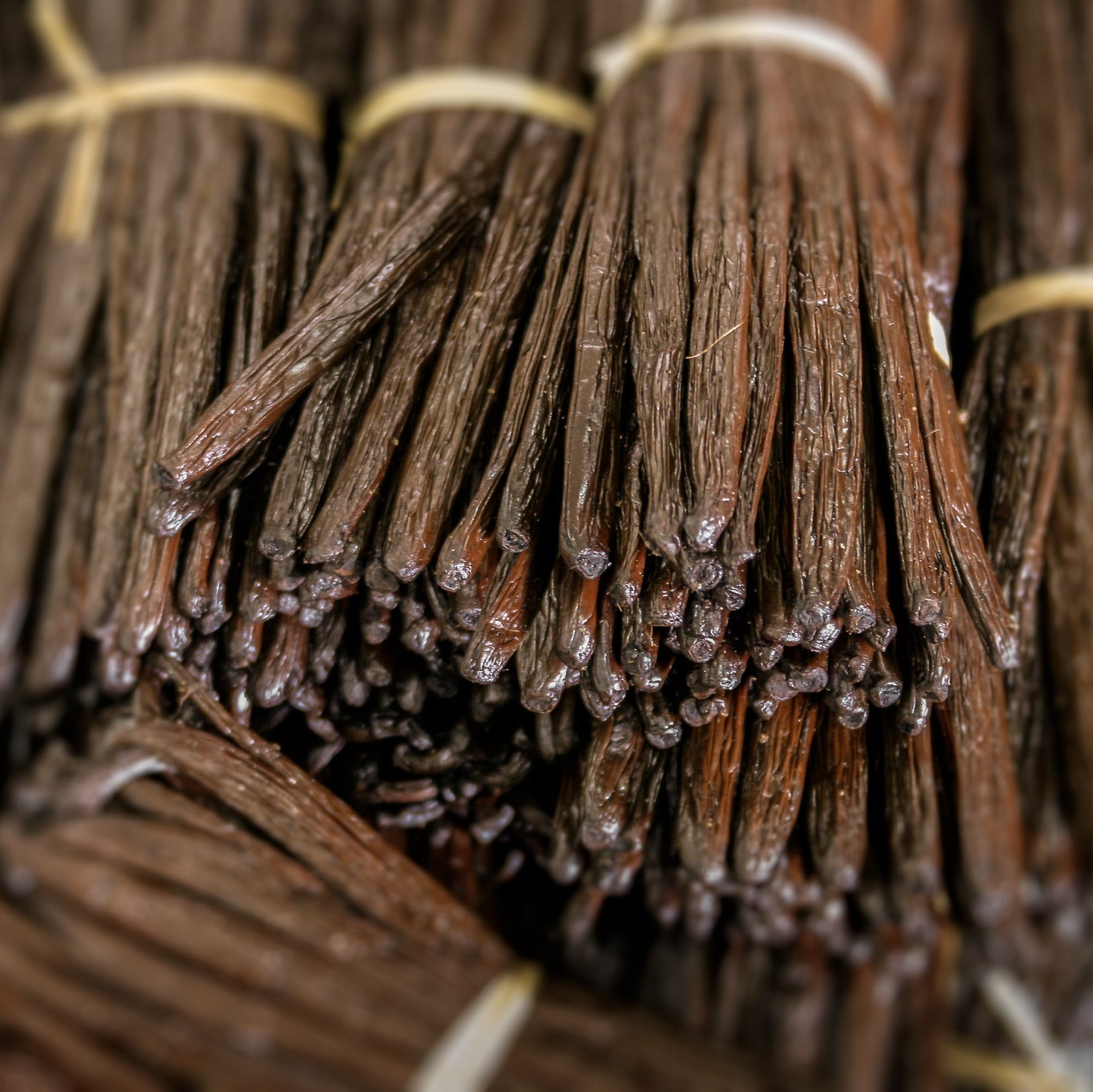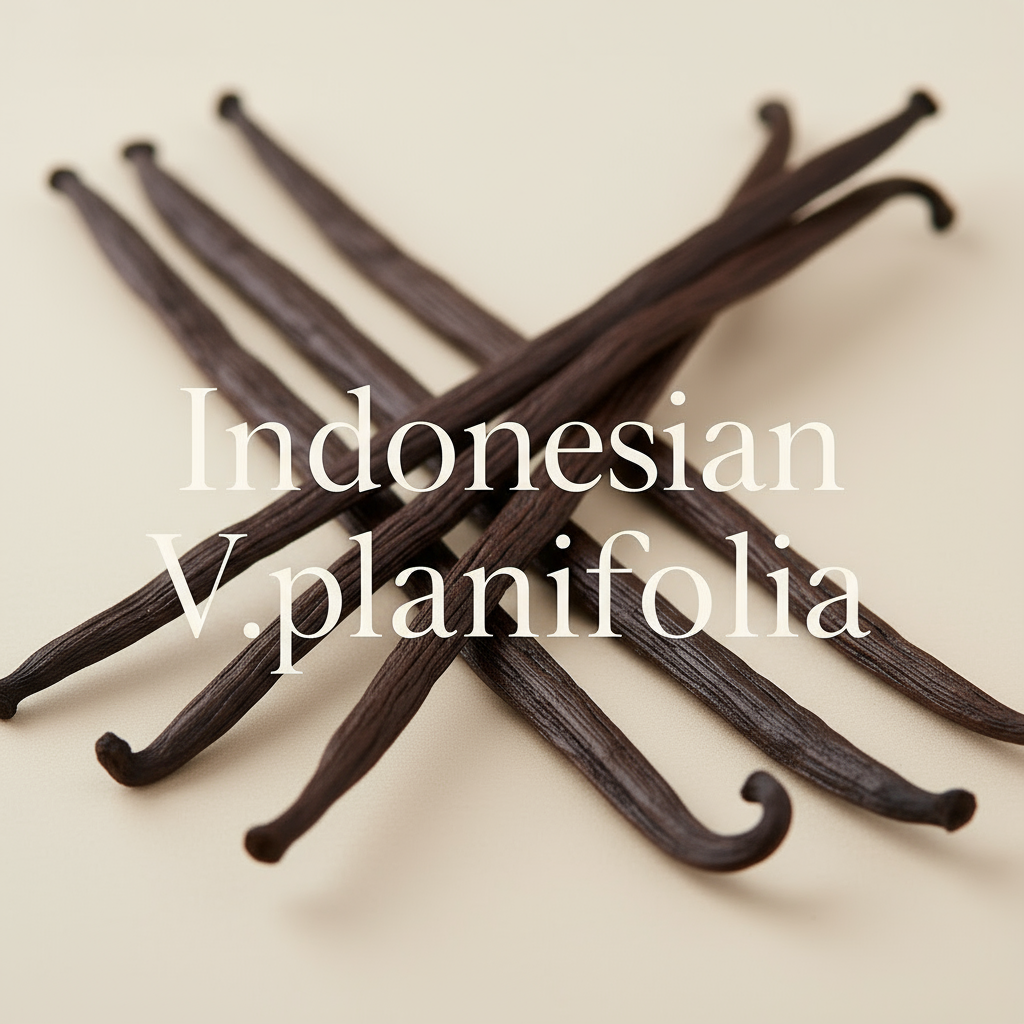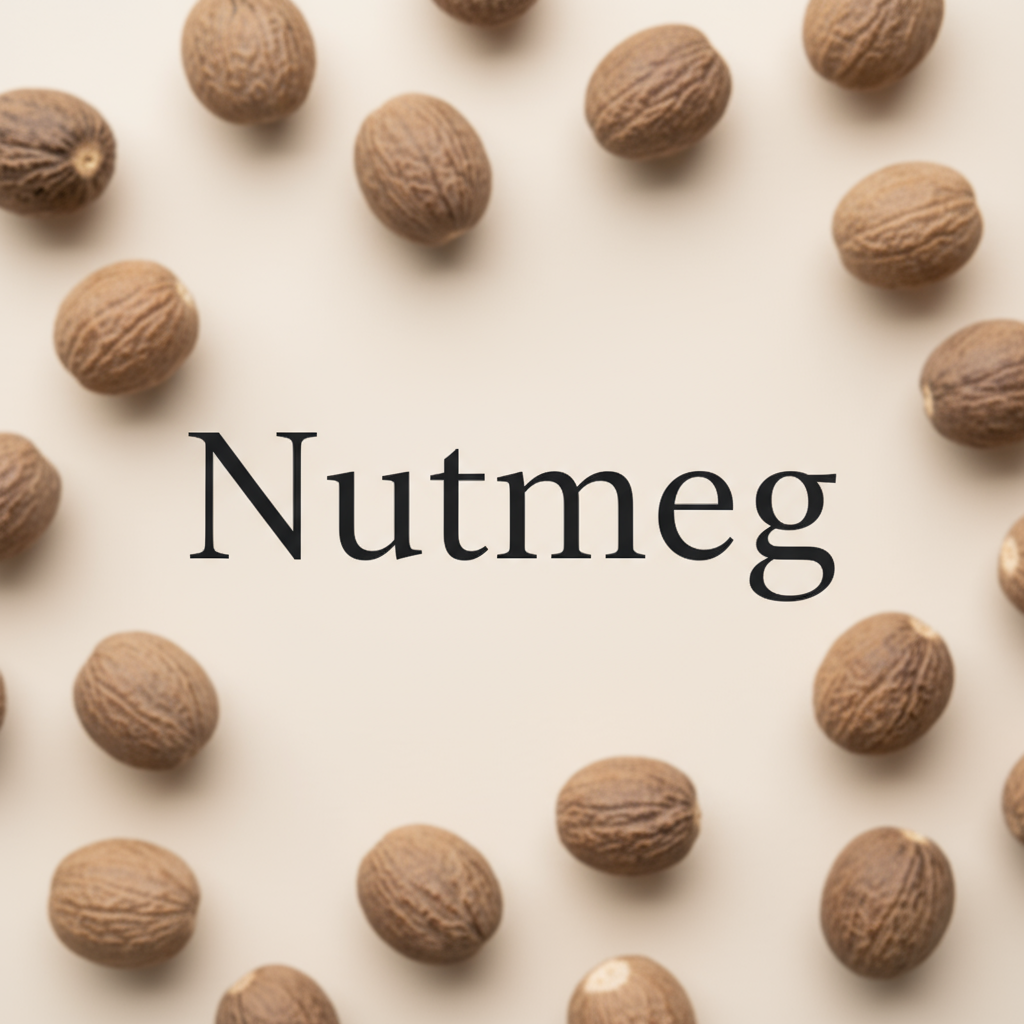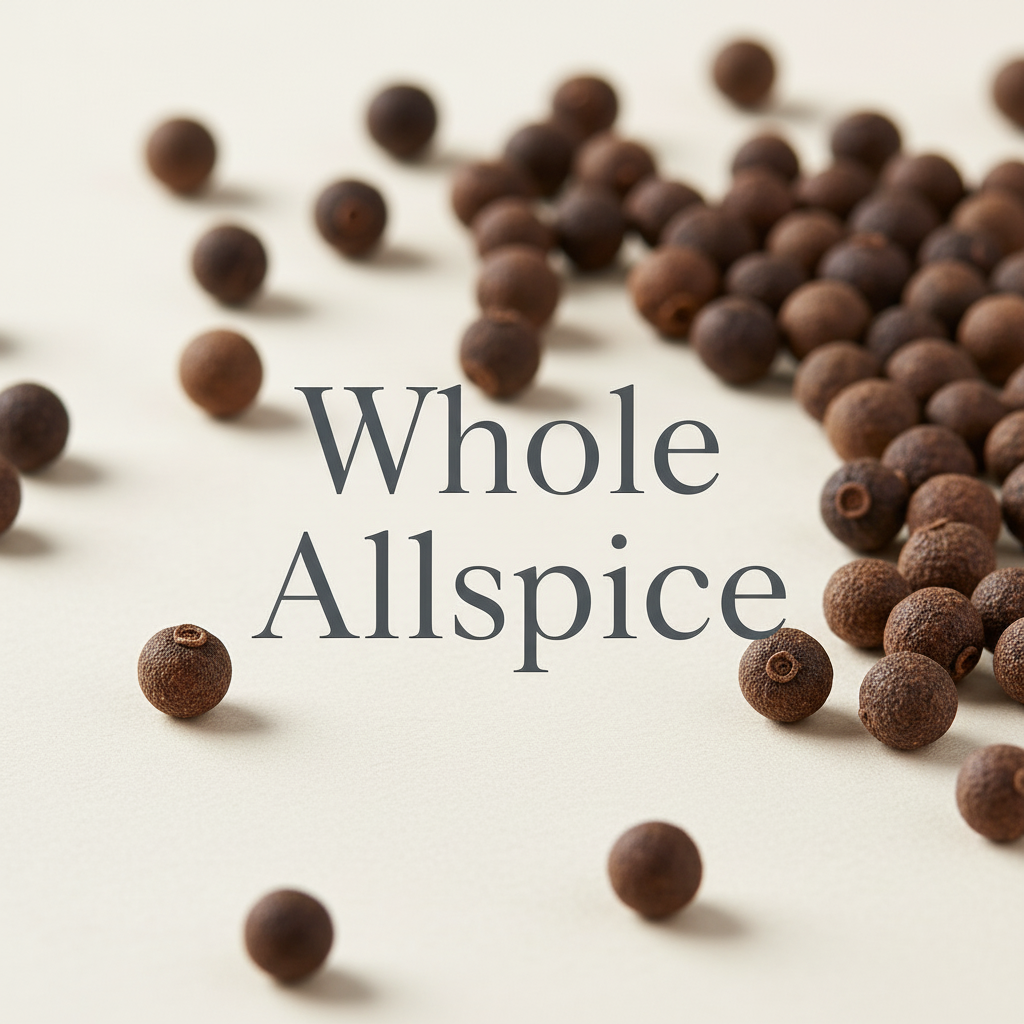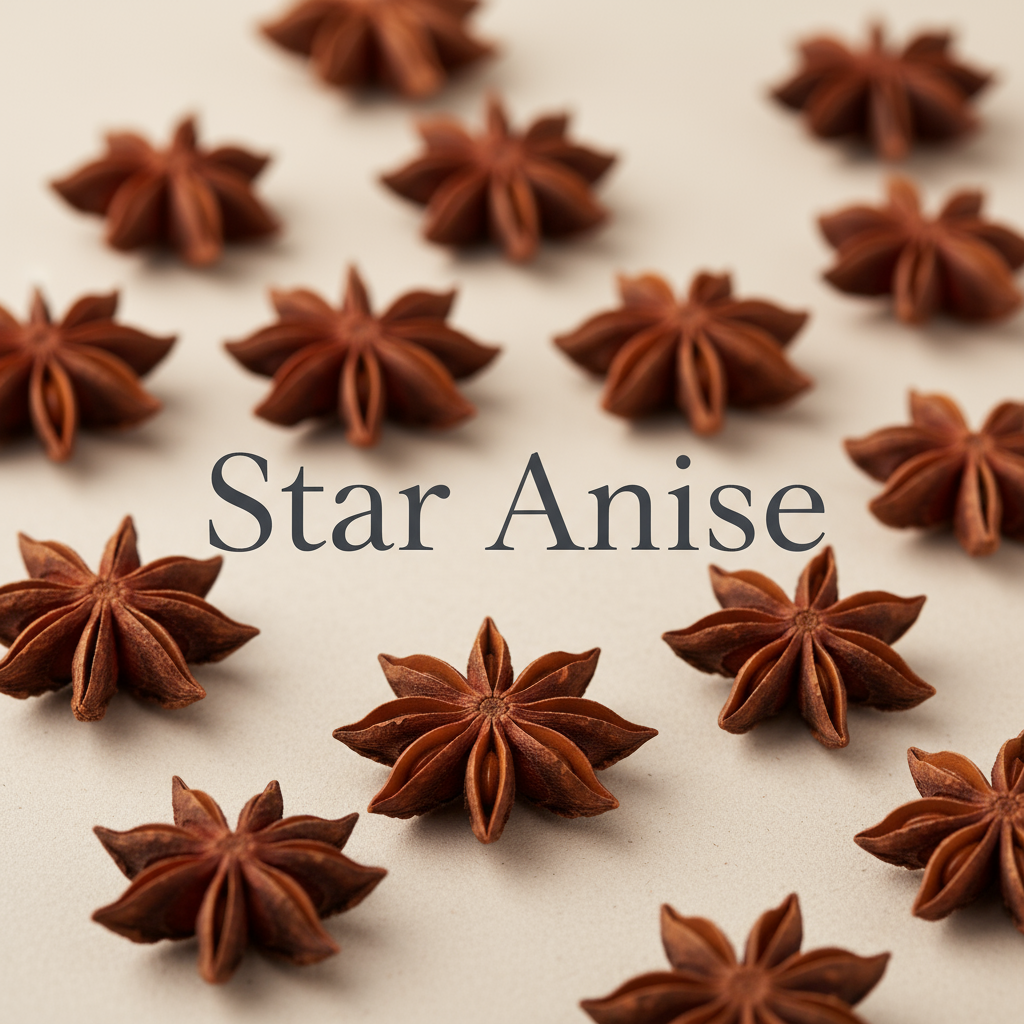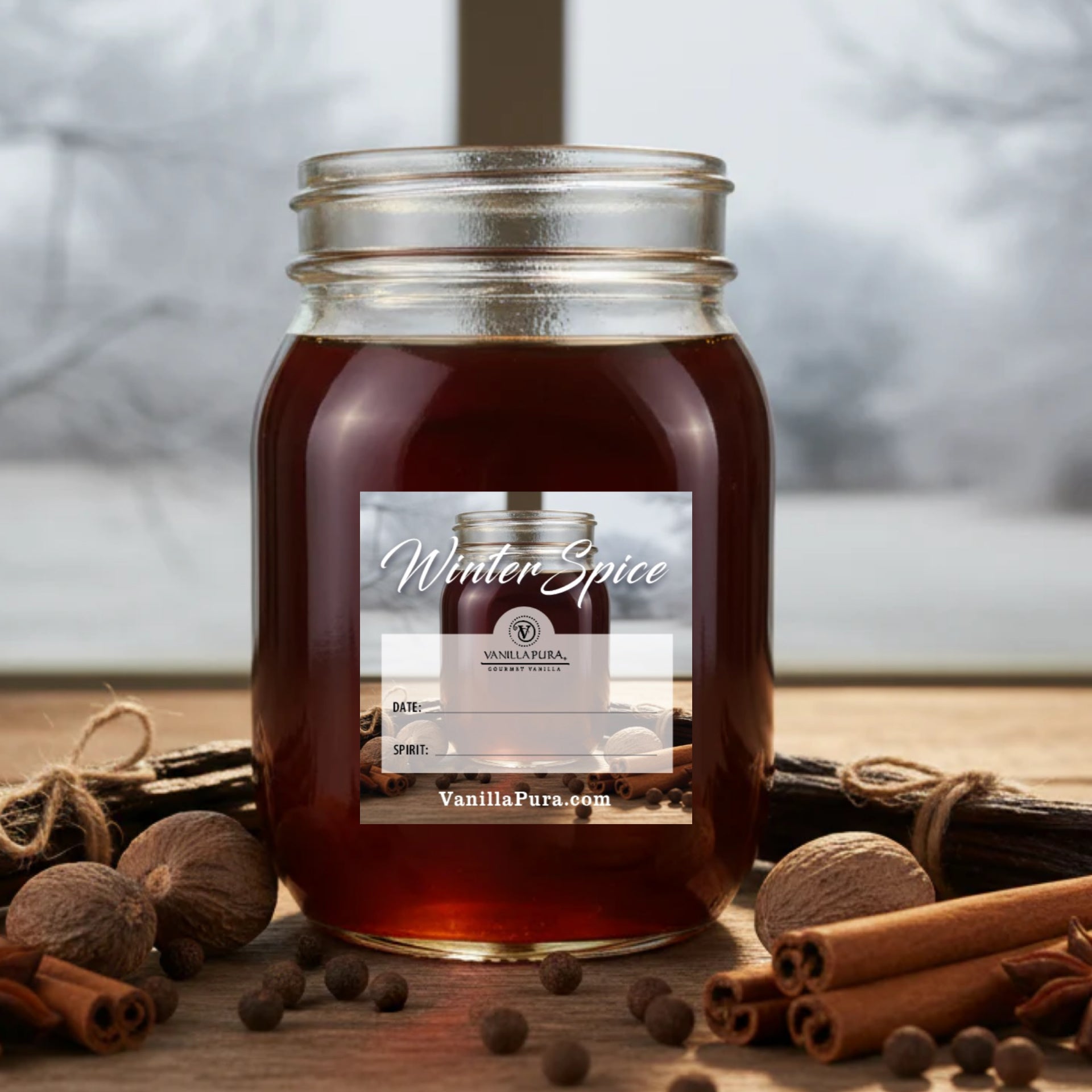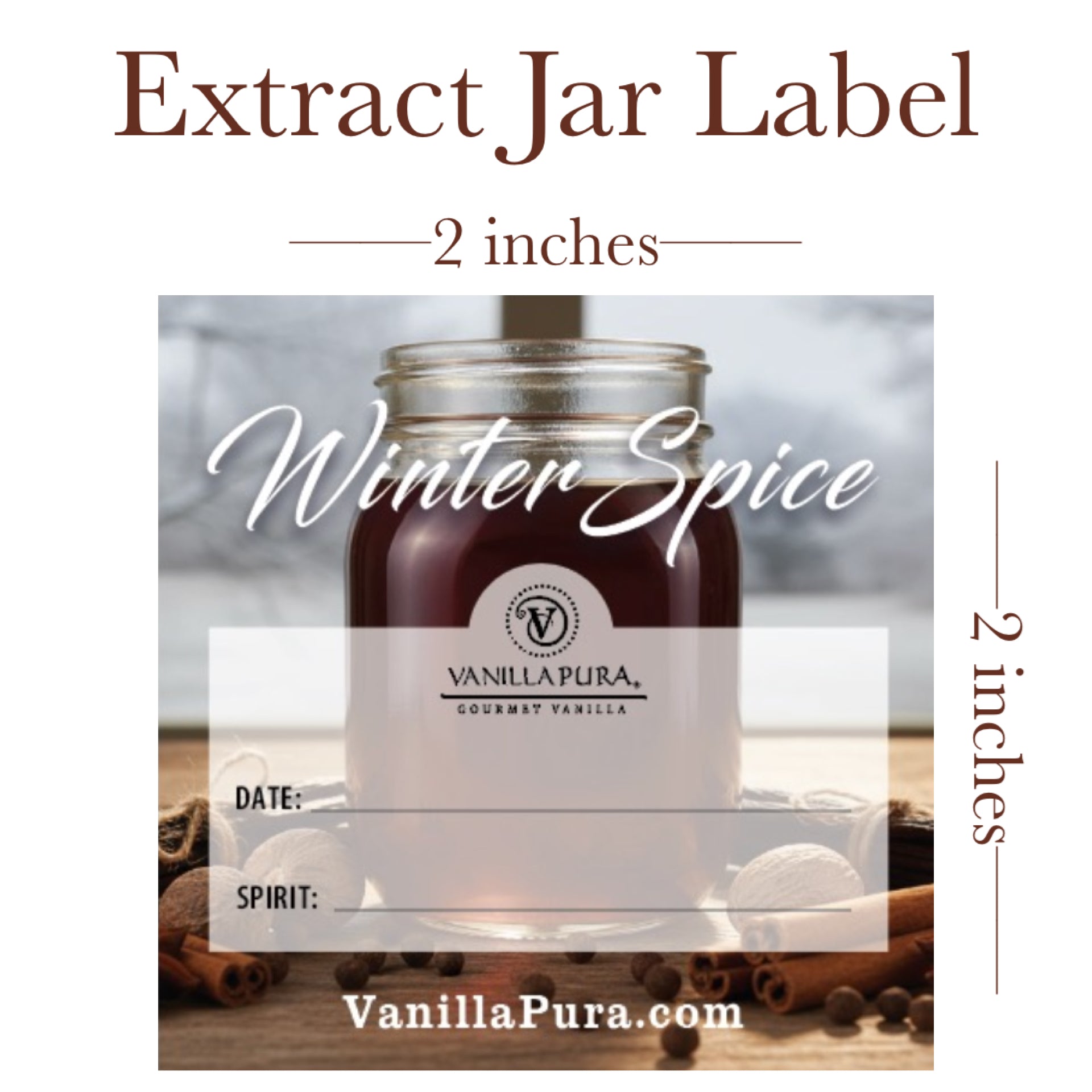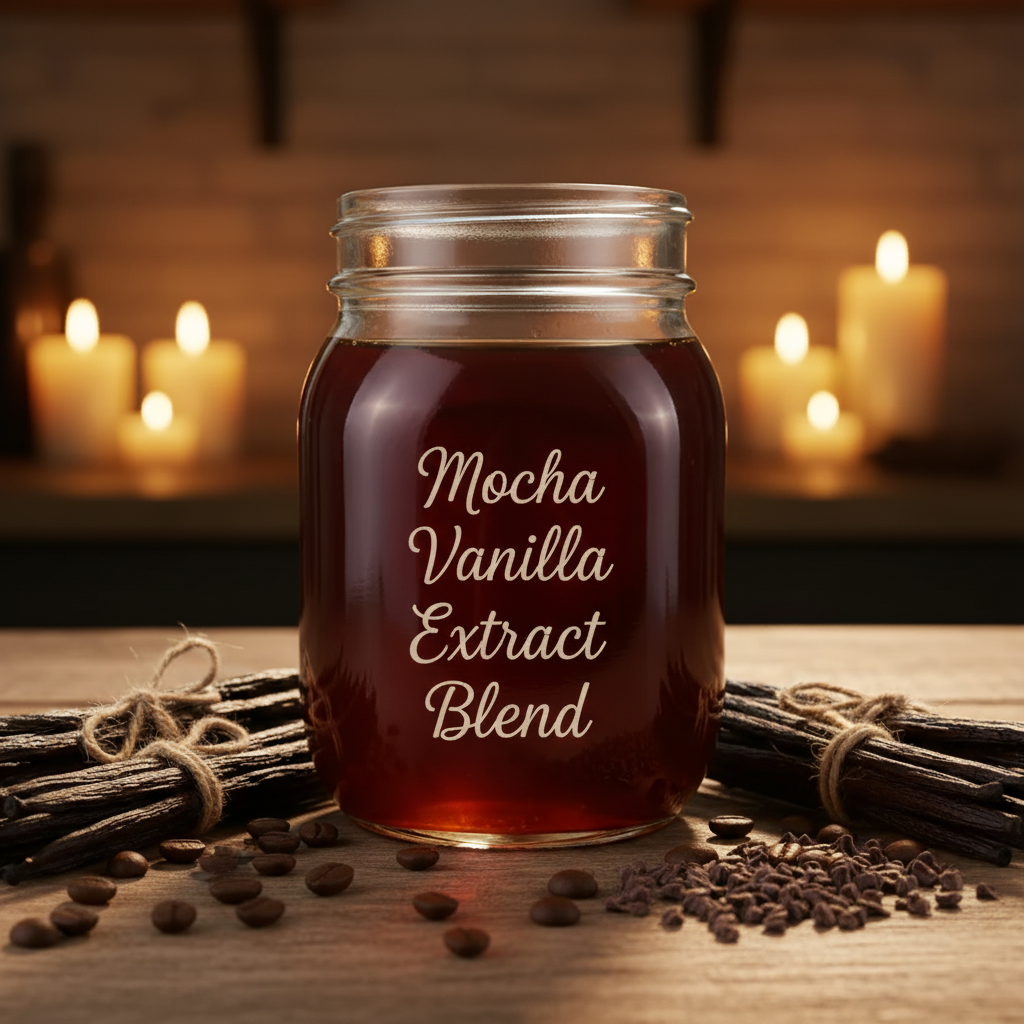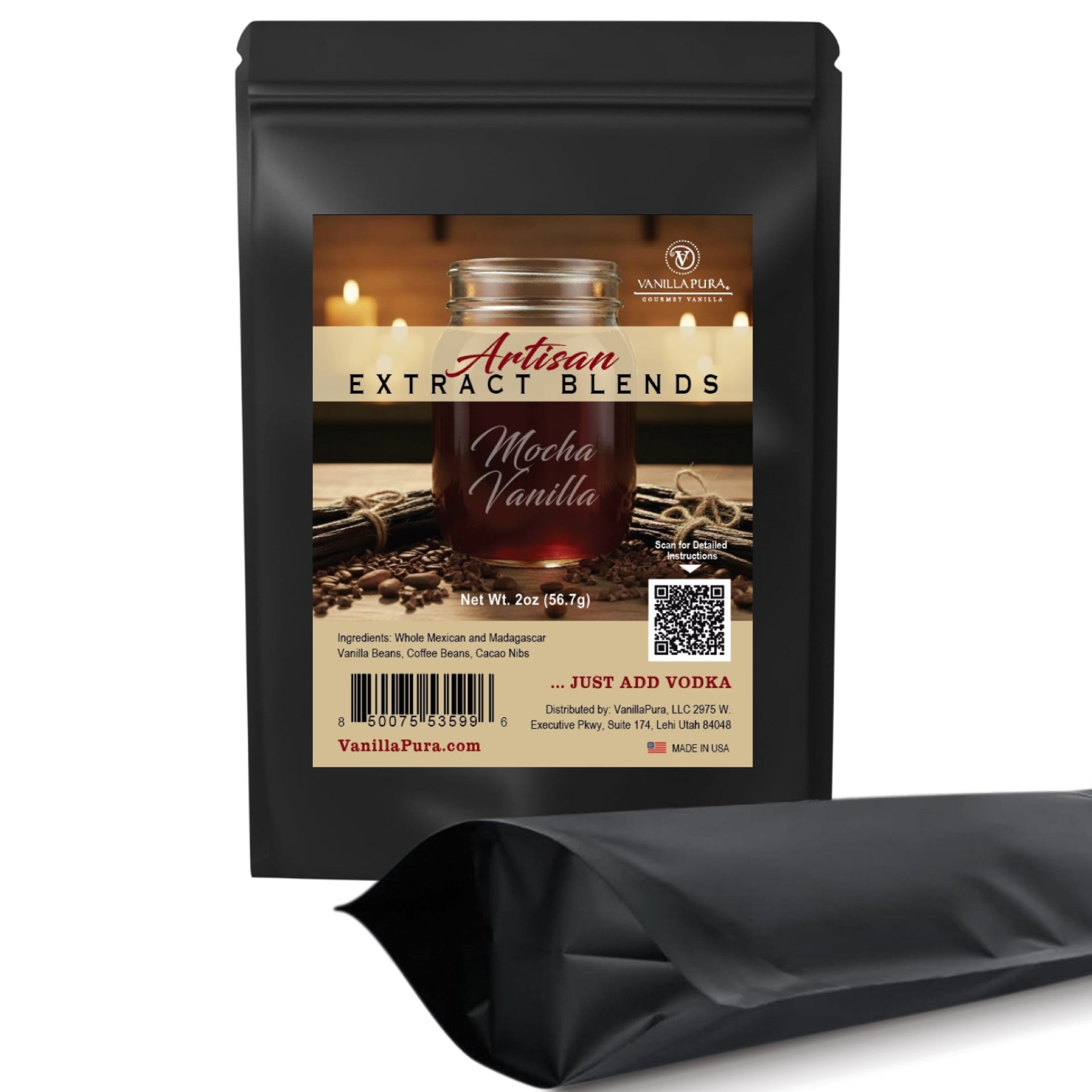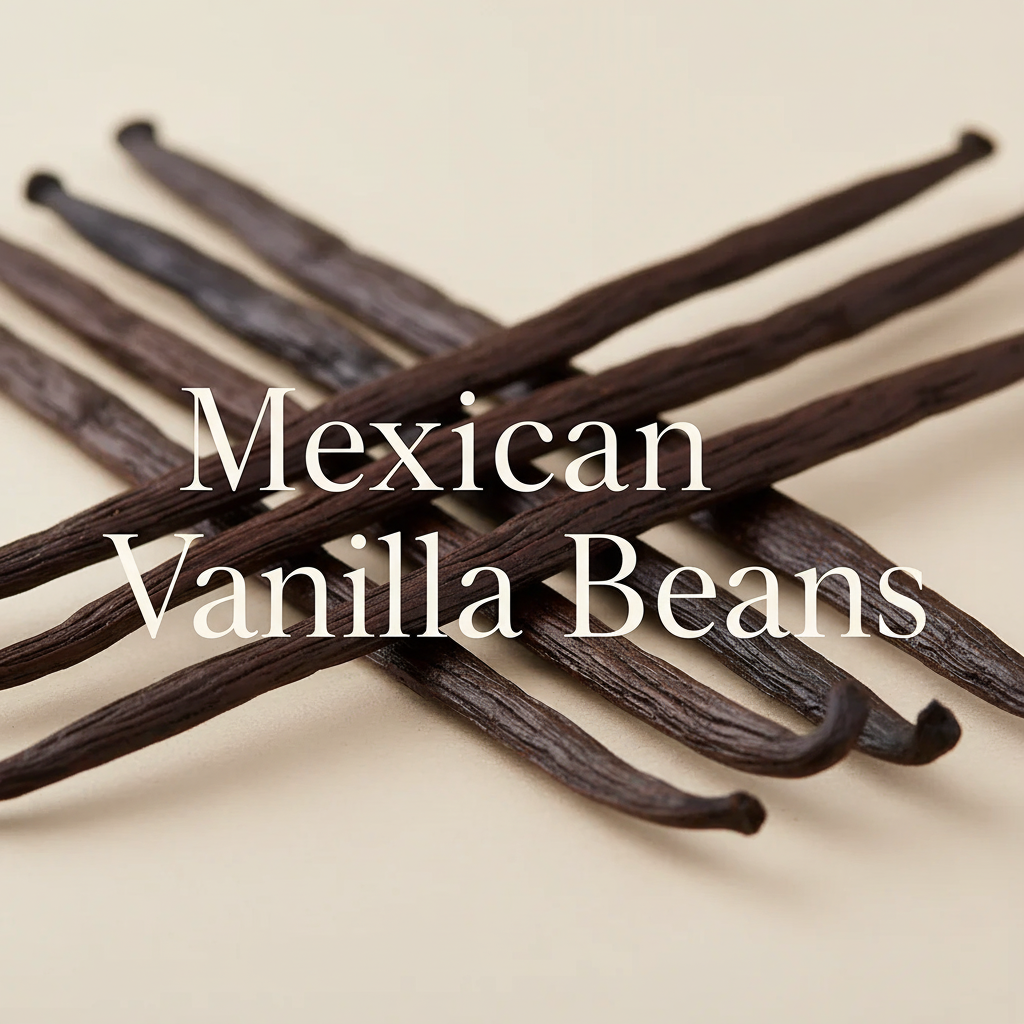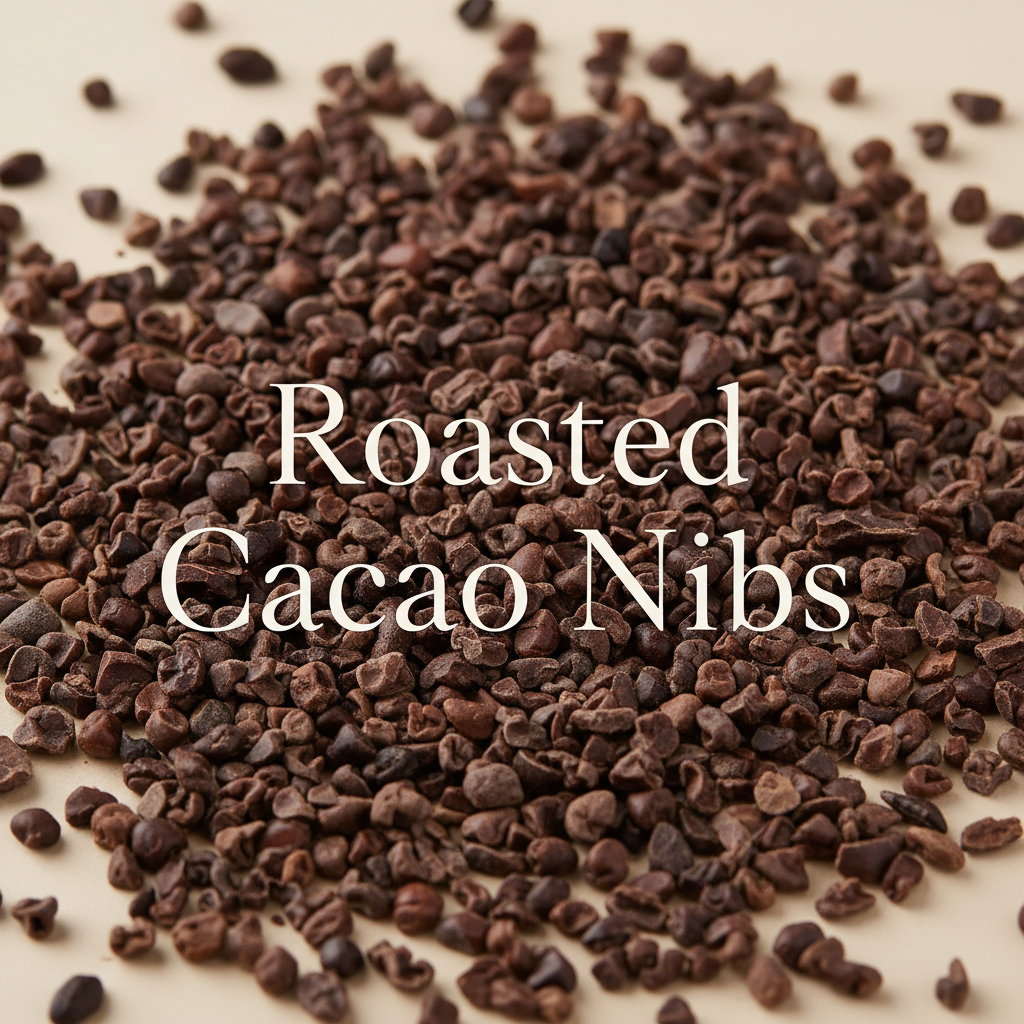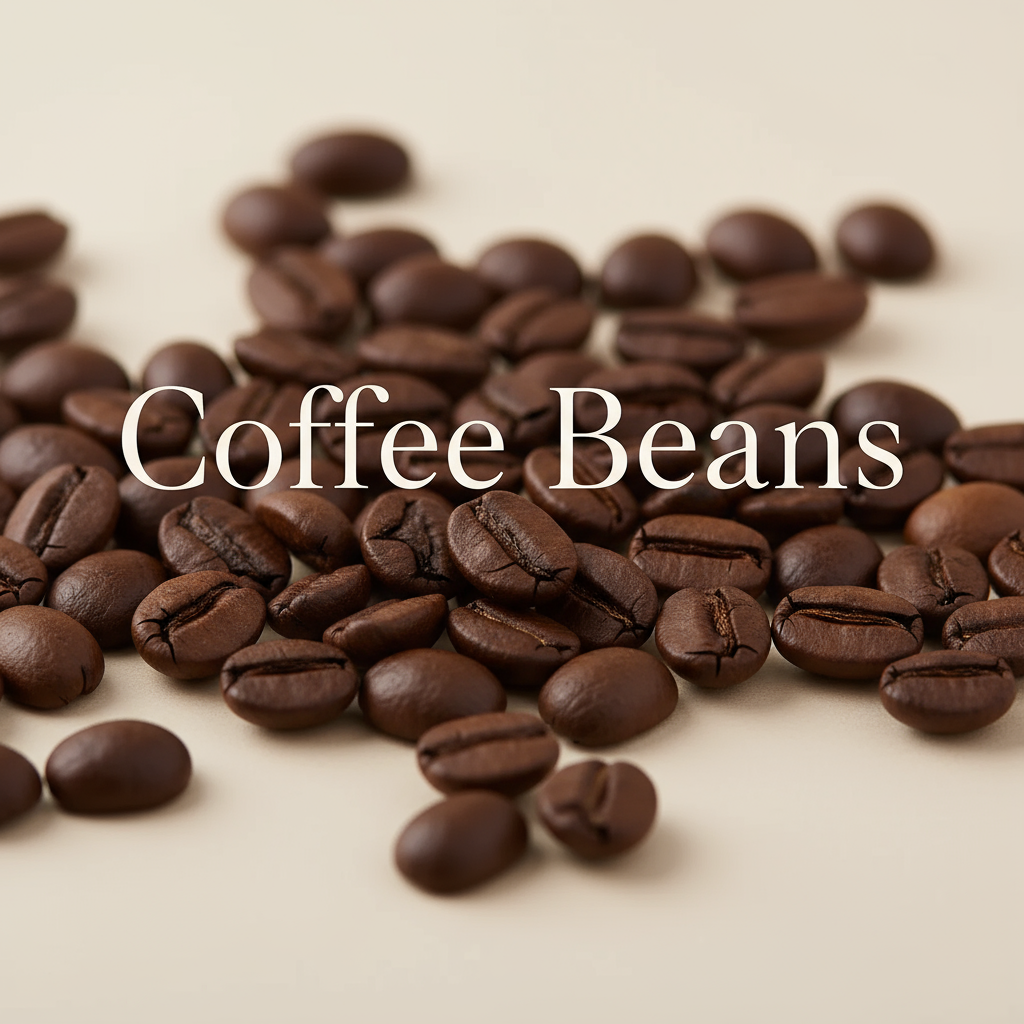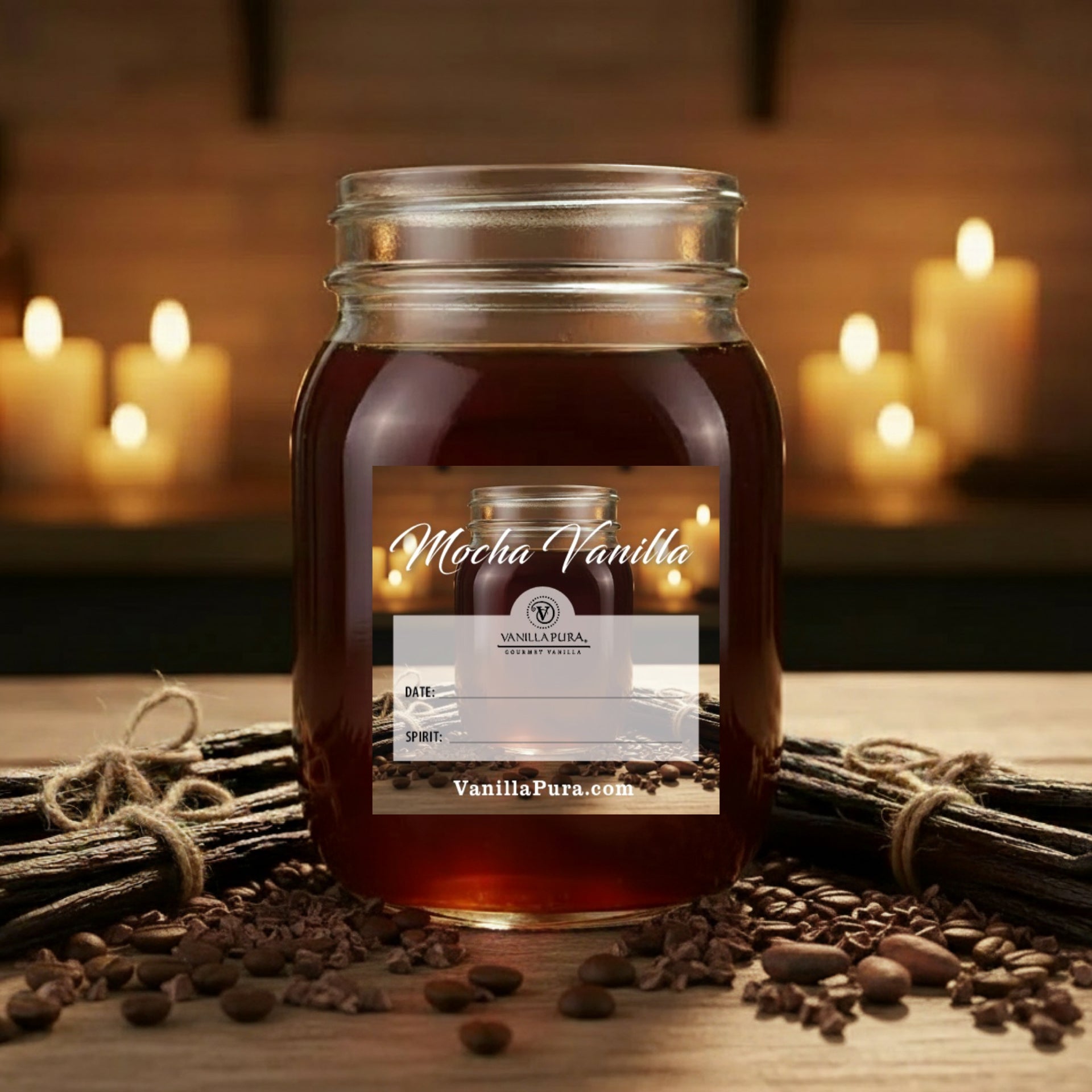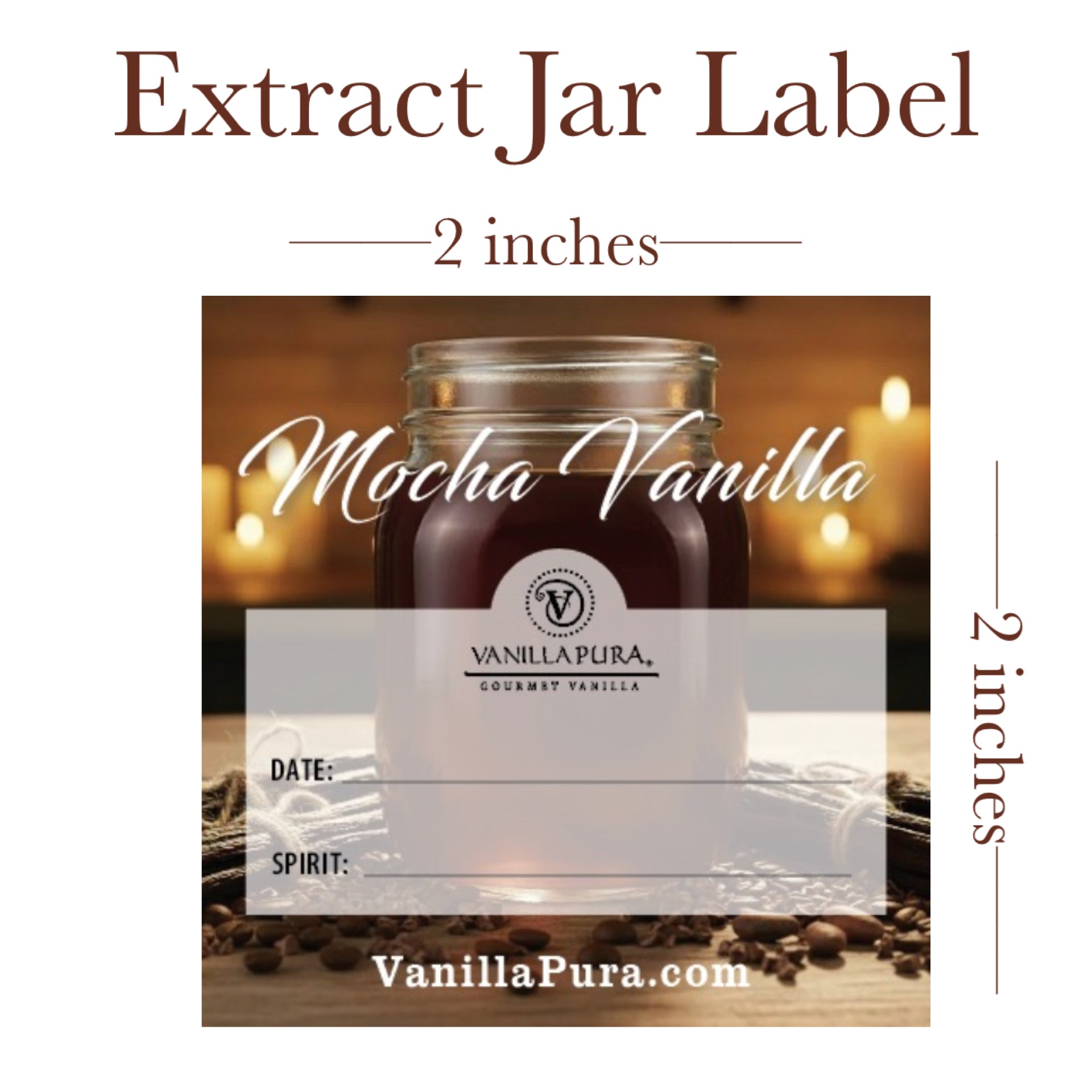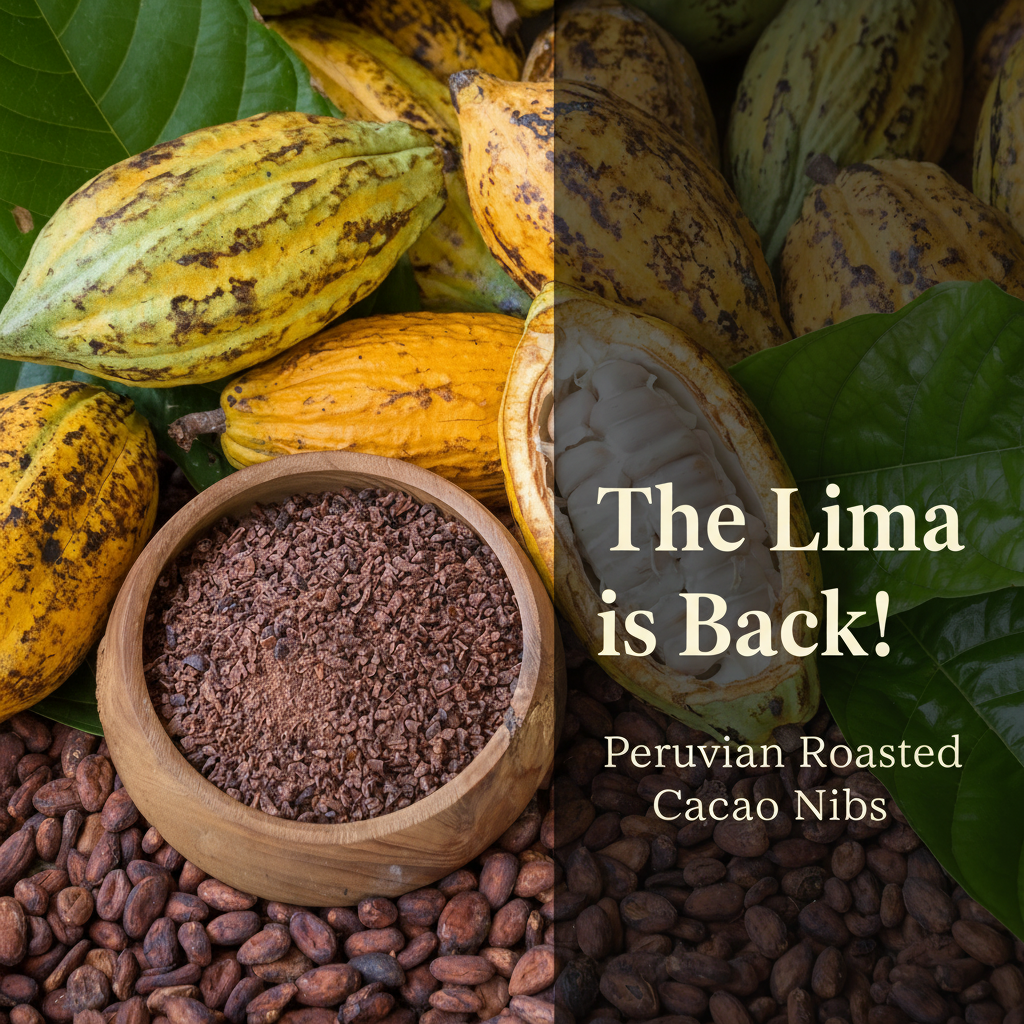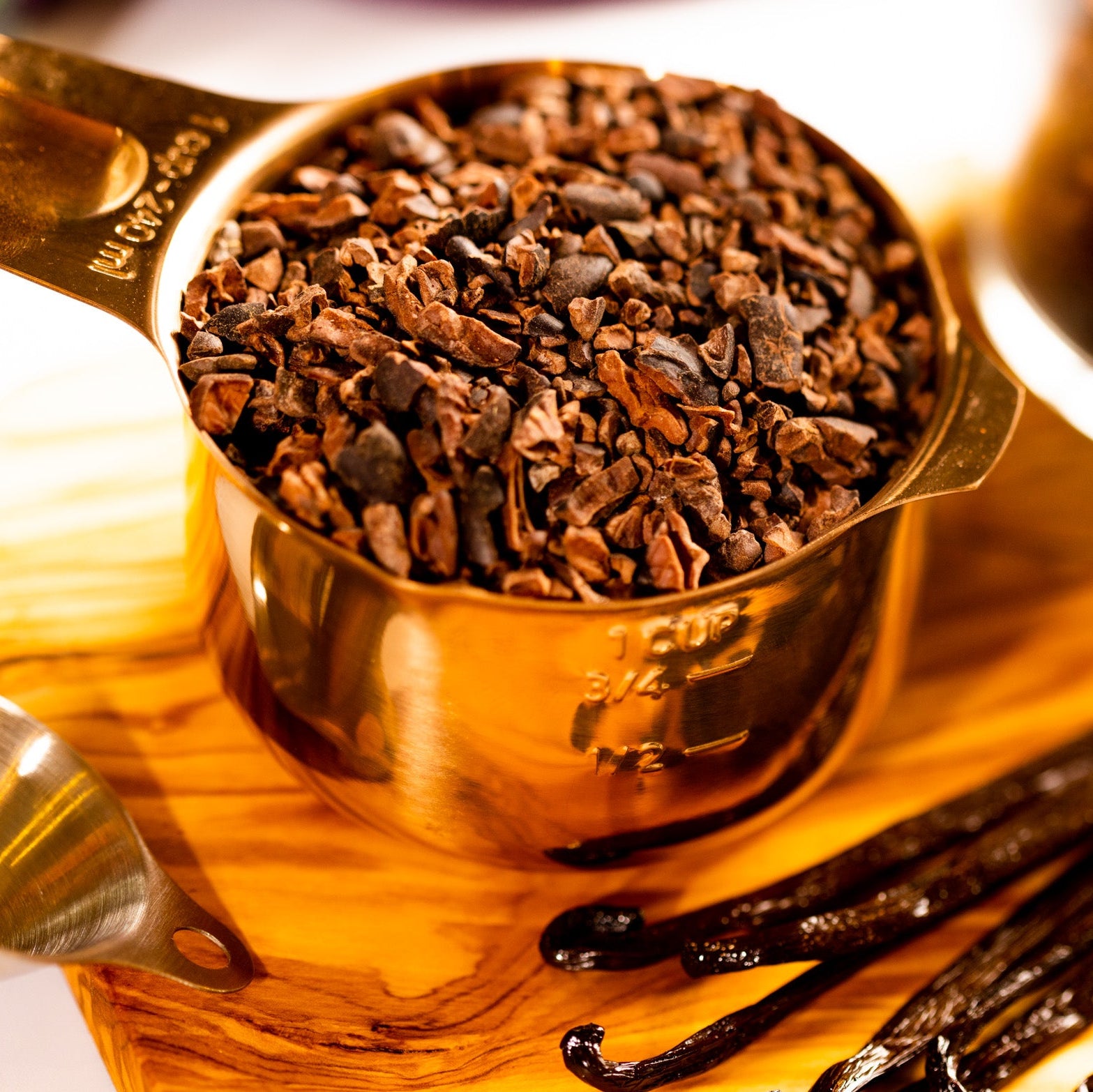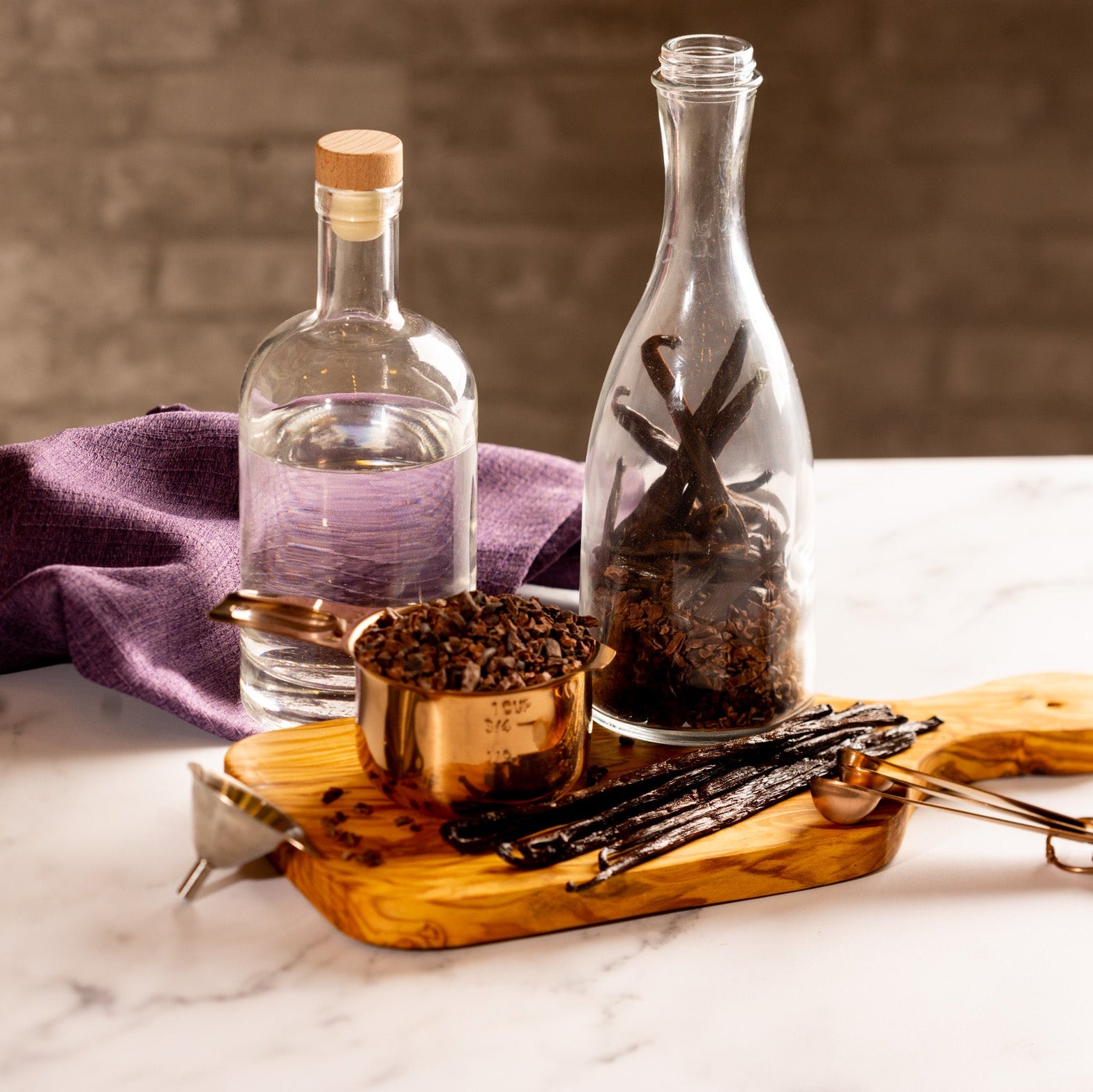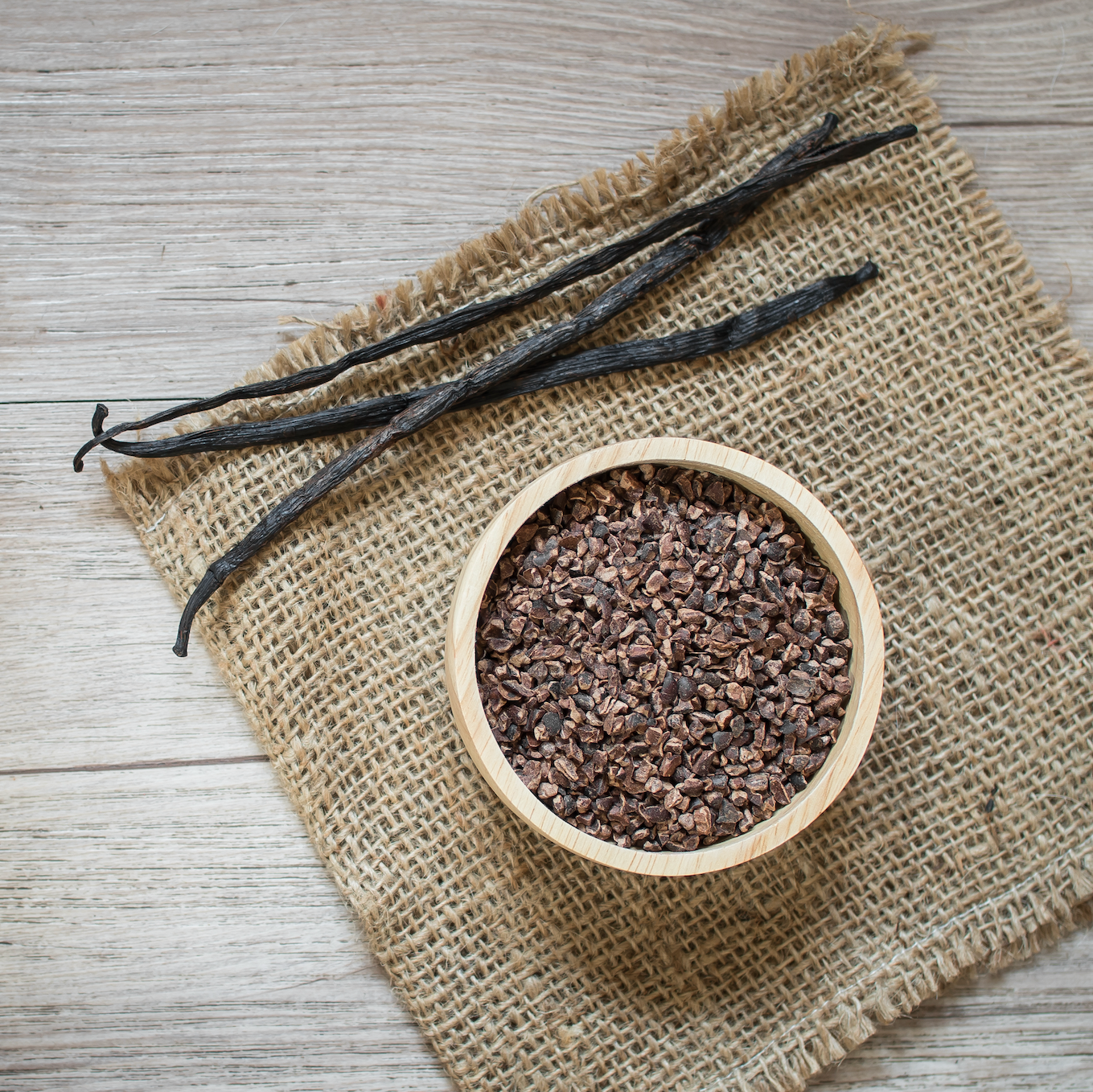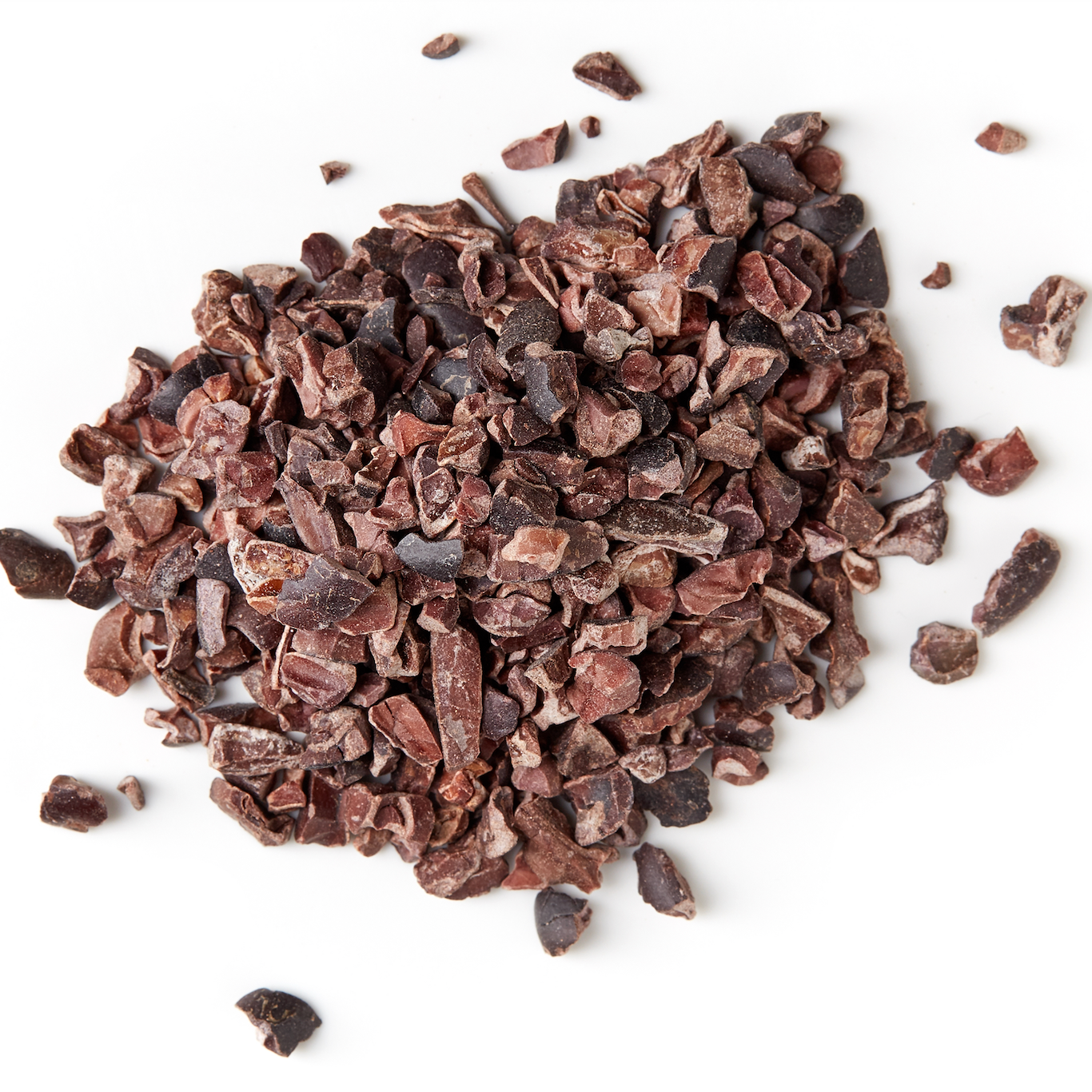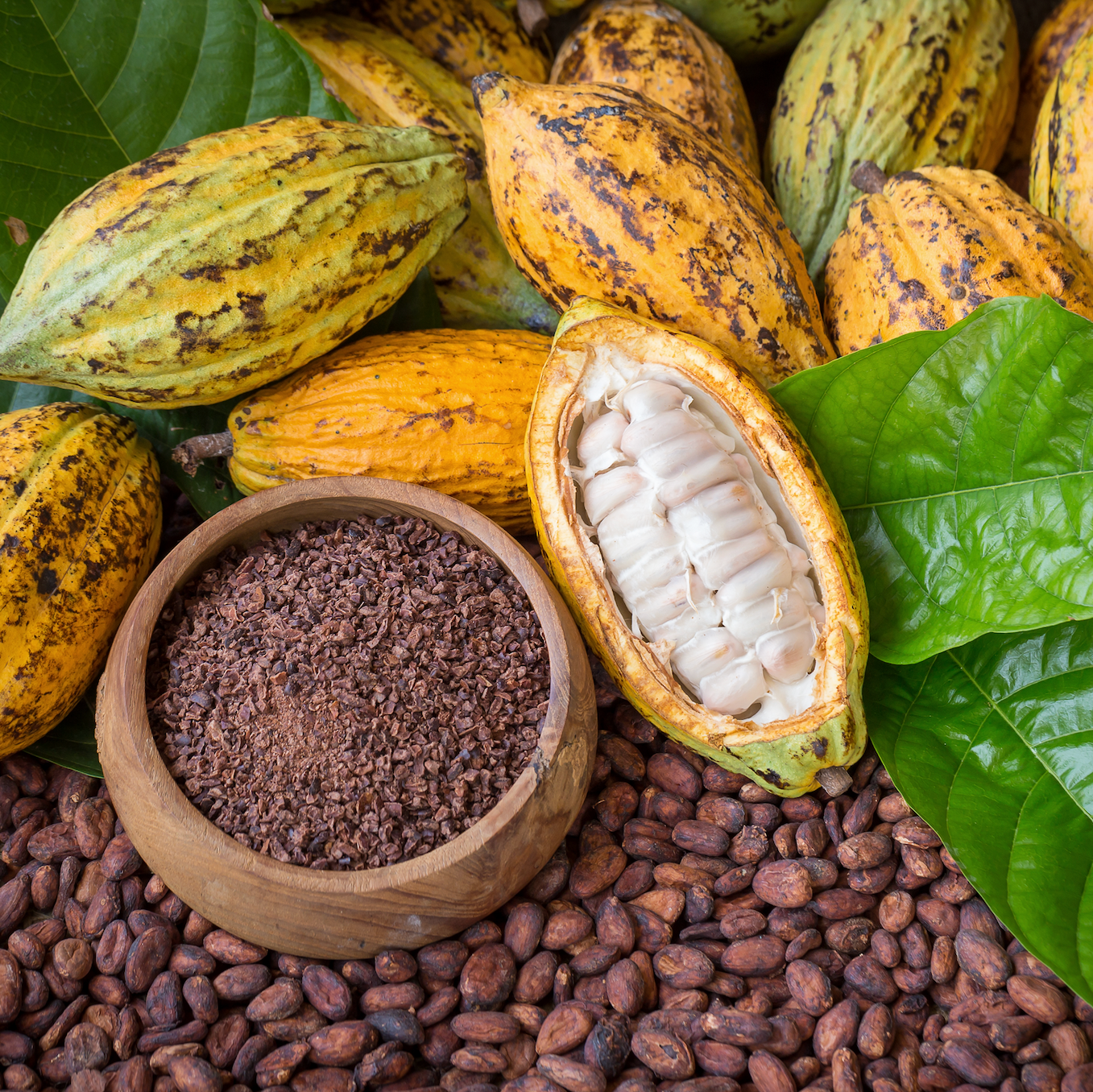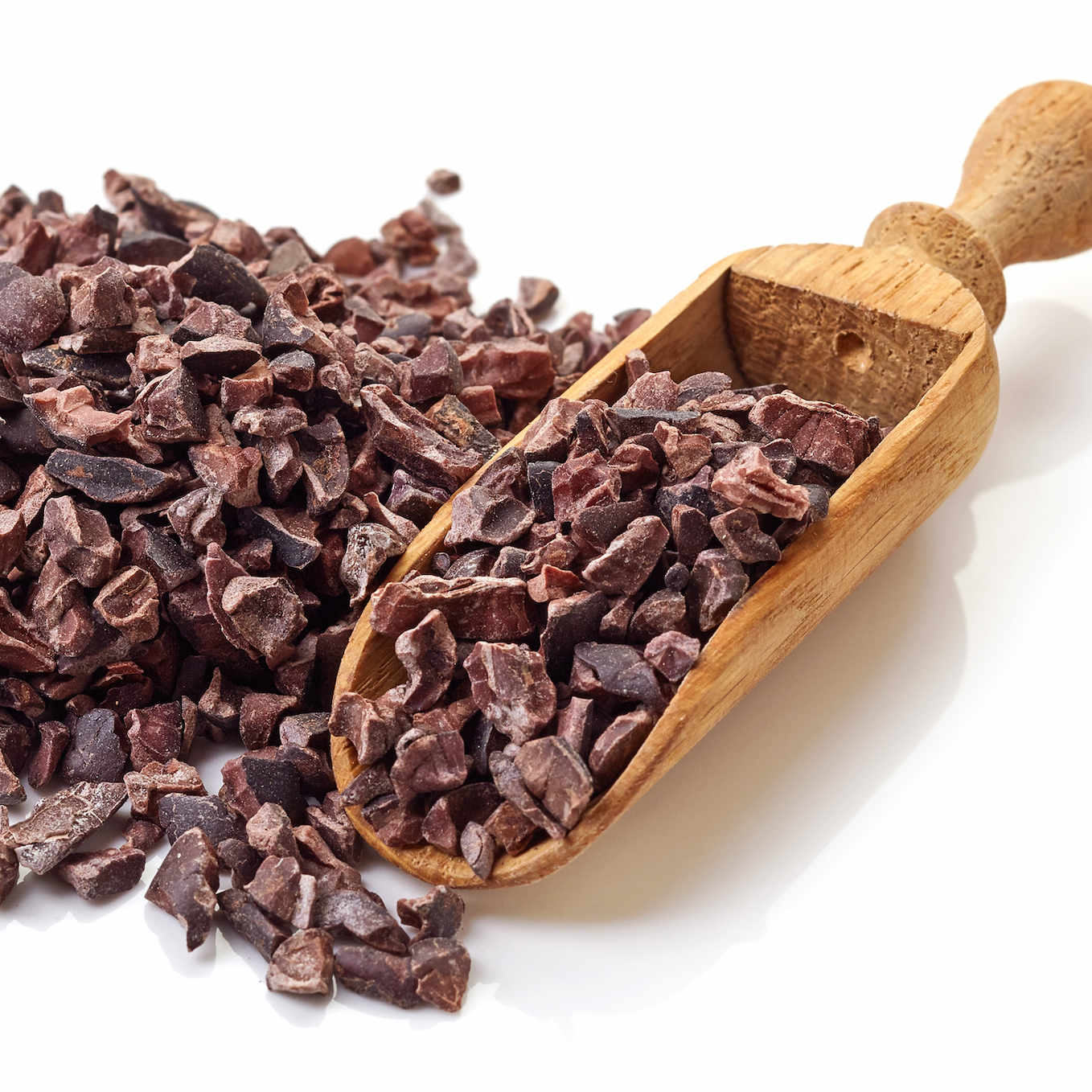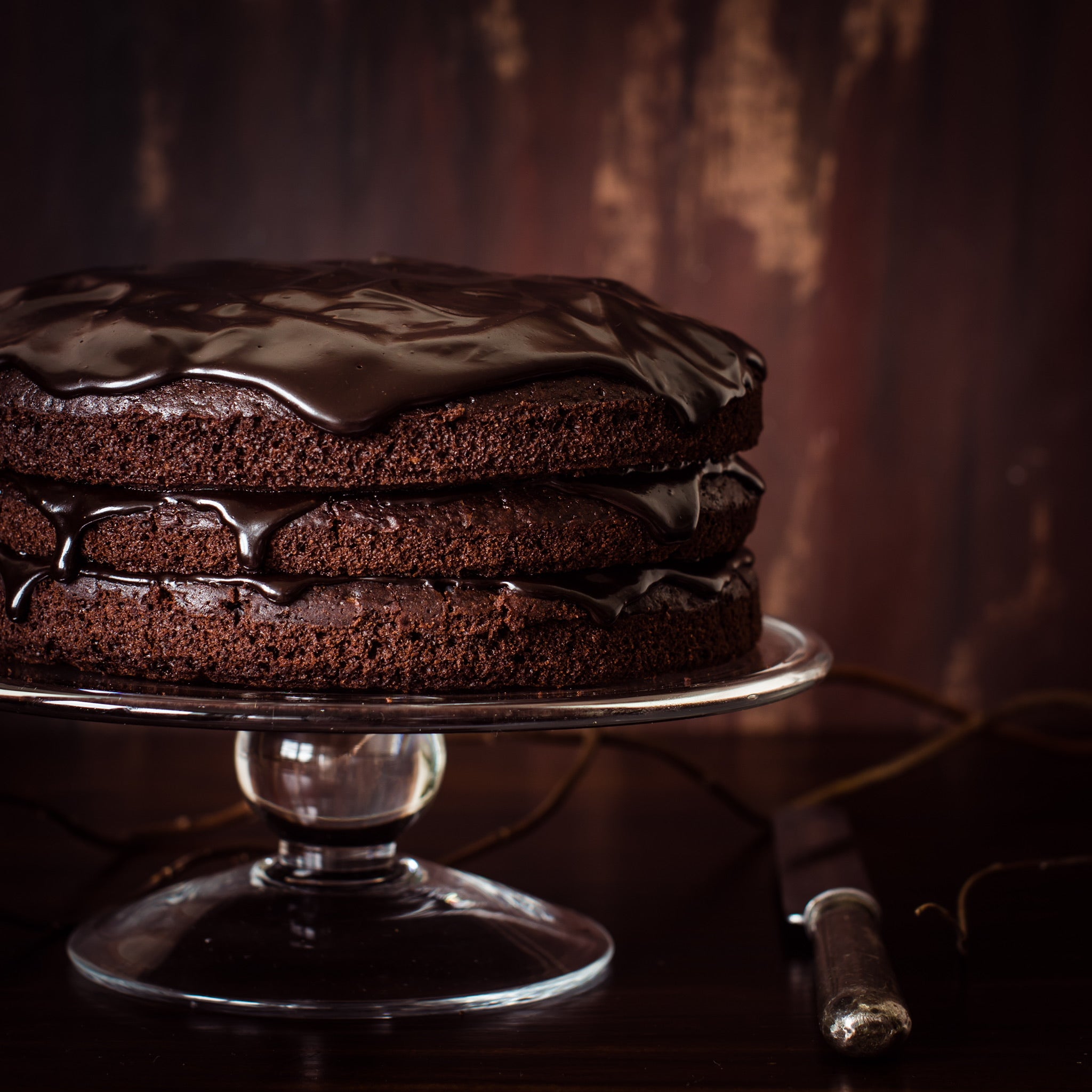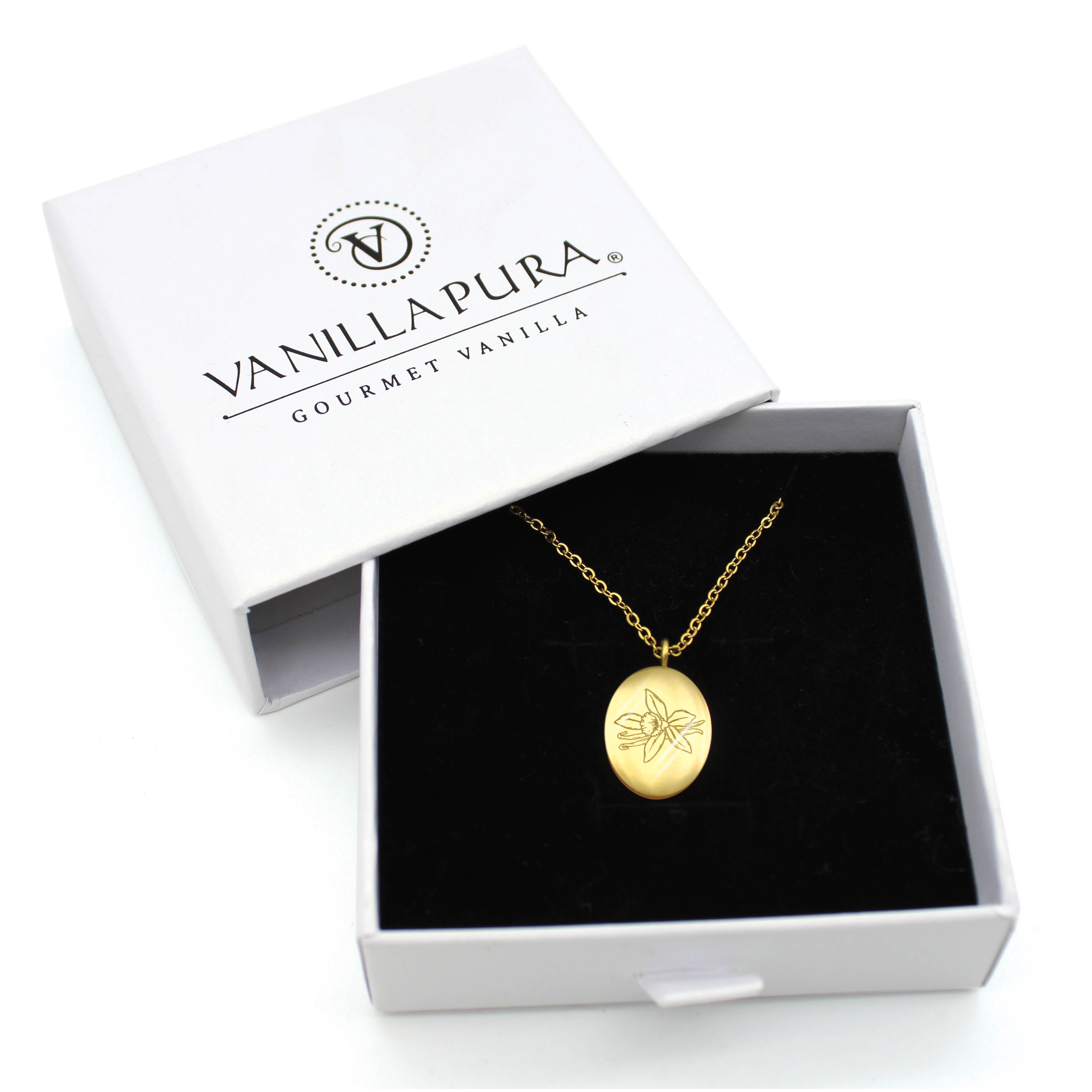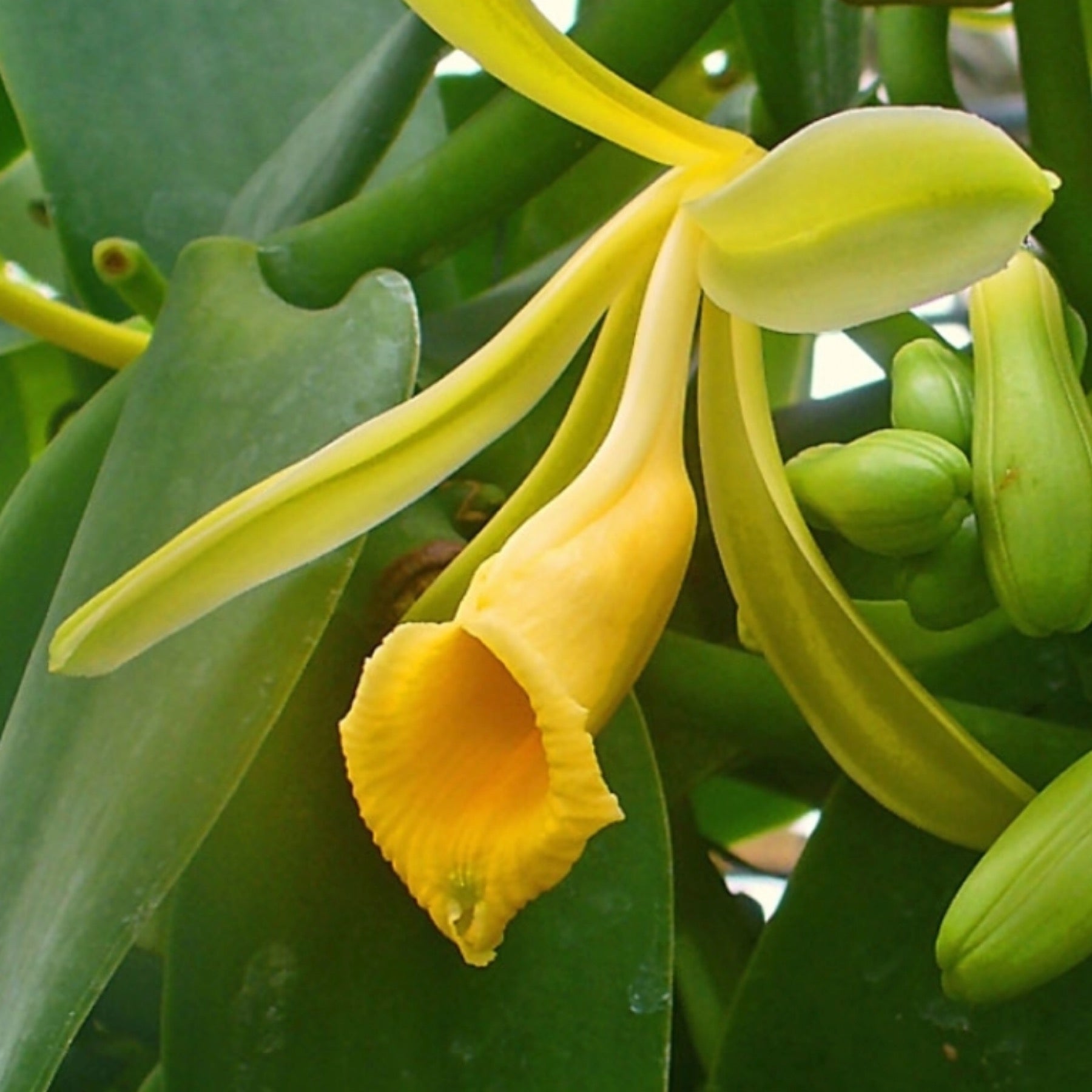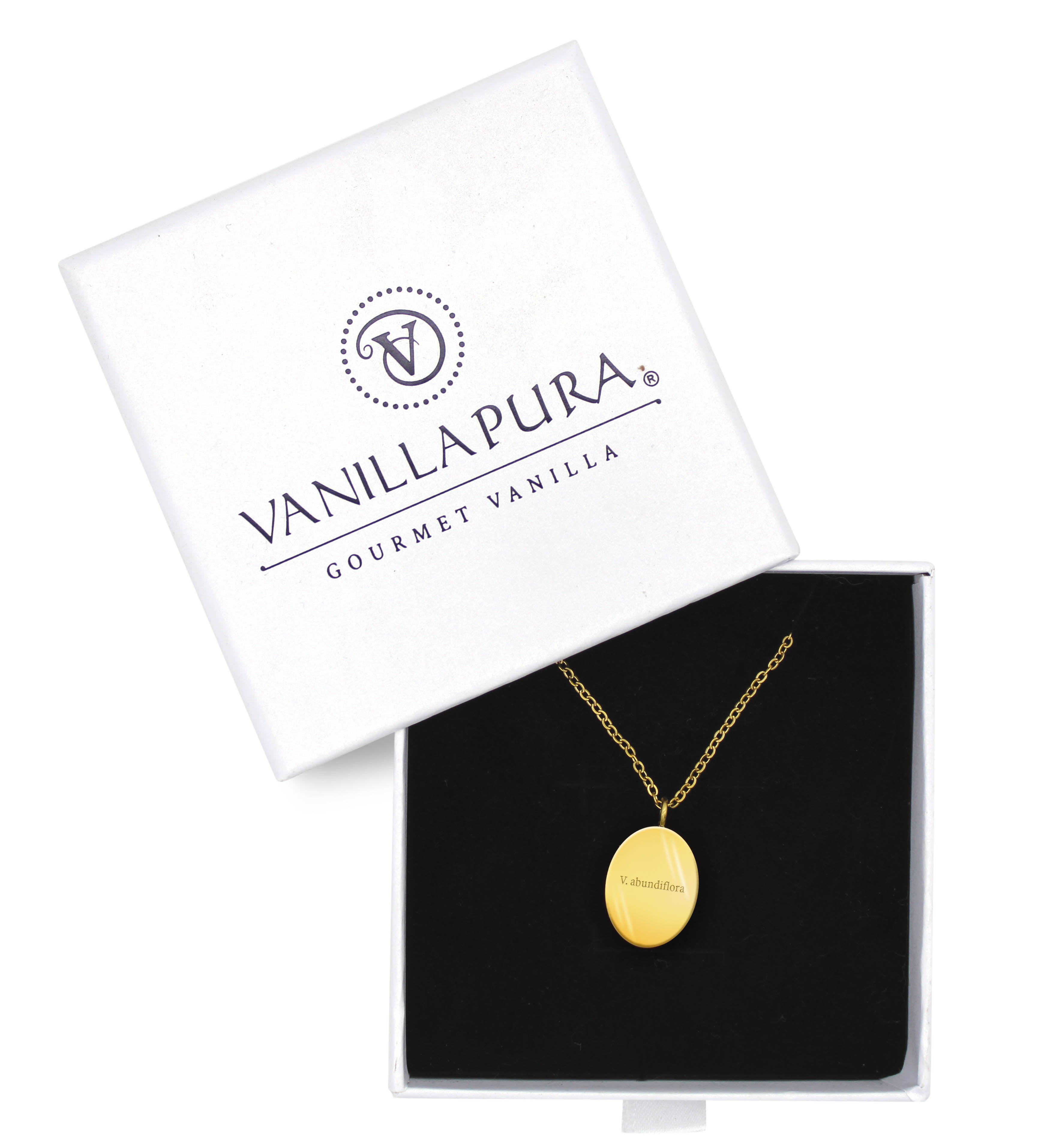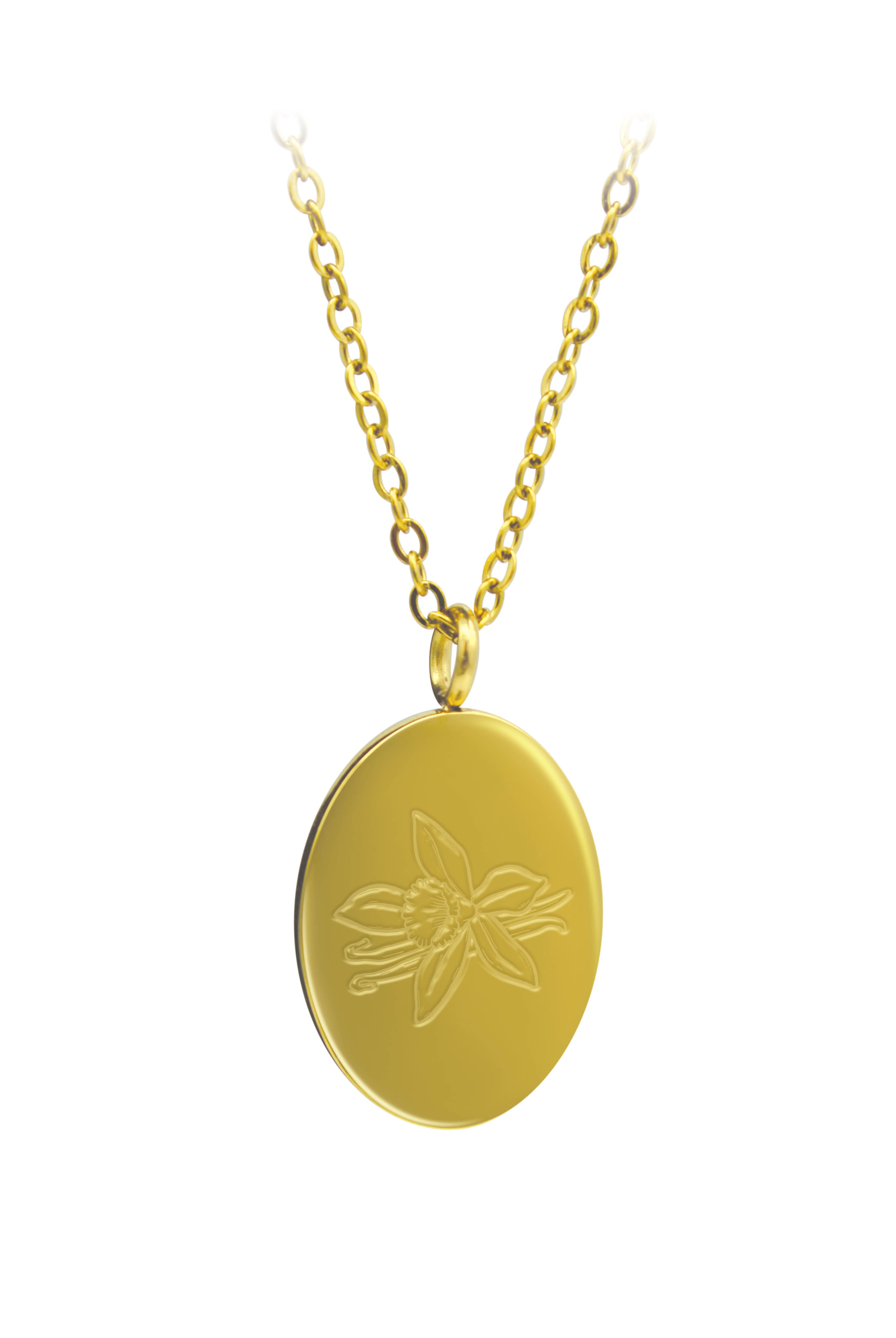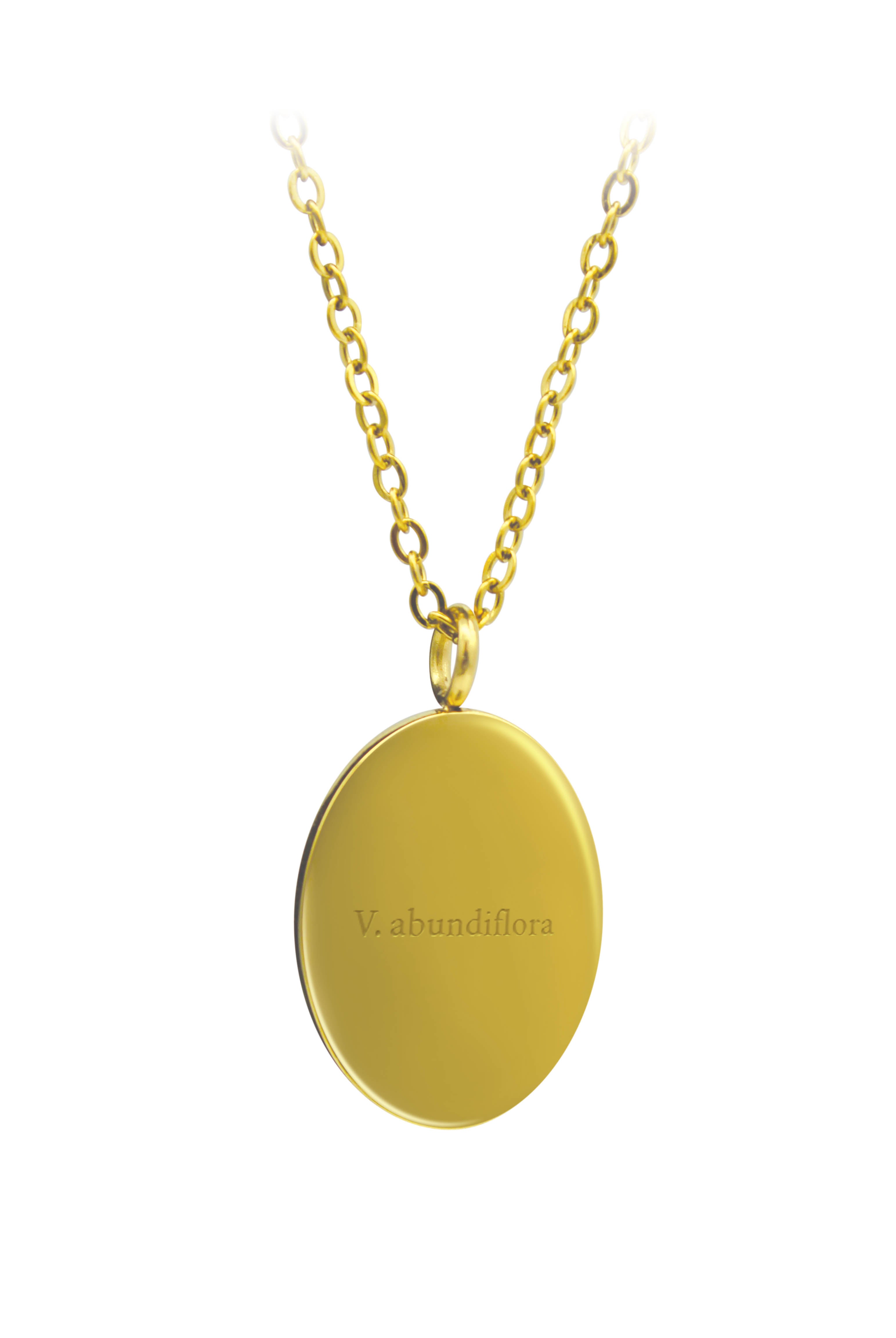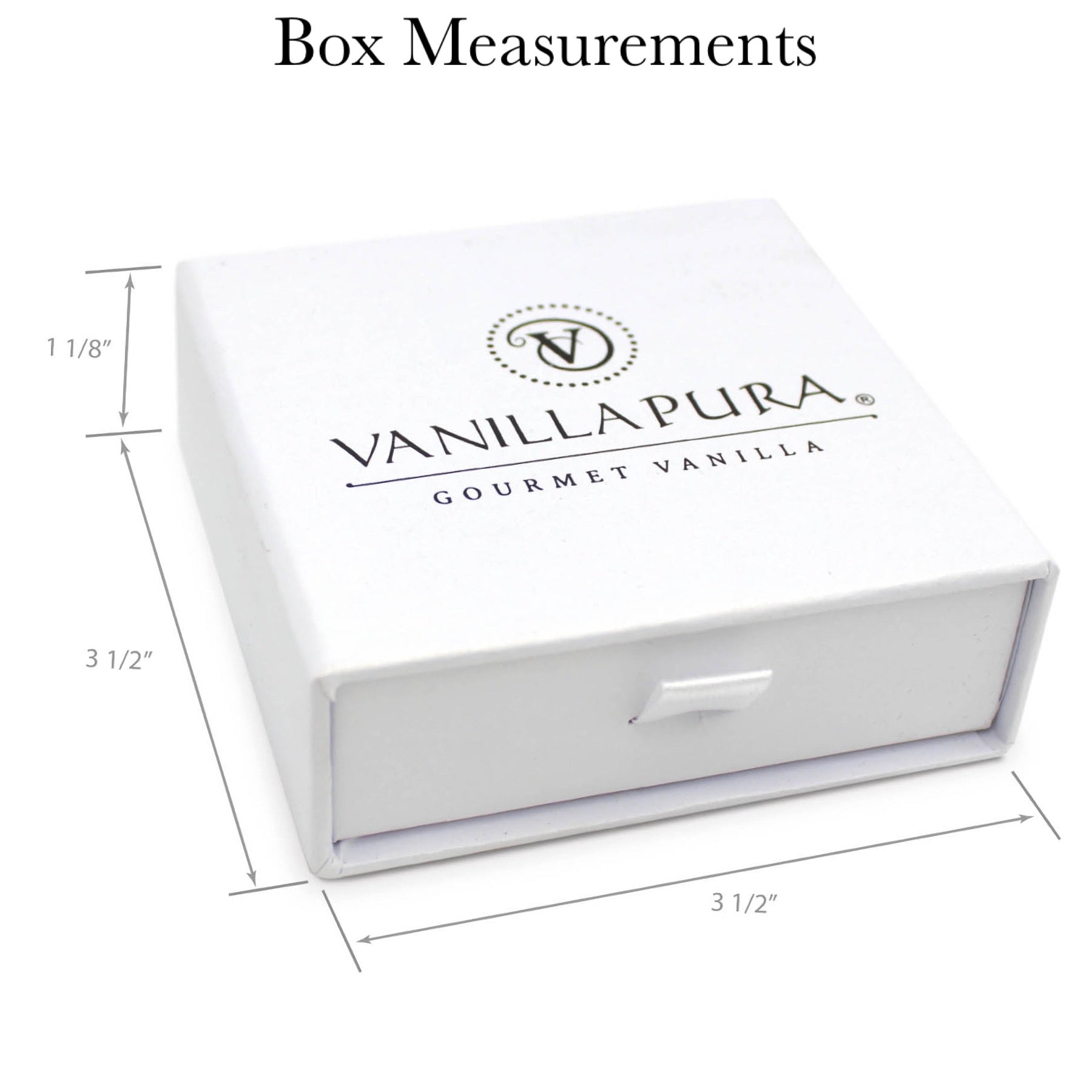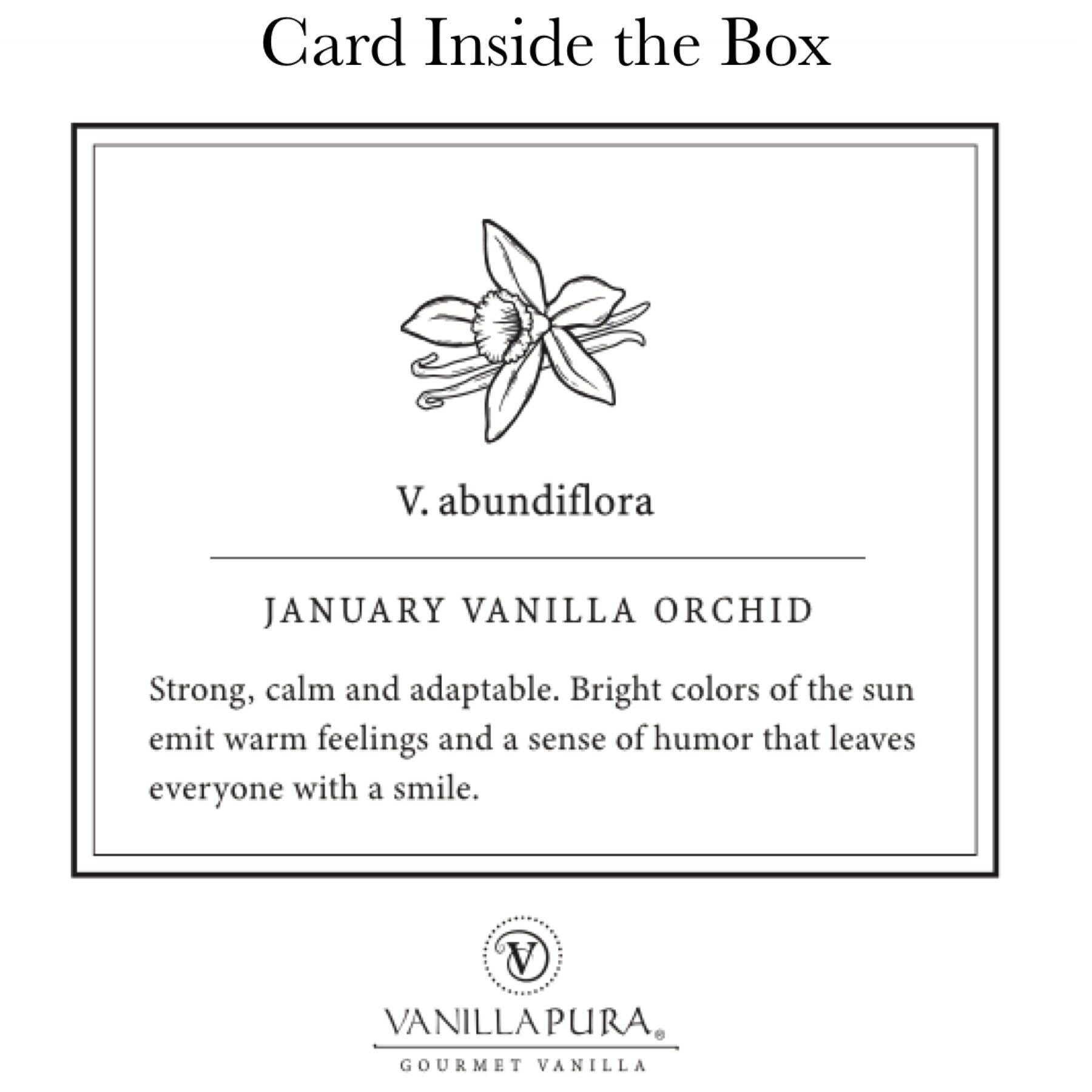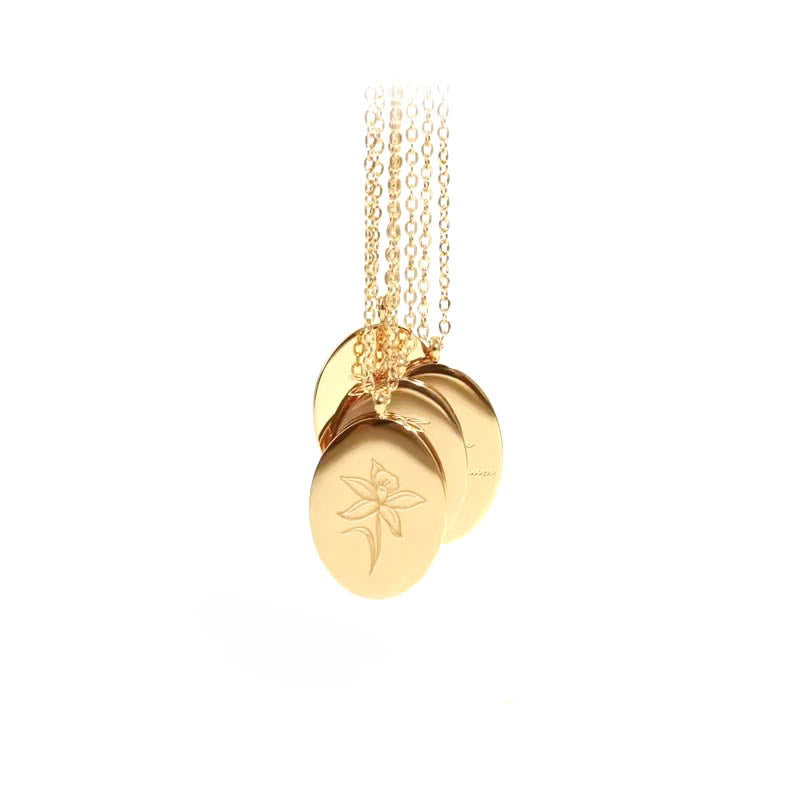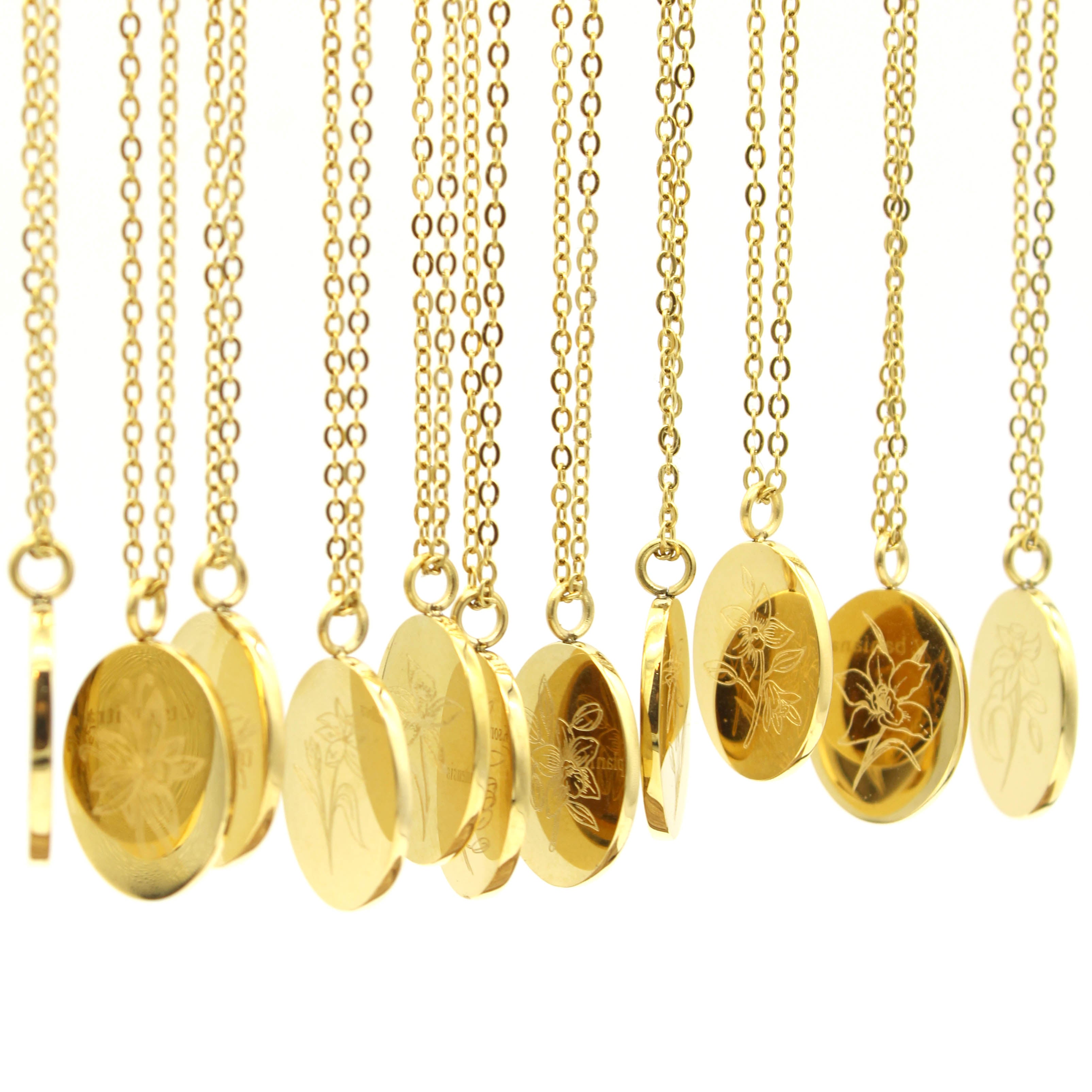Grade-A Vanilla Beans vs Grade-B Vanilla Beans
What's the difference between grade-A vanilla beans and grade-B vanilla beans? Aren't grade-B vanilla beans better for homemade vanilla extracts? Isn't grade-A more expensive? Should I use grade-A or grade-B vanilla beans in my DIY vanilla extract?

As with any culinary creation, the answer to each question related to vanilla bean use is, "it depends".
The short summary is this: With grade-B vanilla beans you can really only make extracts, but the extracts will be very sweet. With grade-A vanilla beans you can make still make very sweet vanilla extract, and much, much more.
Let's explore each grade individually:
Grade-A Vanilla Beans

Grade-A beans (often called "gourmet vanilla beans") are visually a more beautiful bean. They are plump, pliable and full of fresh vanilla bean caviar. Their color is dark and chocolate-like, sometimes with hints of red. Their texture is soft due to their higher moisture content that is usually around 30%. They are easily sliced open to remove the caviar for vanilla bean paste, vanilla sugar or any other creation where you want to see those beautiful vanilla speckles. They are rich with vanillin, the natural compound in vanilla that creates the wonderful vanilla smell and taste. Because of their high quality and versatility of use, grade-A vanilla beans are typically more expensive.
See all grade-A vanilla beans by clicking here.
Grade-B Vanilla Beans

Grade-B beans are visually less appealing because they are much more dry and brittle. They are susceptible to breaking and cracking. It can be more difficult to scrape the caviar from grade-B vanilla beans, but sometimes you can be fortunate to receive grade-B vanilla that still has moisture and is still able to be sliced and scraped. Moisture content is typically less than 25%. Because they are so dry, the vanillin is sometimes more concentrated when rehydrated, but difficult to smell in its dry state. Because of their extremely dry quality and limited use, grade-B vanilla bean are typically less expensive.
See our grade-B vanilla beans by clicking here.
So which grade is best for extract-making?
Per FDA standards, we know that "pure vanilla extract" must be made from 13.35oz of vanilla beans for every gallon of 35% alcohol. It's the weight of the beans that matters most, not the quantity of the beans themselves. So, if you purchased grade-A vanilla beans, 1oz might include 5 beans, 12 beans or more. If you purchased grade-B vanilla beans, 1oz might be 10 beans, 18 beans or more. This is important when you are buying bottles for vanilla extract, because you will need bottles that hold more grade-B vanilla beans than grade-A vanilla beans.
The FDA's requirements also call for vanilla beans with moisture content under 25% which is usually a grade B bean. This is to ensure that the alcohol content isn't diluted by the moisture in the beans. This is another reason that we tell people to use 1oz of vanilla beans to every 8oz of spirits. The true FDA requirement is only .83oz of vanilla beans. We round up to 1oz to account for the increase moisture content added with grade-A beans to ensure they extract properly.
We know many vanilla extract aficionados that will only use grade-B vanilla beans for their extracts. The belief is that the drier grade-B vanilla bean produces a much more concentrated extract taste. It typically takes a little longer to extract (more than 1 year), but the taste benefit is worth it to them. And they aren't wrong, in that 1oz of grade-B will be more beans than 1oz of grade-A. More beans can result in a more concentrated extract. Commercial extract makers will typically use grade-B as well, to make sure that the moisture content is less than 25%.
We also know many other vanilla extract makers that will only use grade-A vanilla beans. In their experience, a grade A vanilla bean pod has more oil that is extracted into a beautiful finished extract. Grade A also has more uses if you want to slice the bean open to use the caviar inside the pod, or if you want to use the vanilla bean to make vanilla sugar. Some have said that grade-A vanilla beans even extract faster, but our experience has been that grade-A and B both reach their peak sweetness in about a year.
We have made many of our extracts with grade A and many with grade B. We love them both. Many smaller regions of the world only produce grade A vanilla beans, so it isn't unusual to see that grade A is the only option when trying new vanilla bean origins. You simply need to account for the increased moisture content of grade A by rounding up to 1 full oz of vanilla beans for every 8oz of spirits.
What about other uses of grade-A and grade-B vanilla beans?
Because grade-B vanilla beans are often so dry and brittle, their uses are very limited. You can make extracts, you can make vanilla bean powder and vanilla sugar, and not much more.
Grade-A vanilla beans, on the other hand, can be used for everything a grade-B bean is used for, but also anything that calls for fresh vanilla bean caviar or fresh vanilla bean pods.
How can you tell if your beans are grade-A or grade-B at home? Here's a quick and easy little at-home test that will help:
So, which is best? Well, that's entirely up to you. What has your experience been? We'd love to hear about it so we can post more information to help others learn. Simply email us at support@vanillapura.com.
Visit our comprehensive extract-making guide center for more essential extract making tips and ongoing education.

